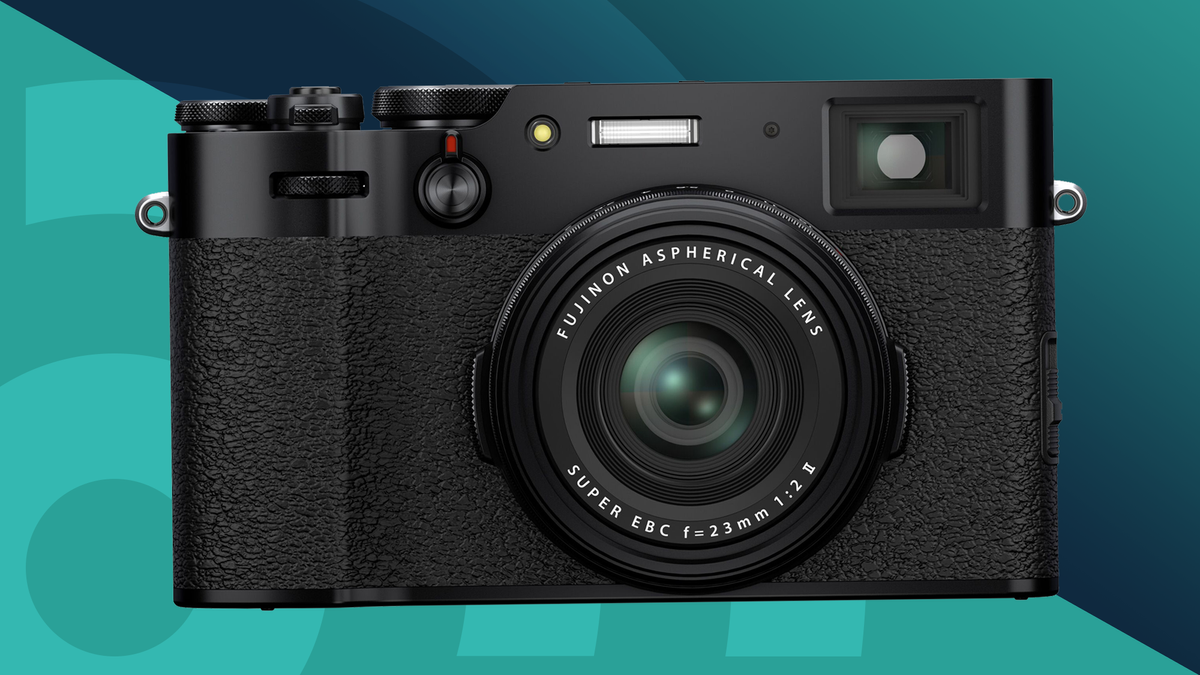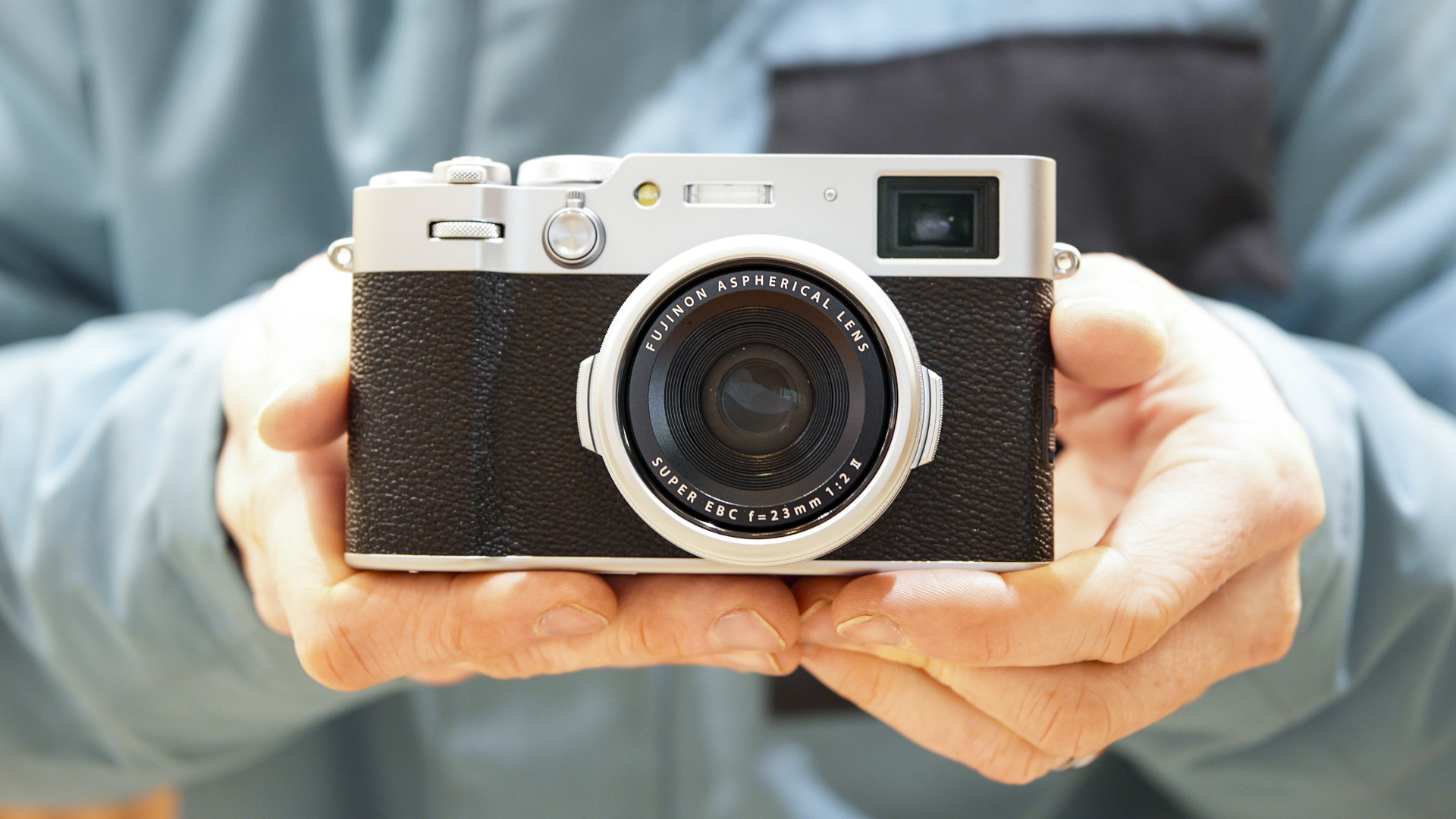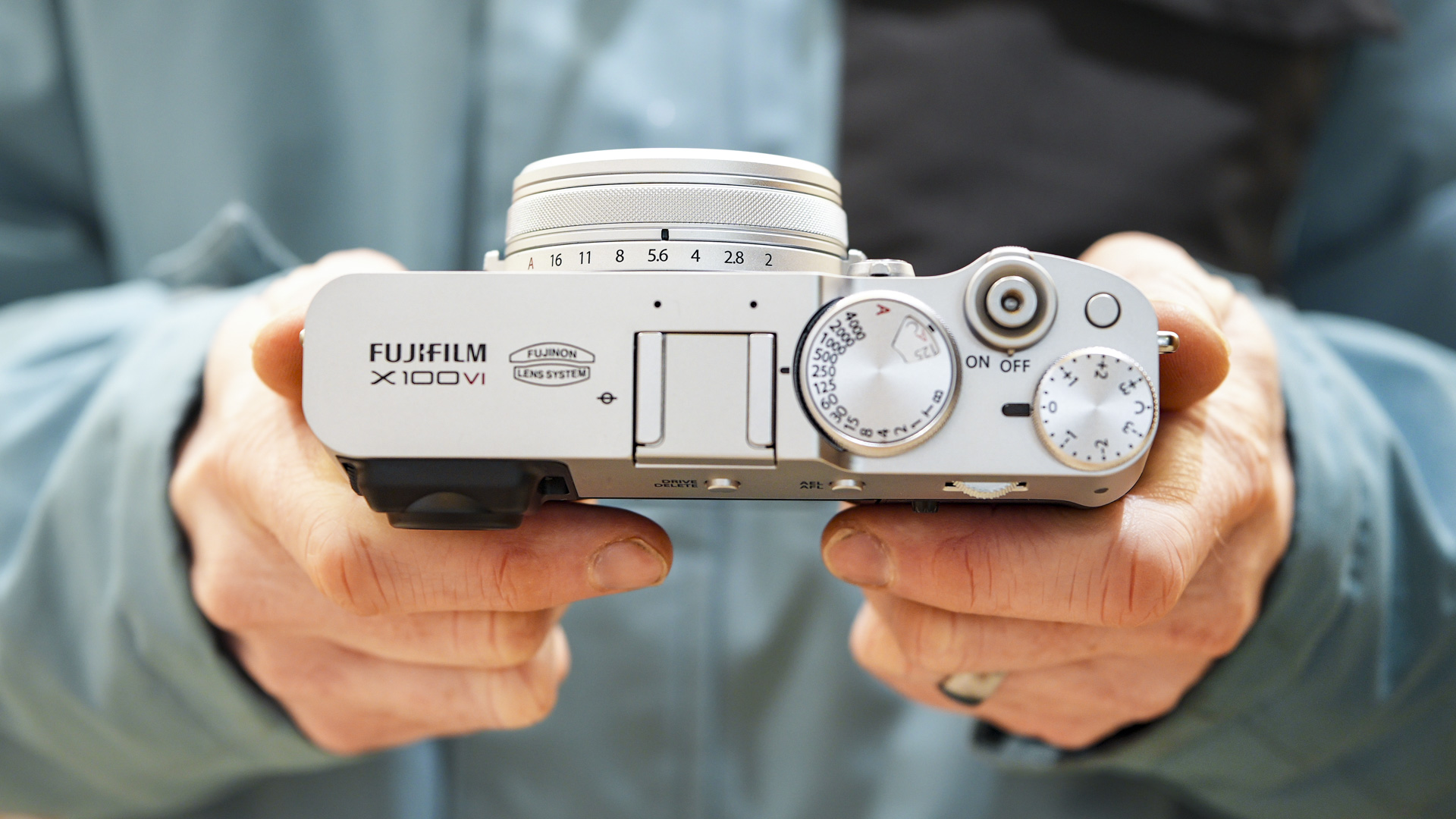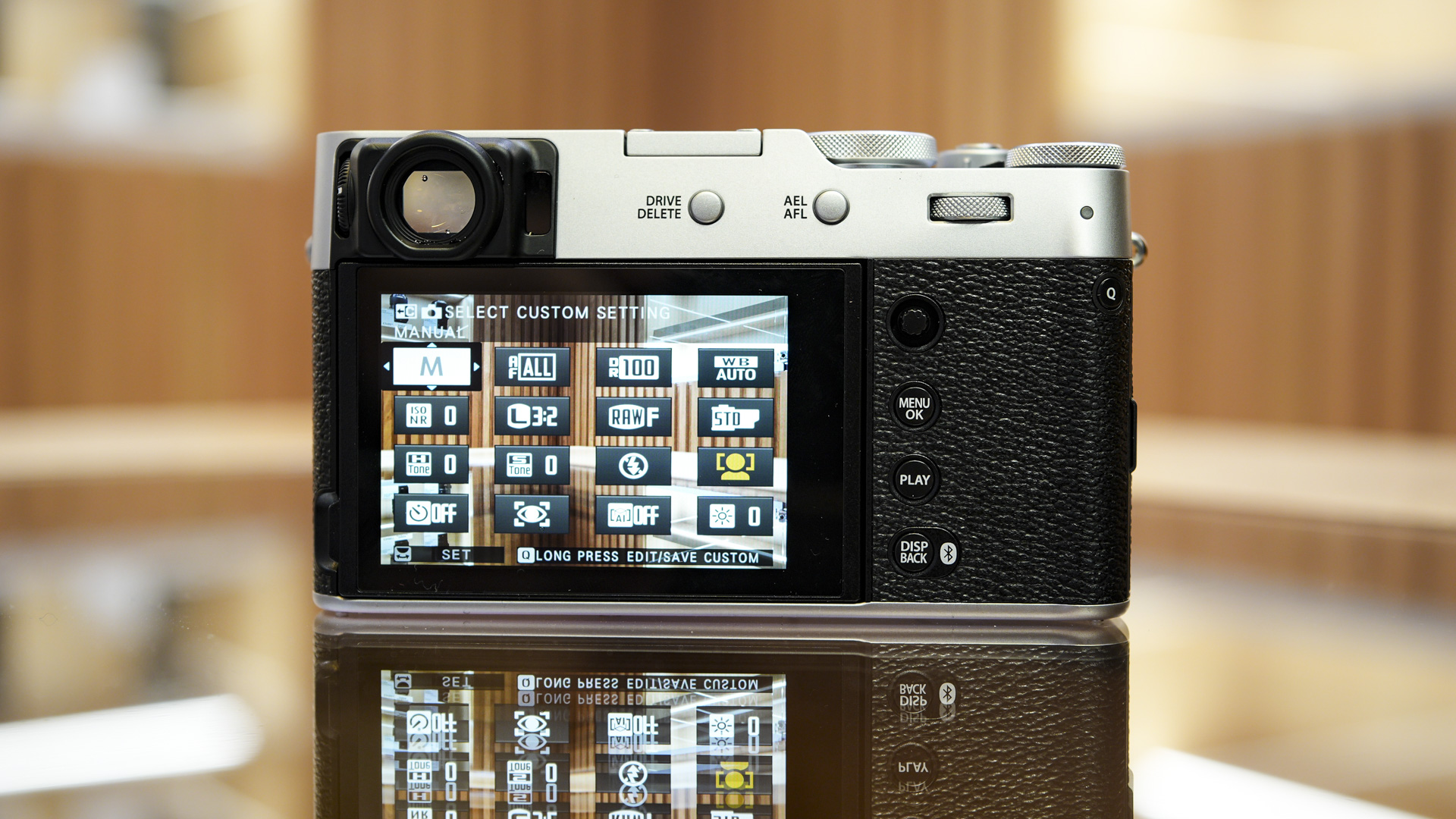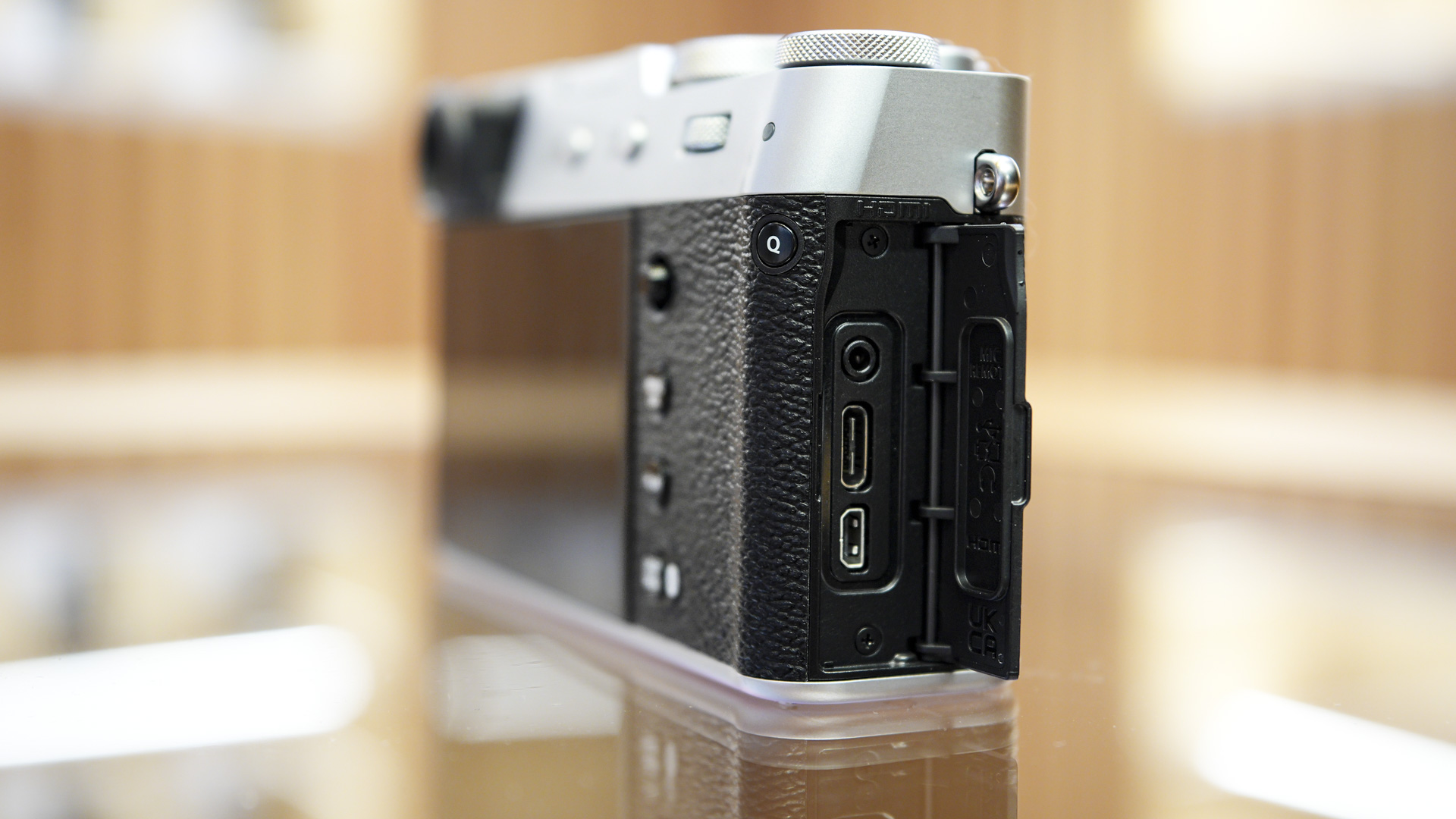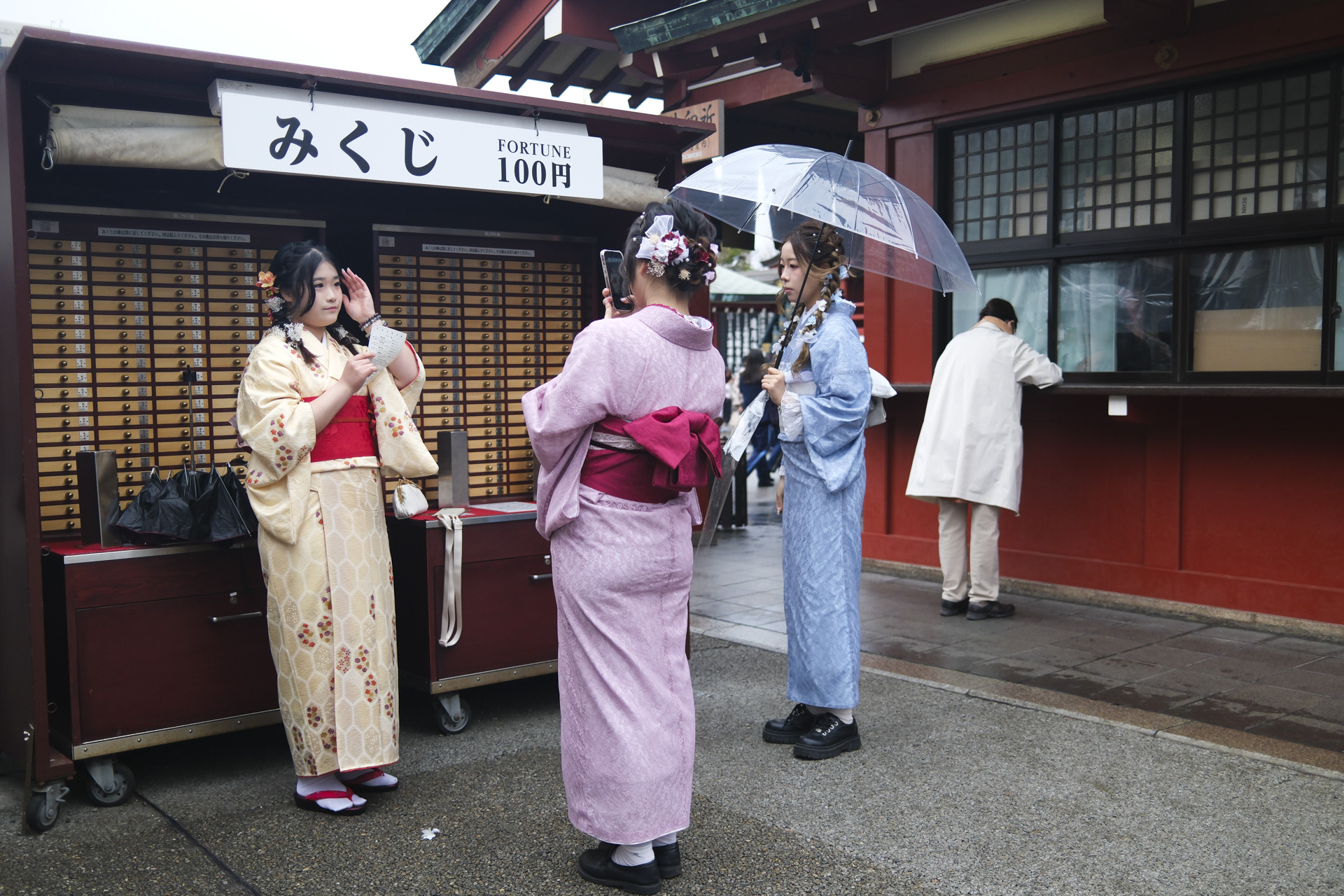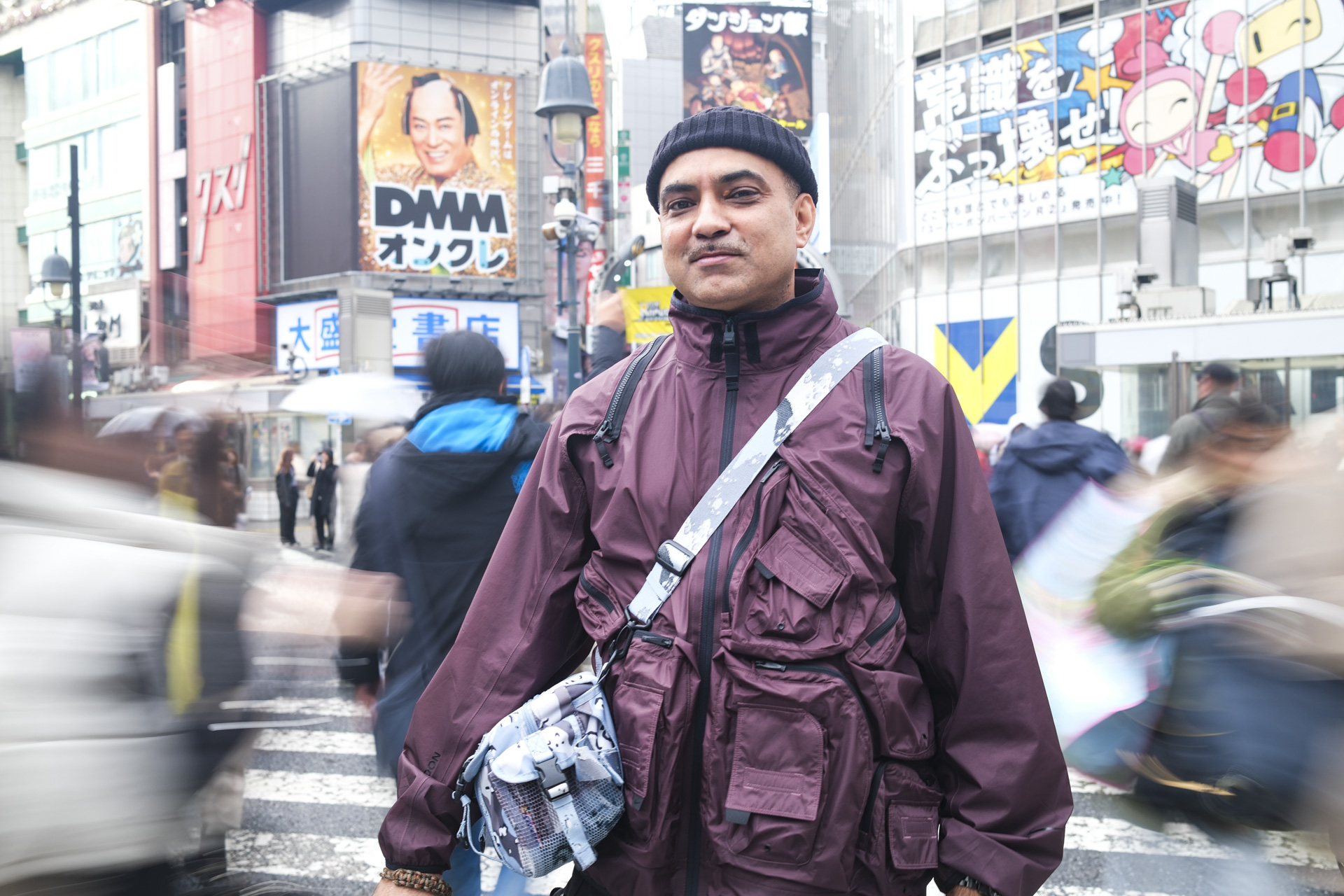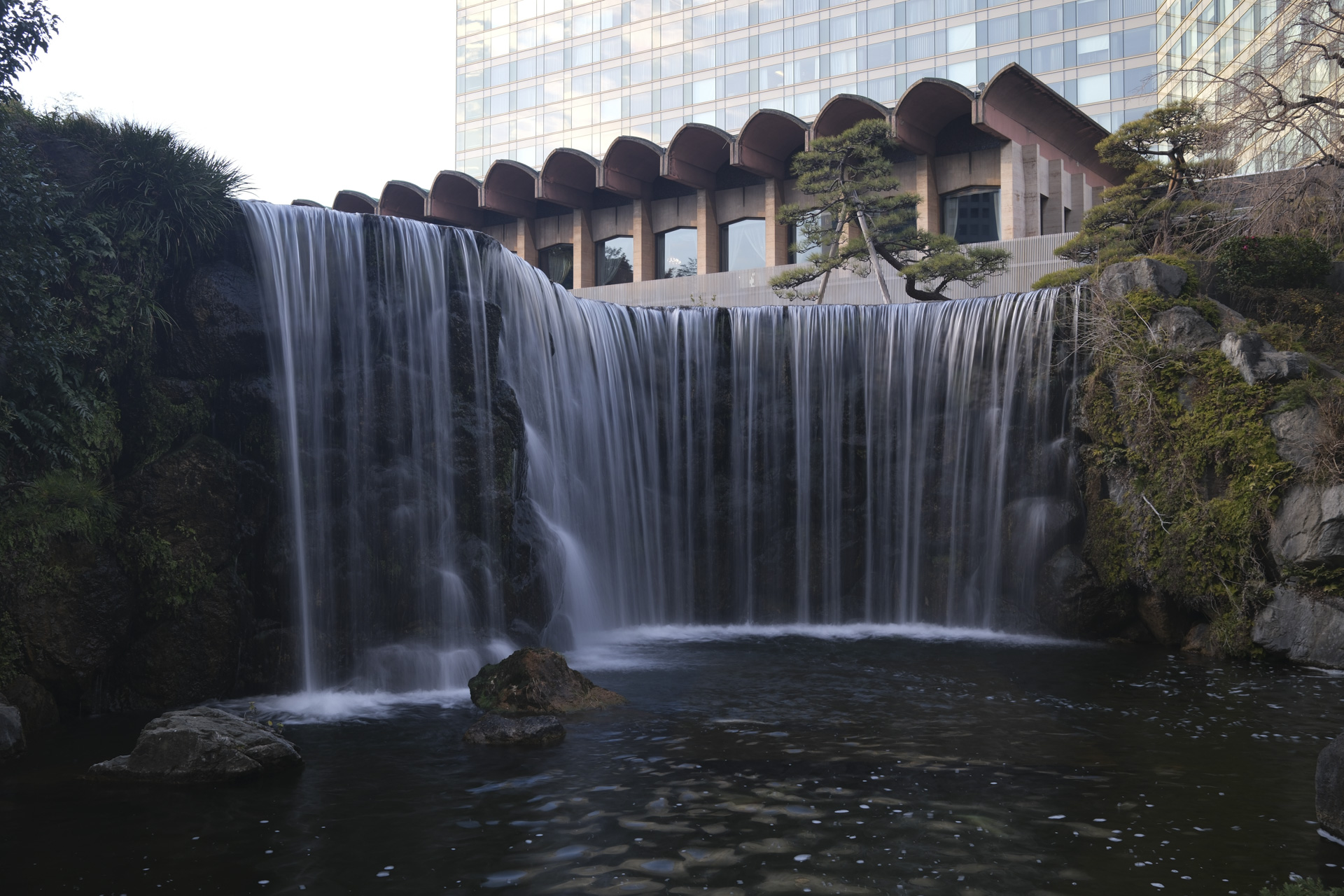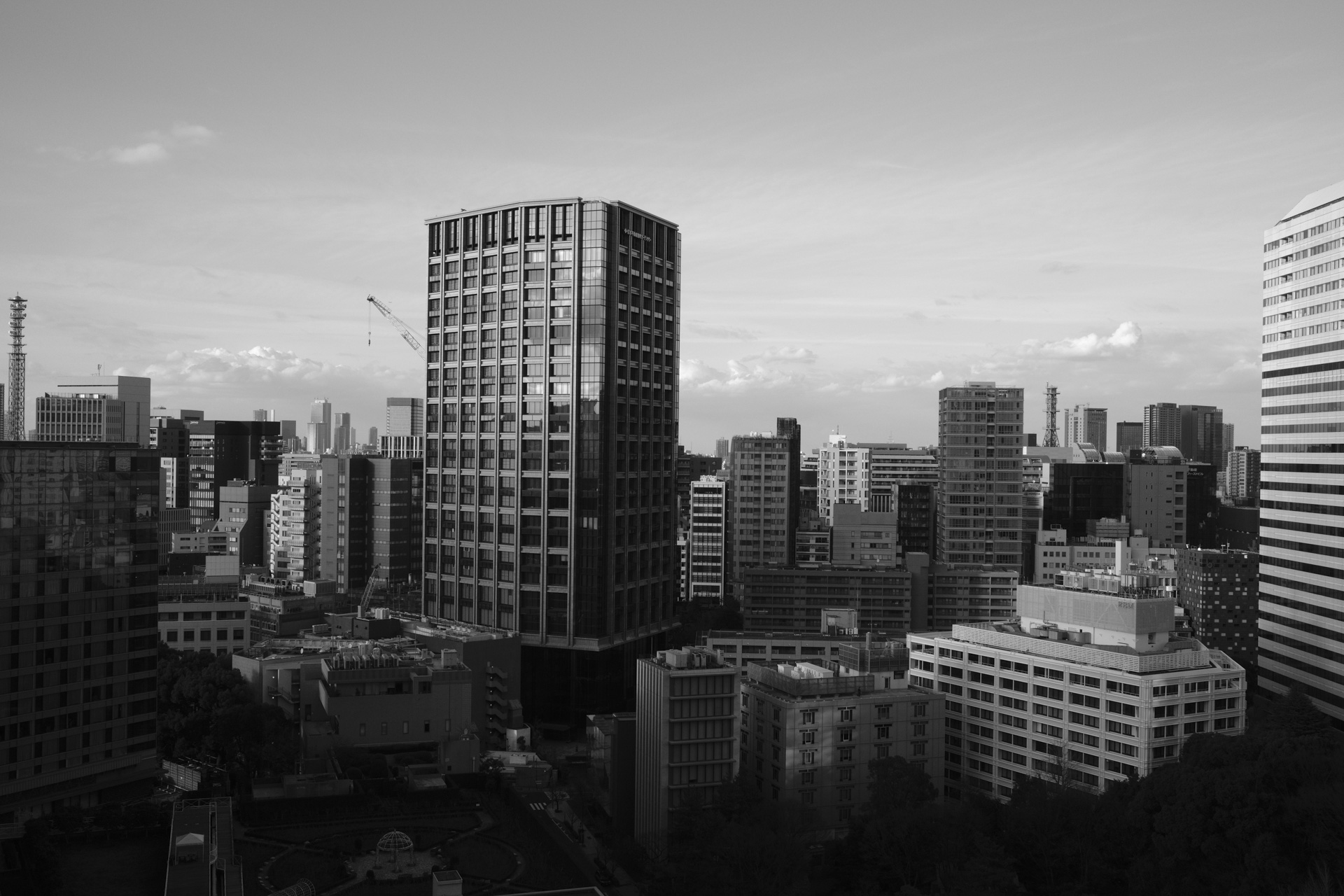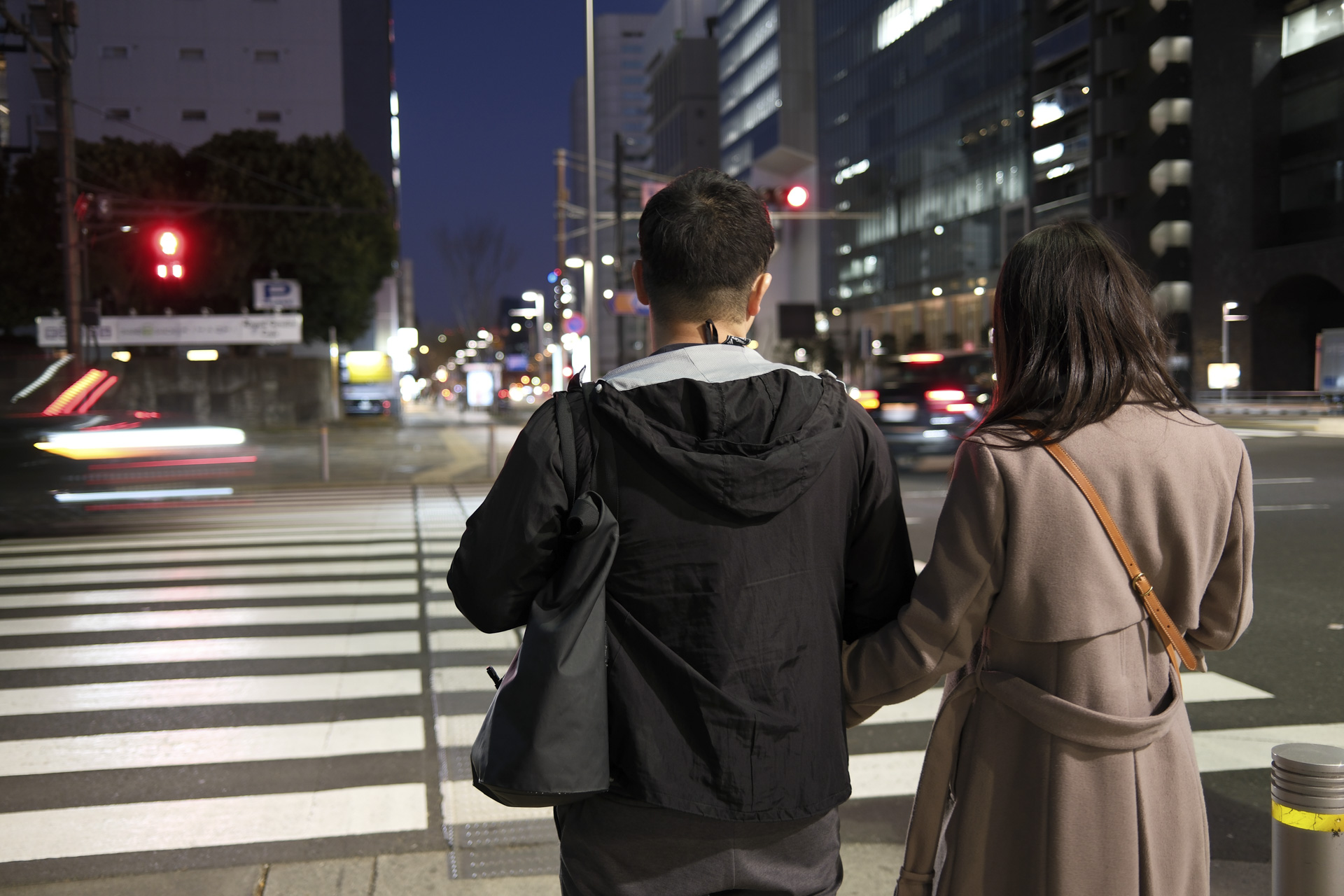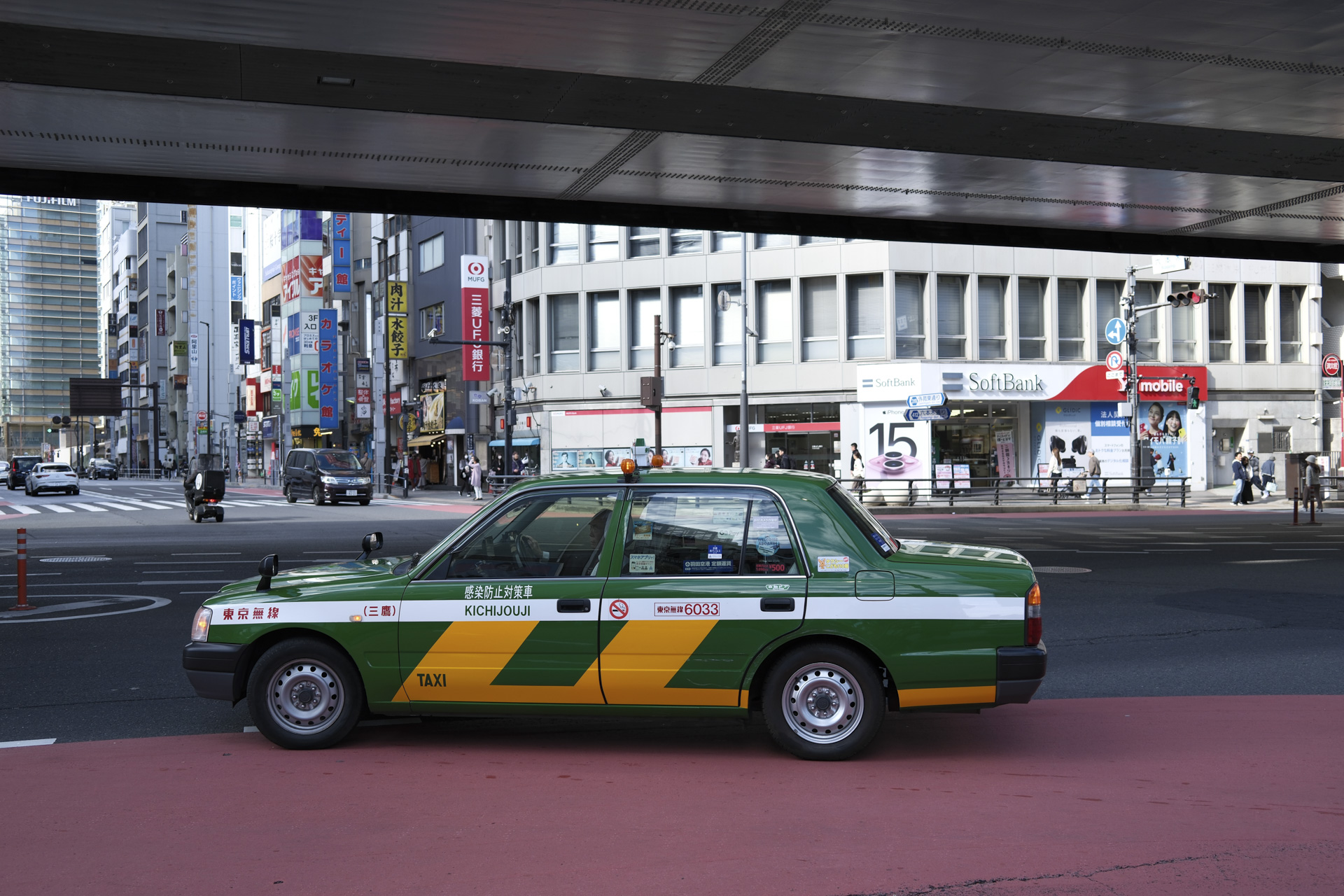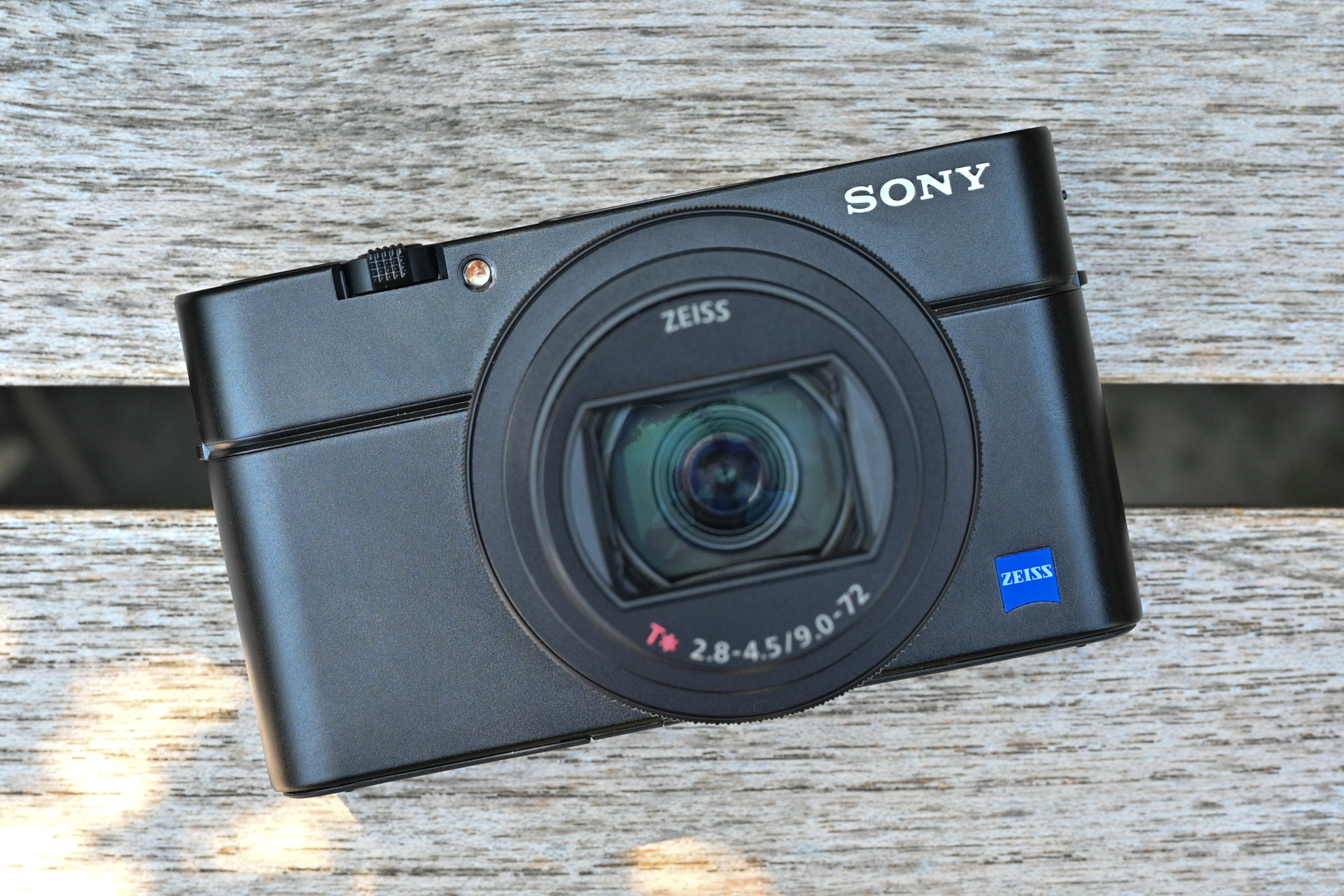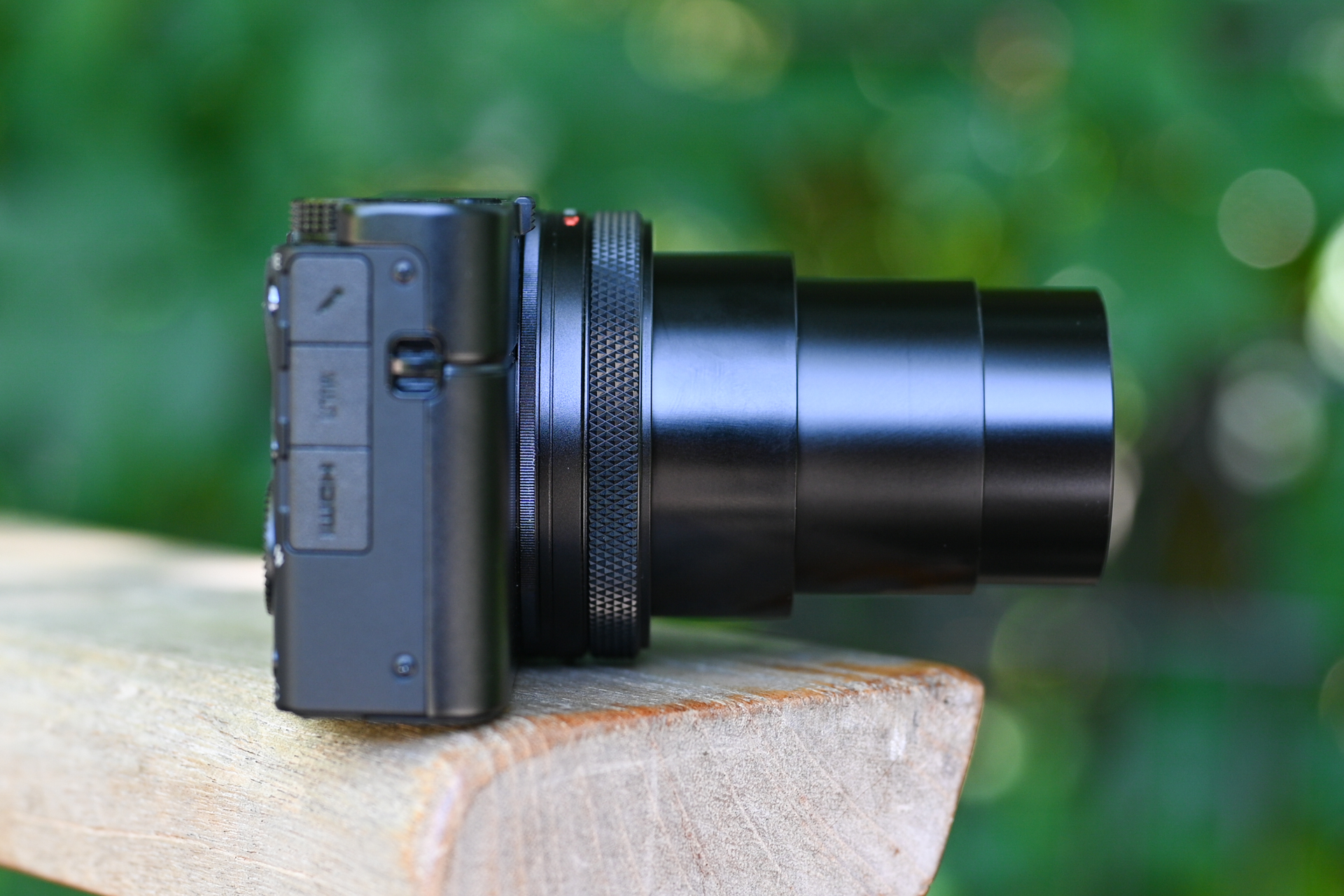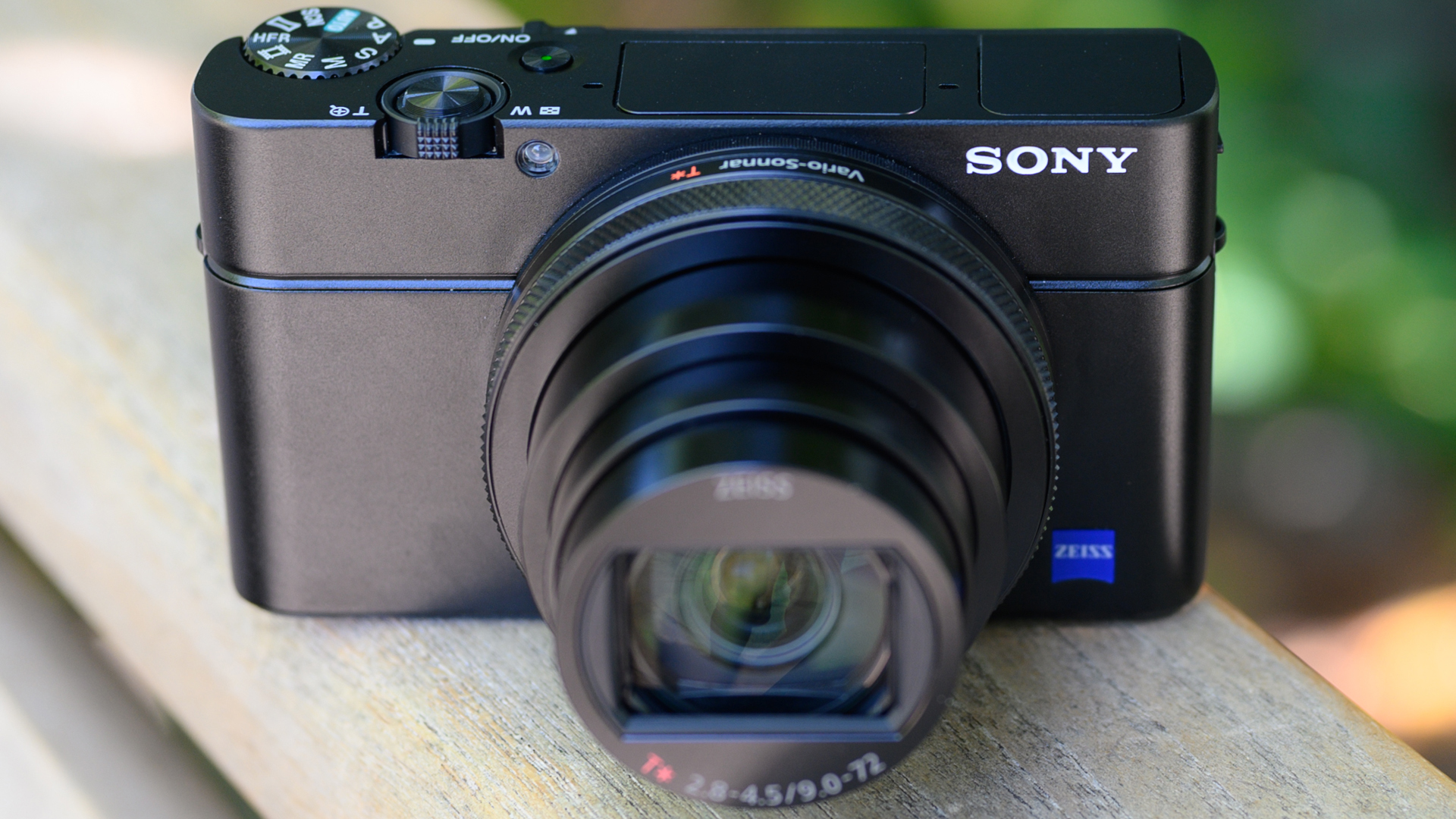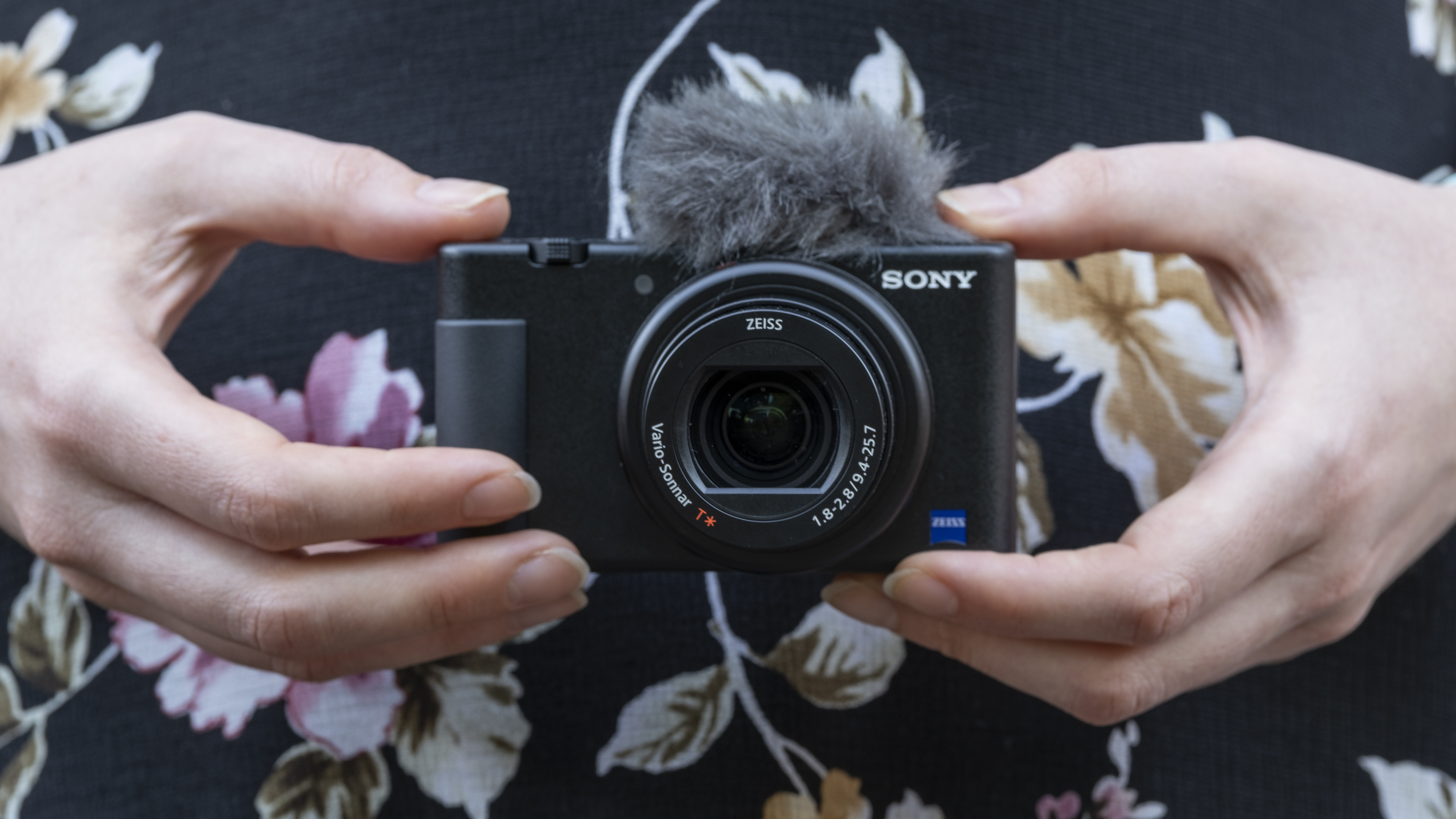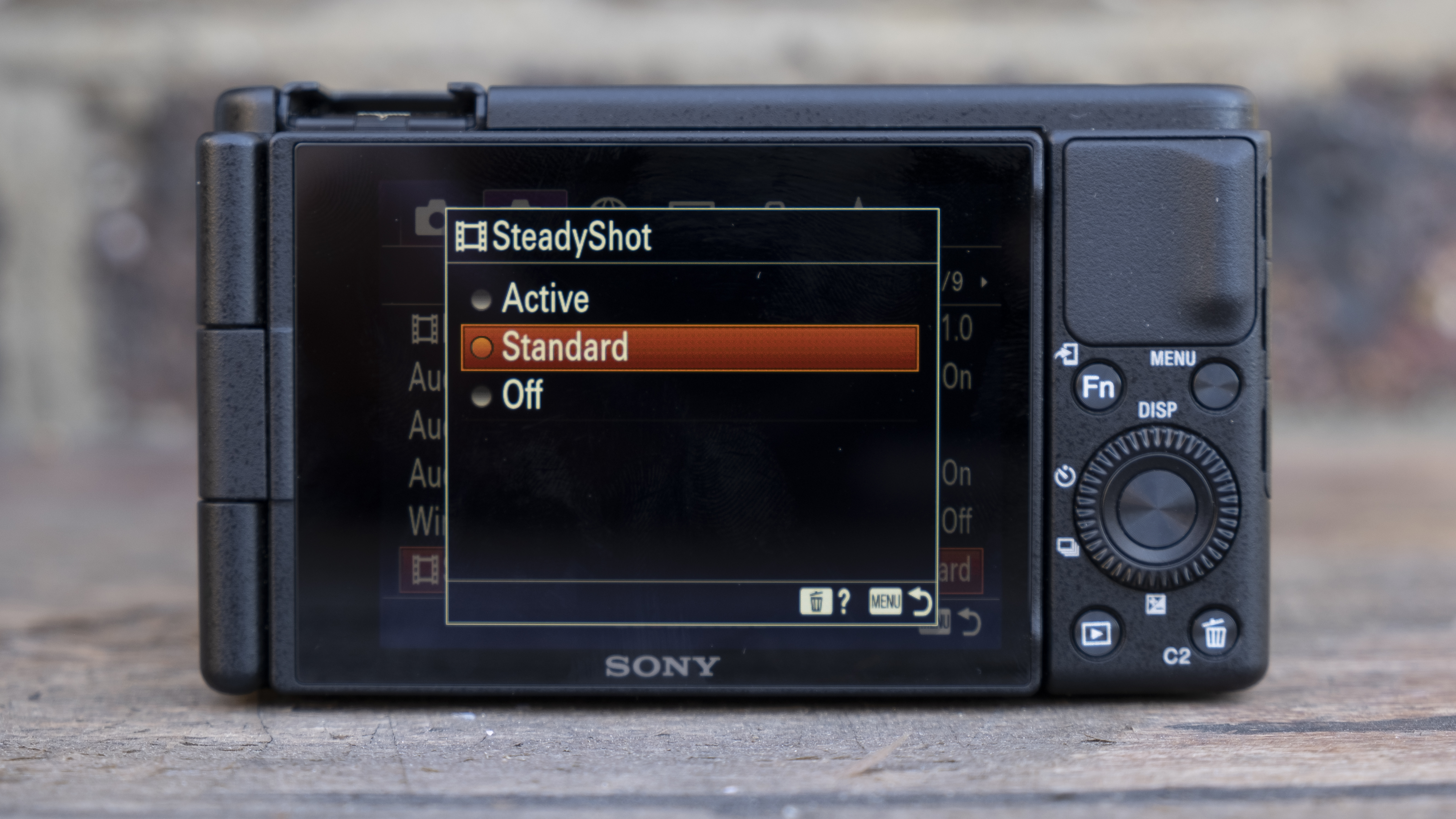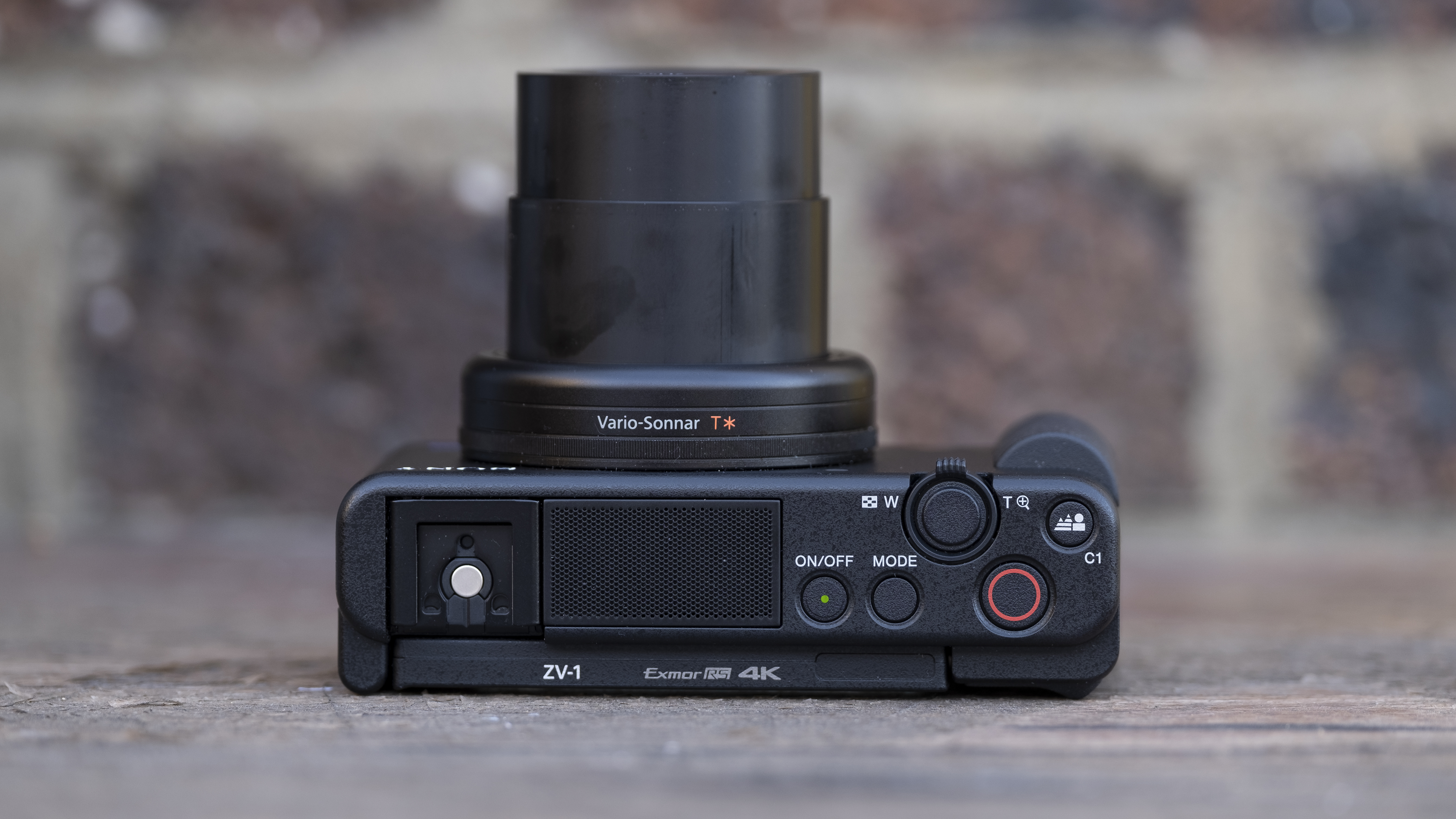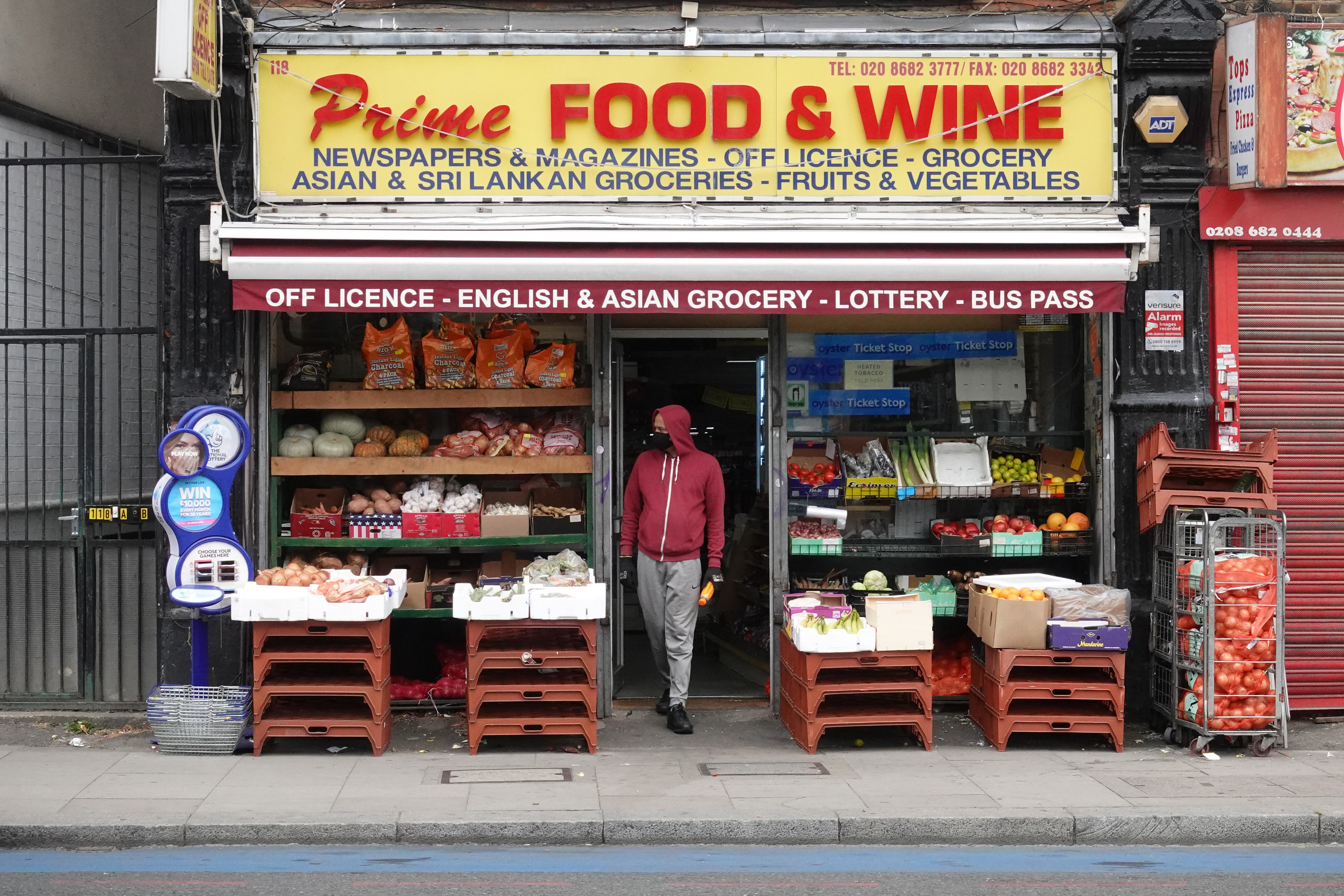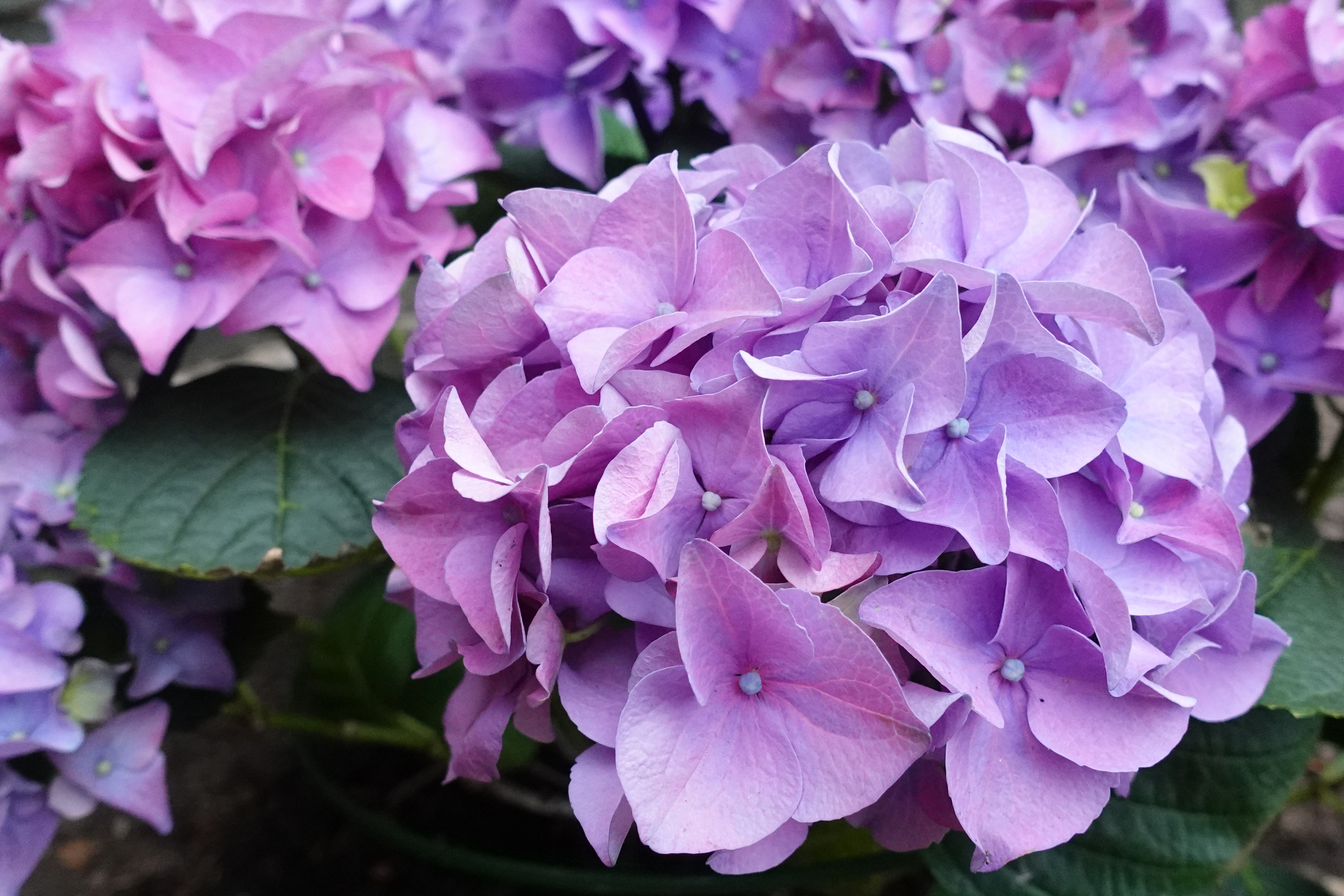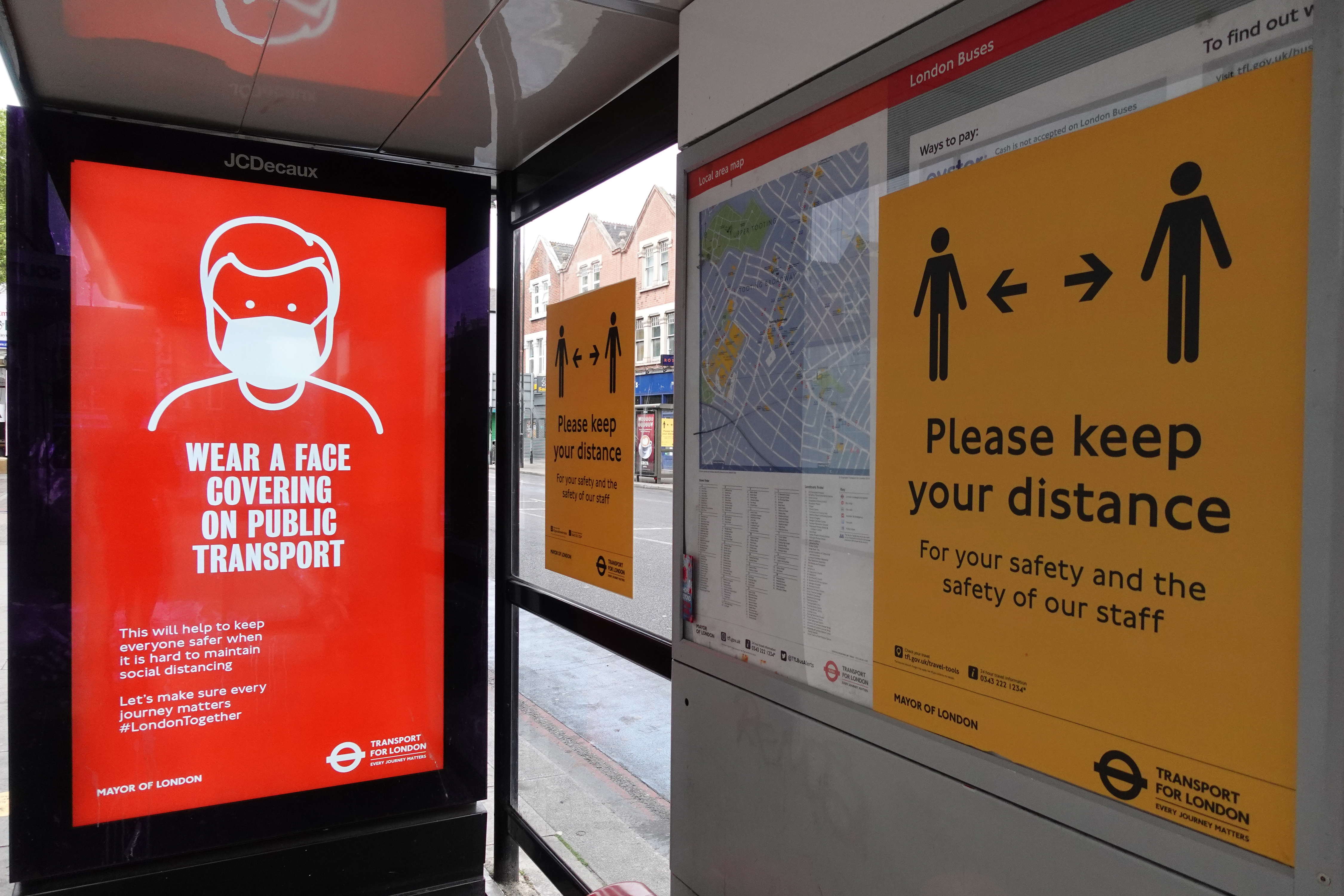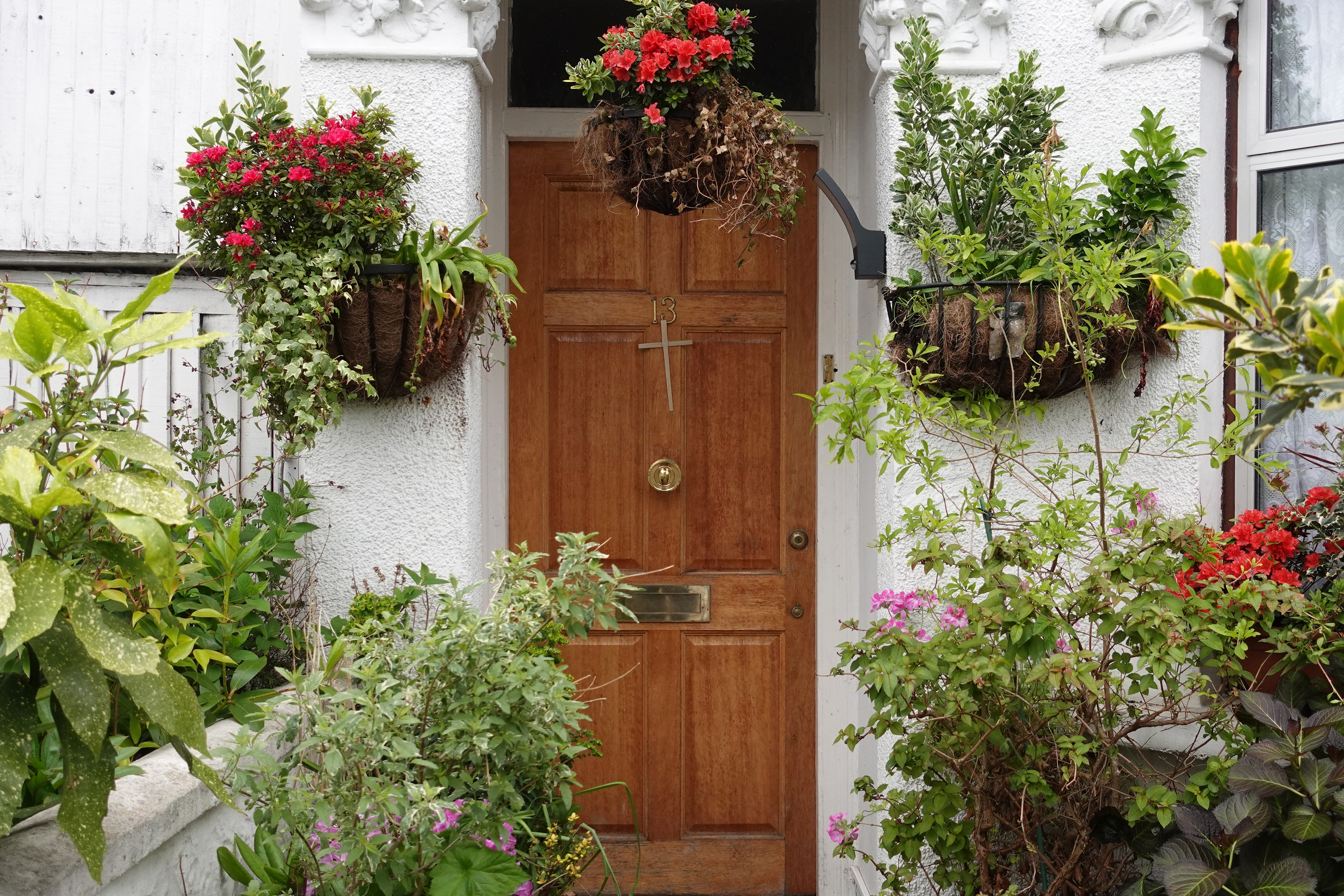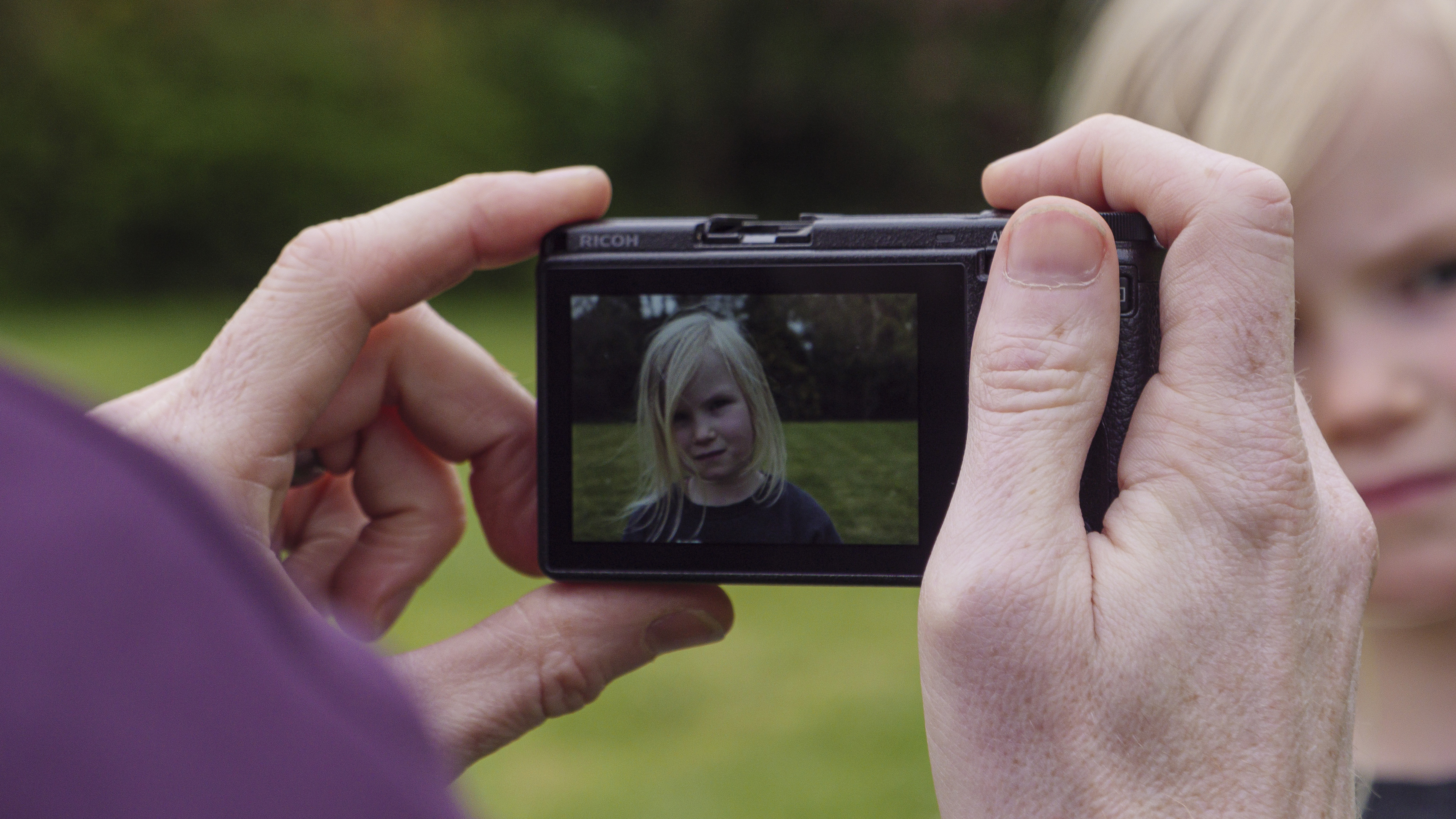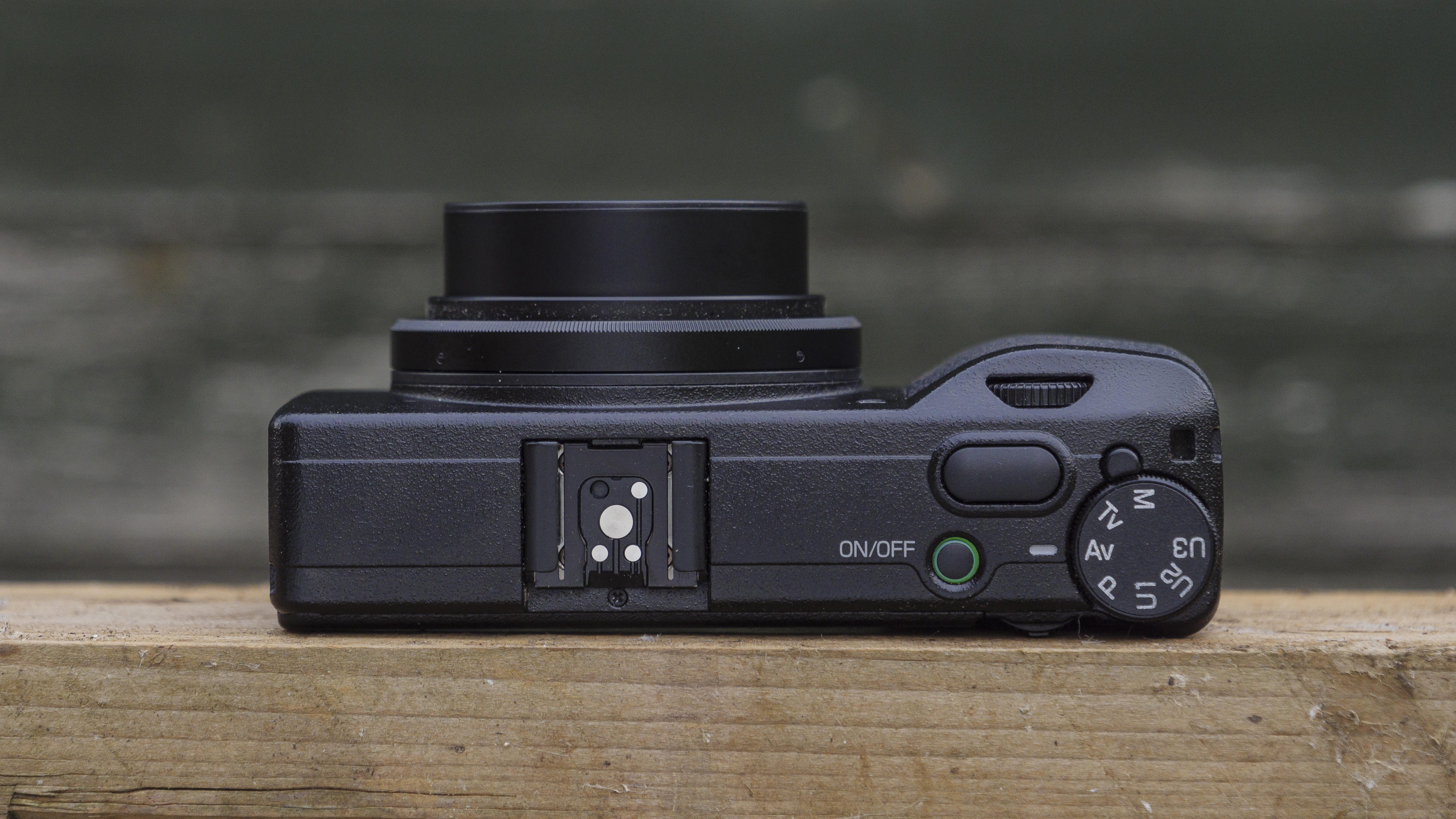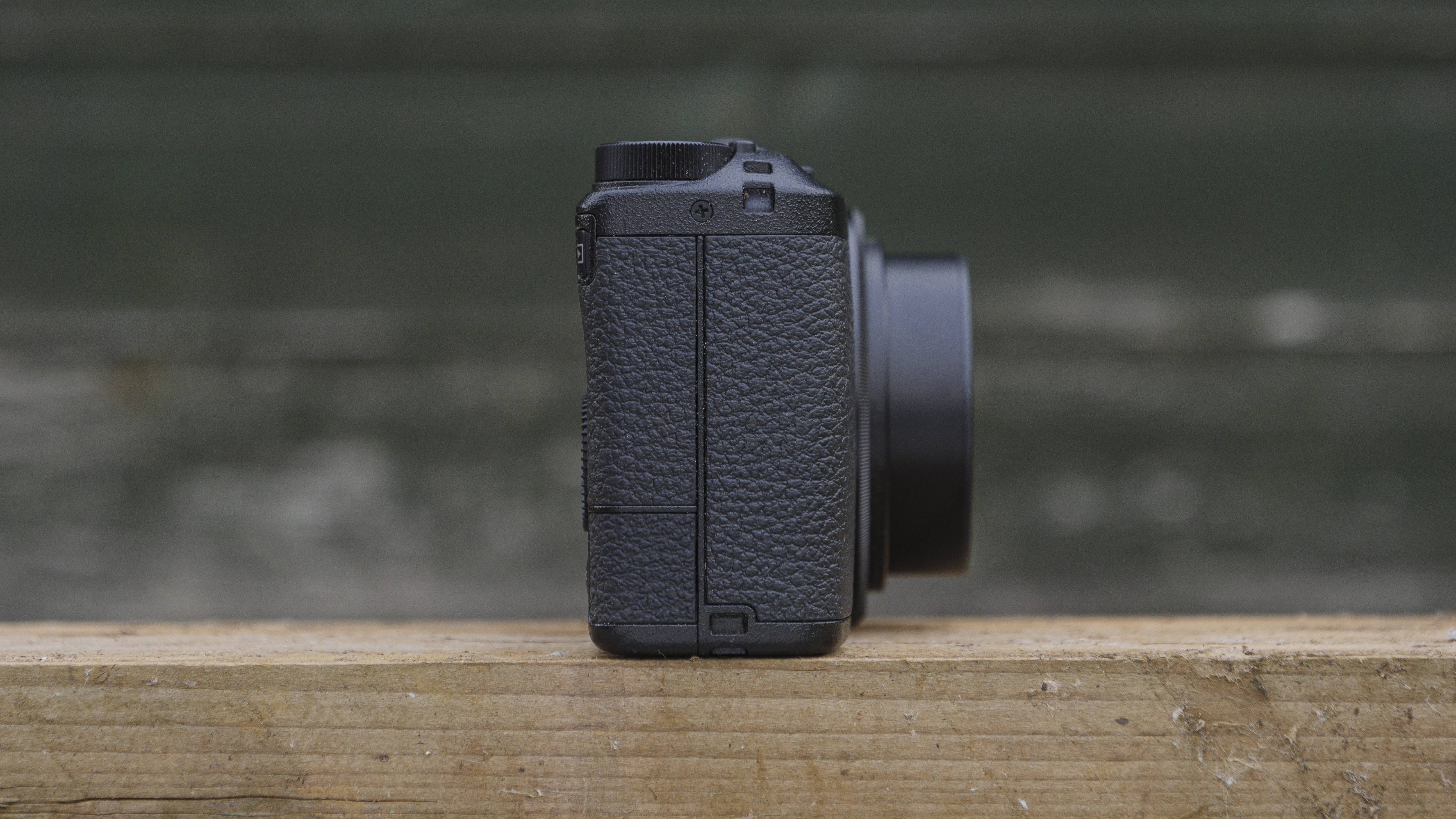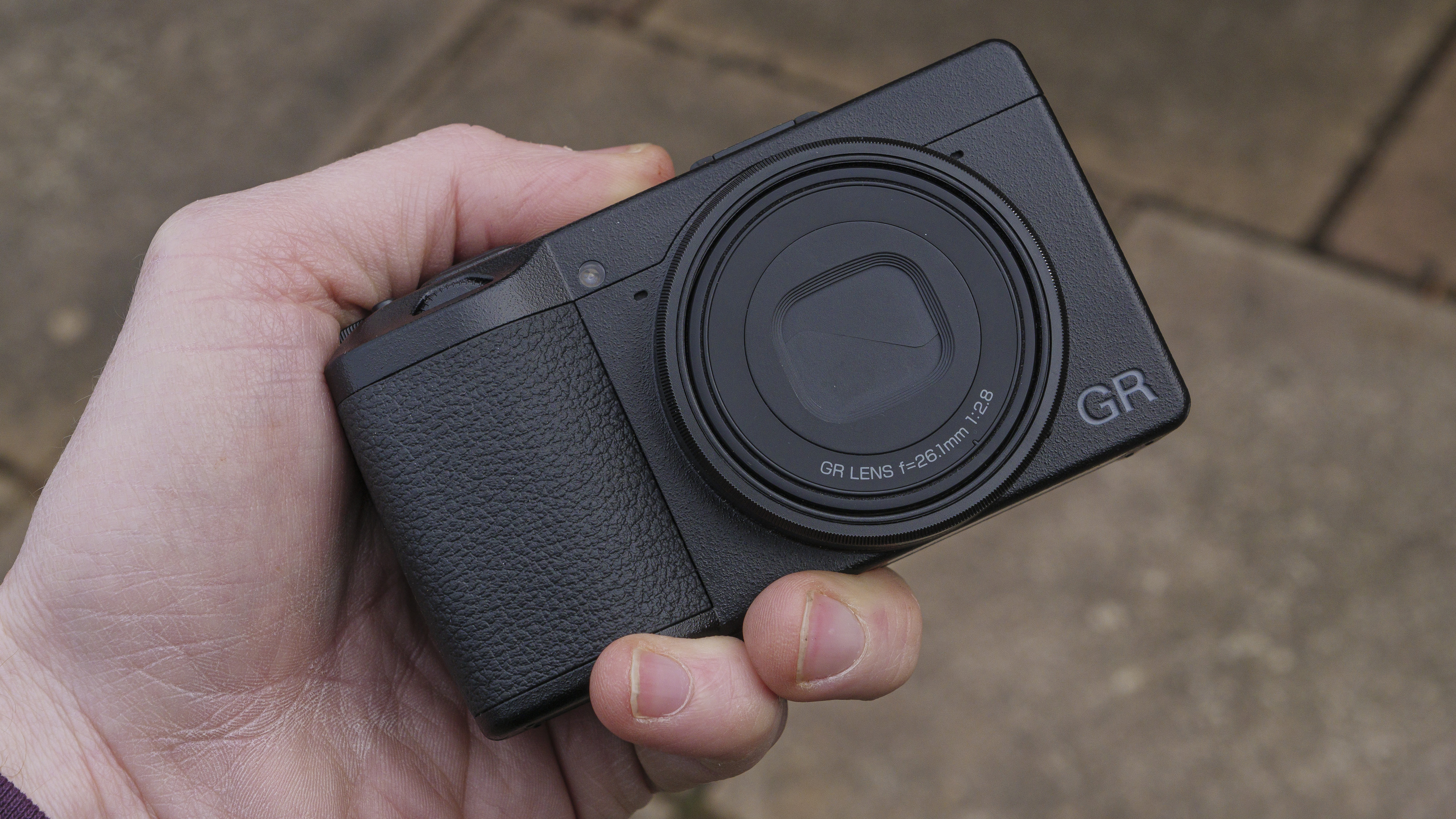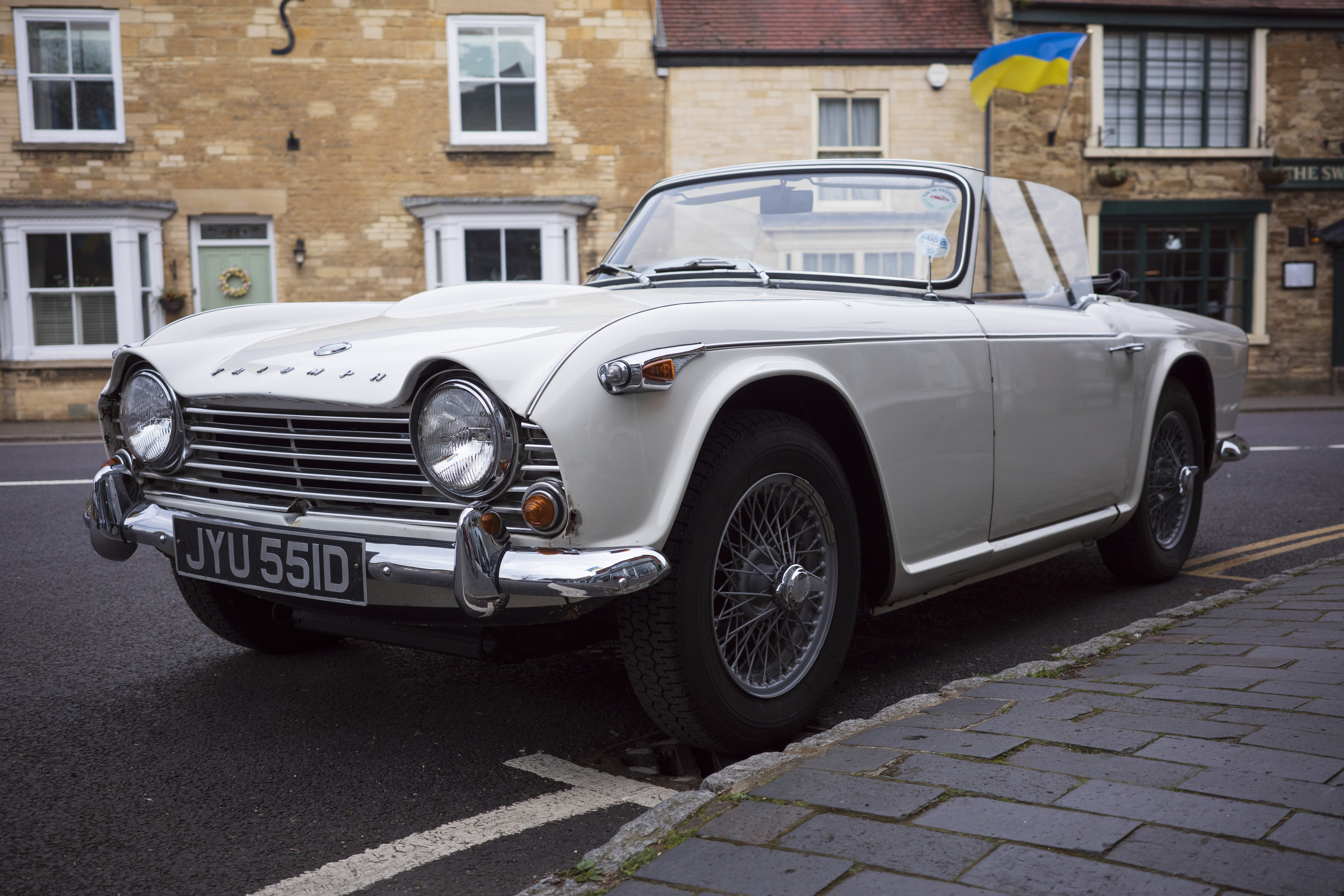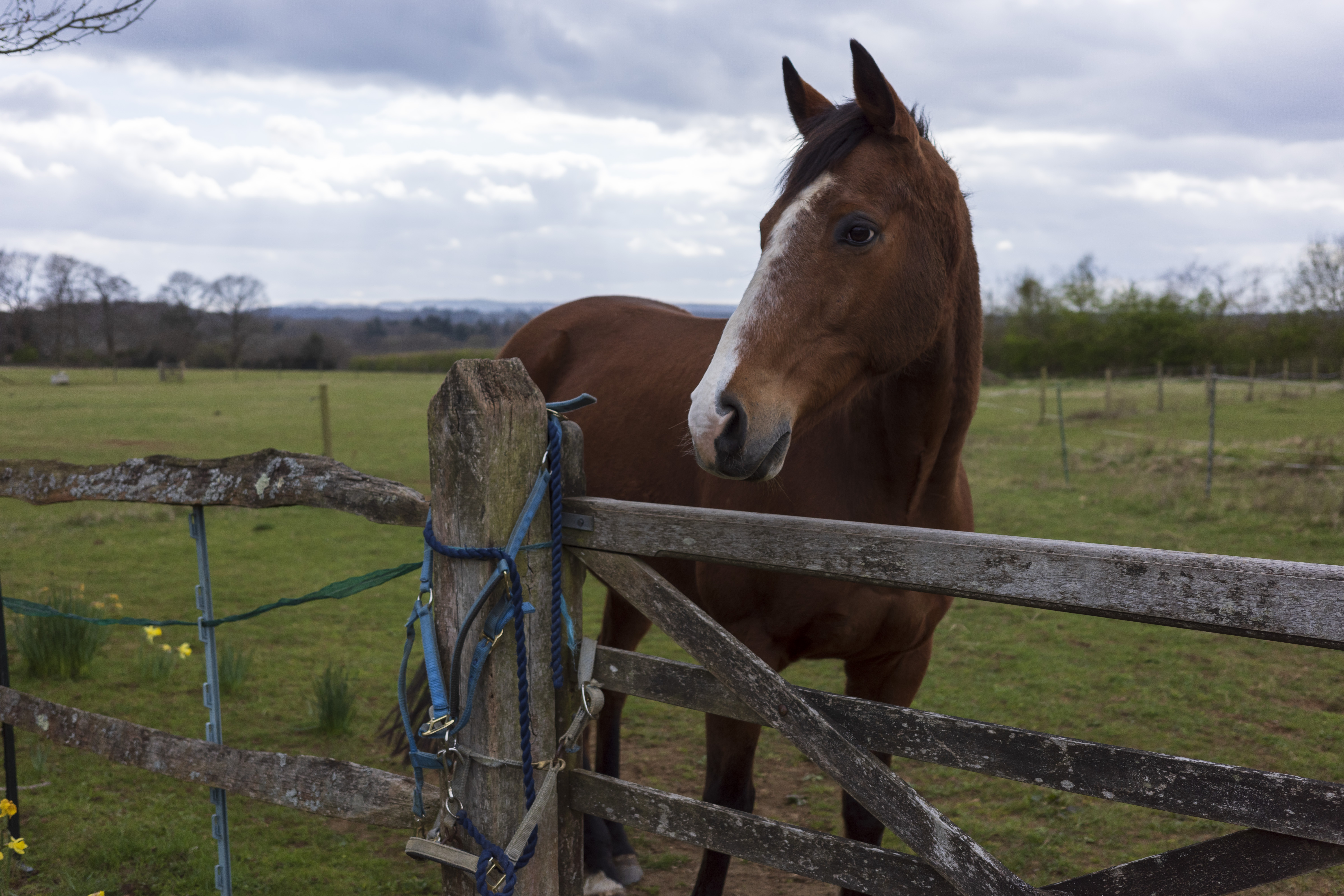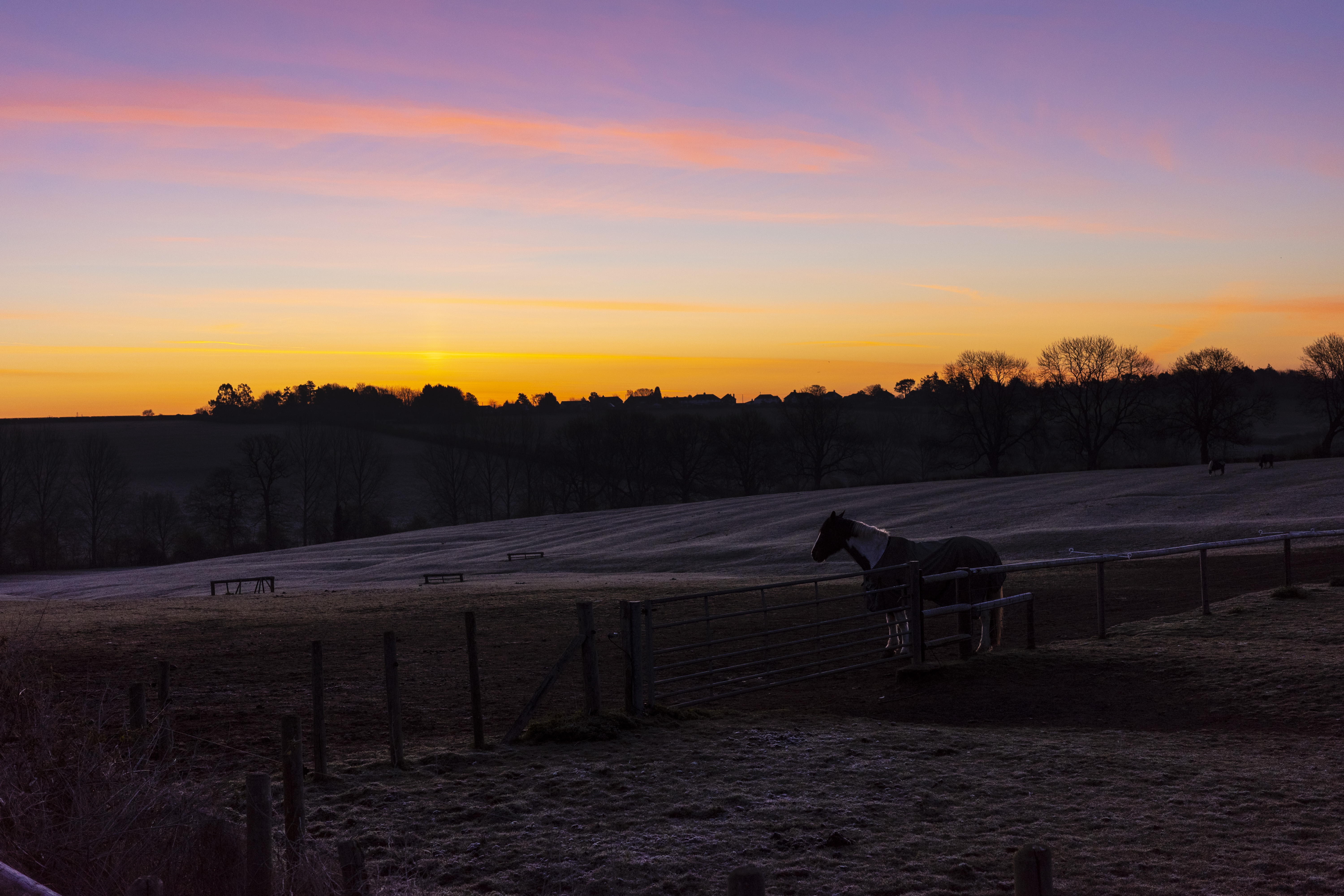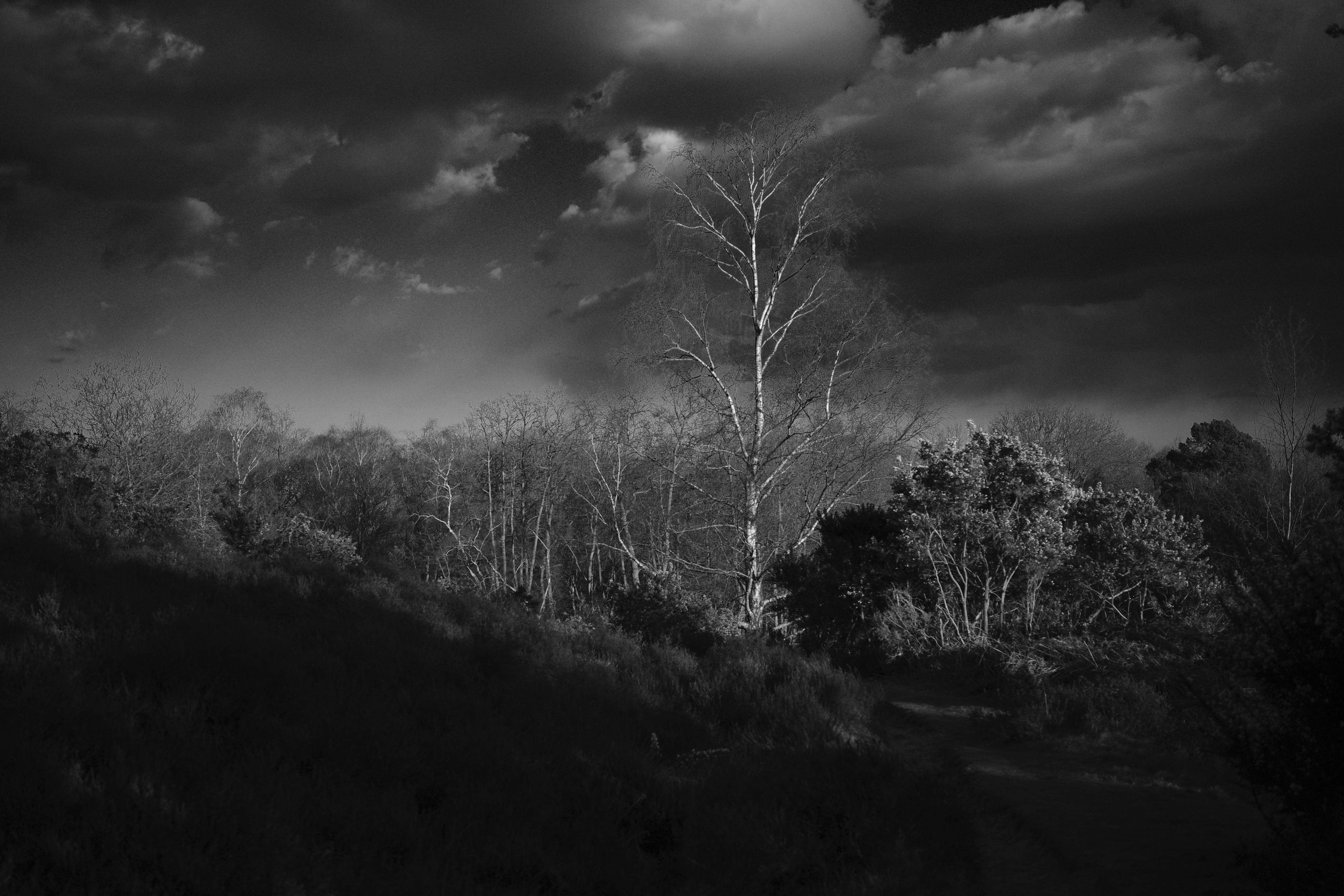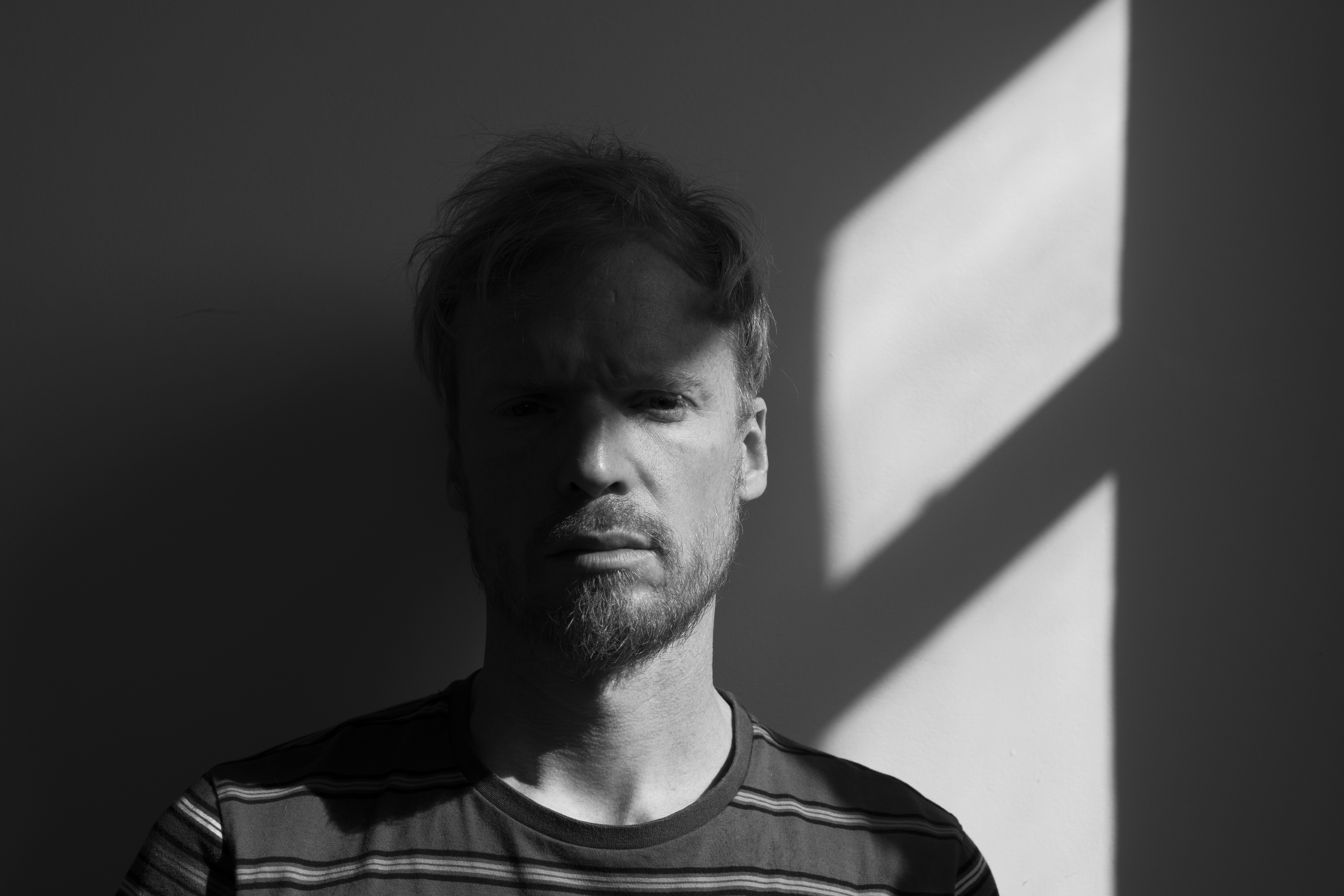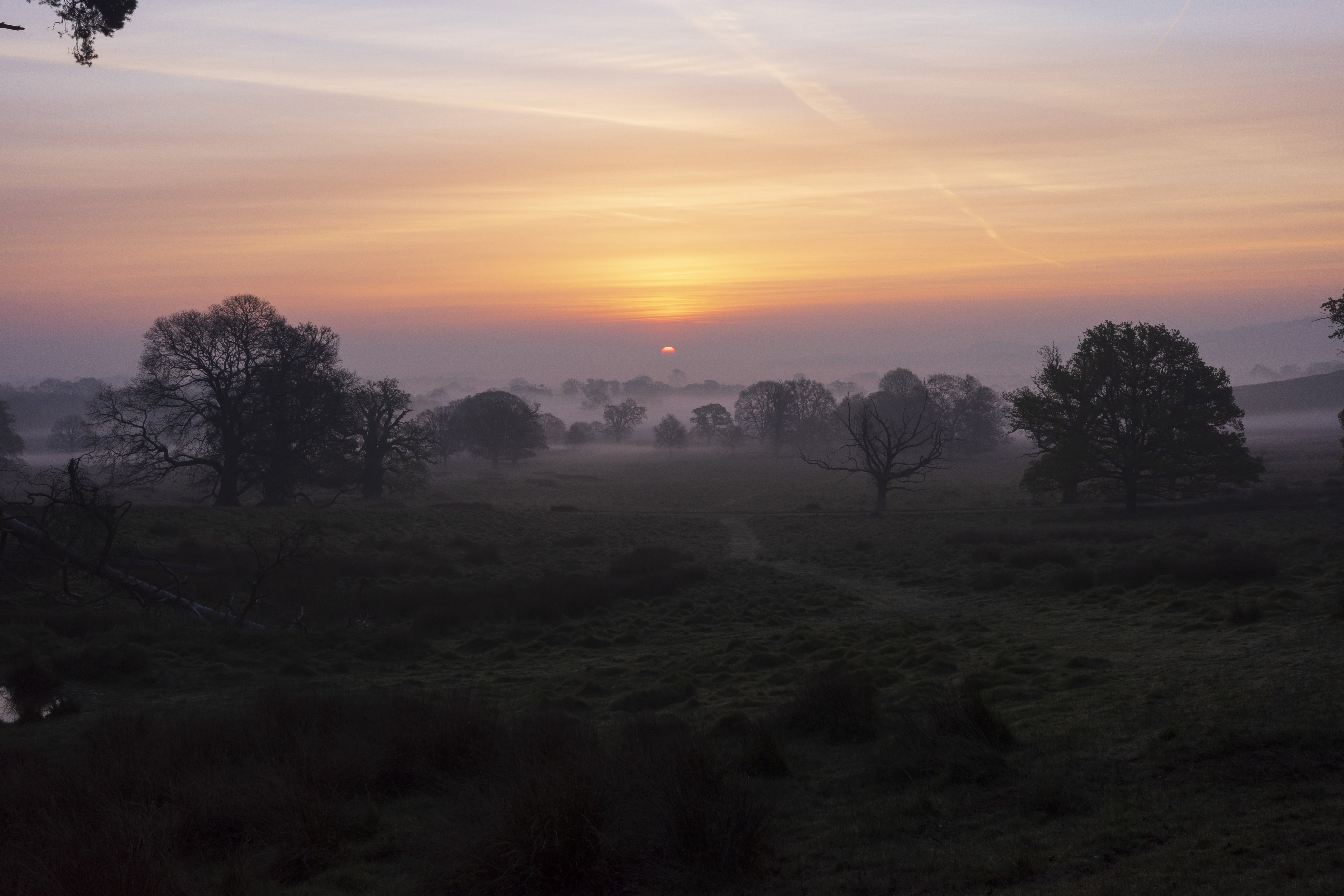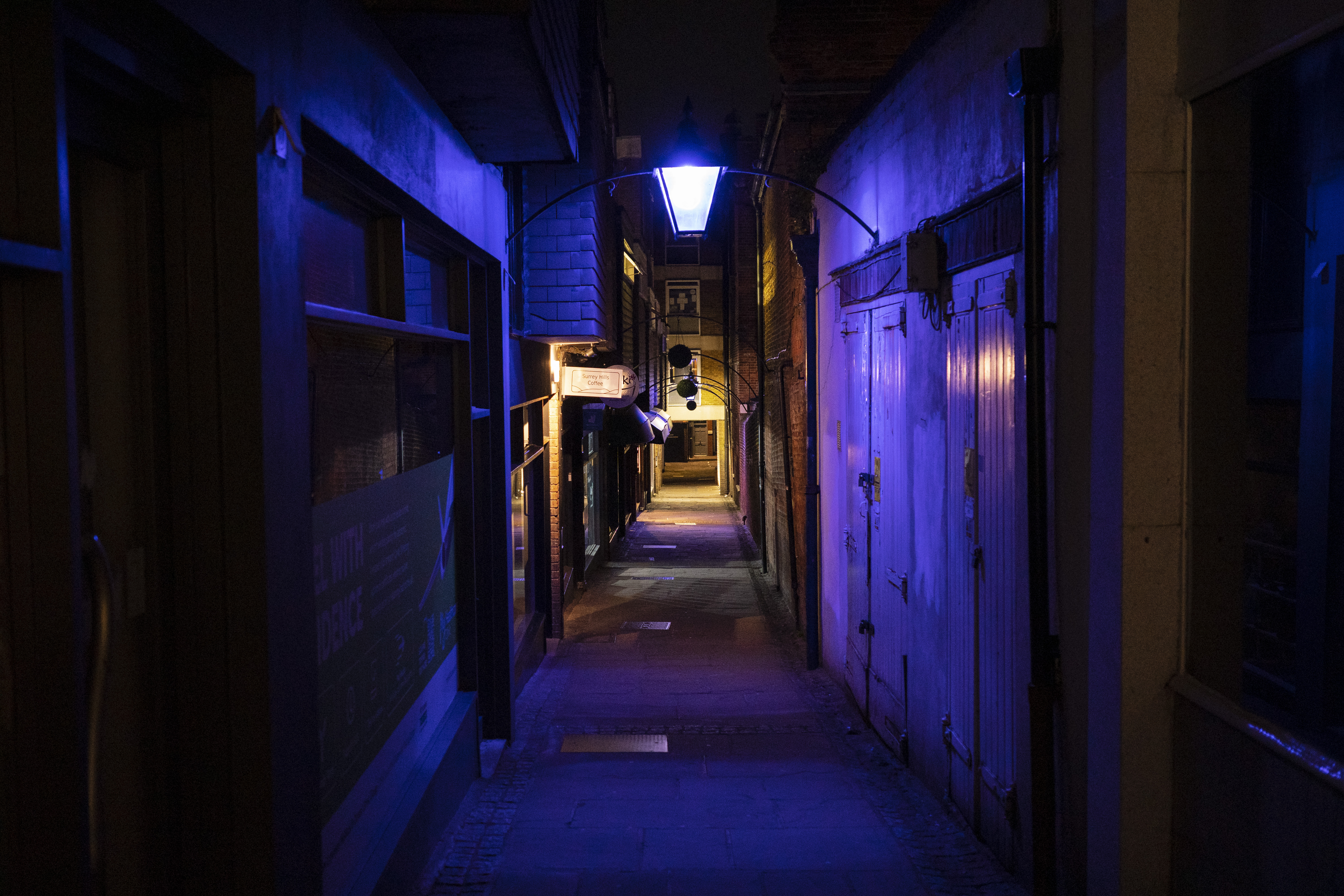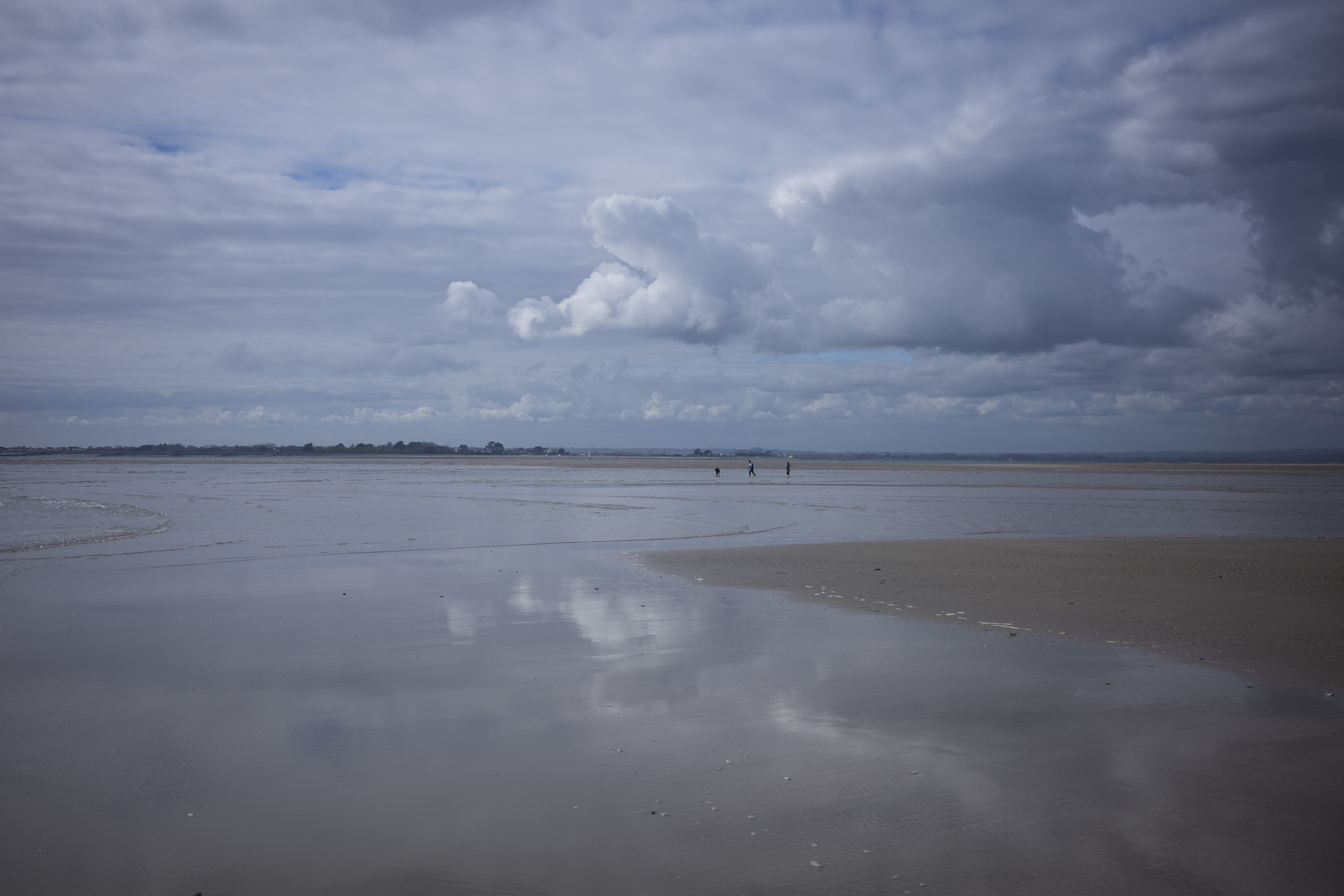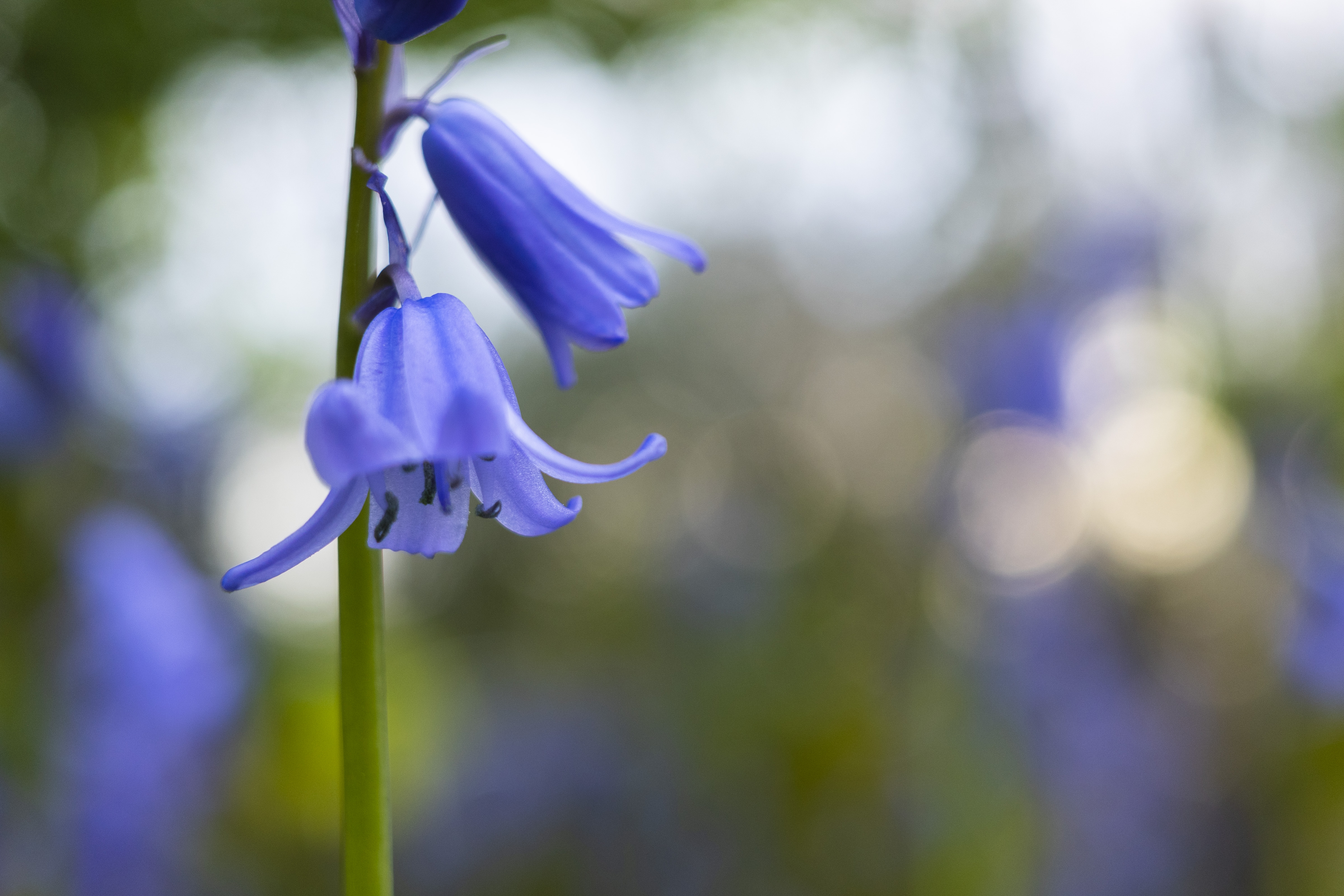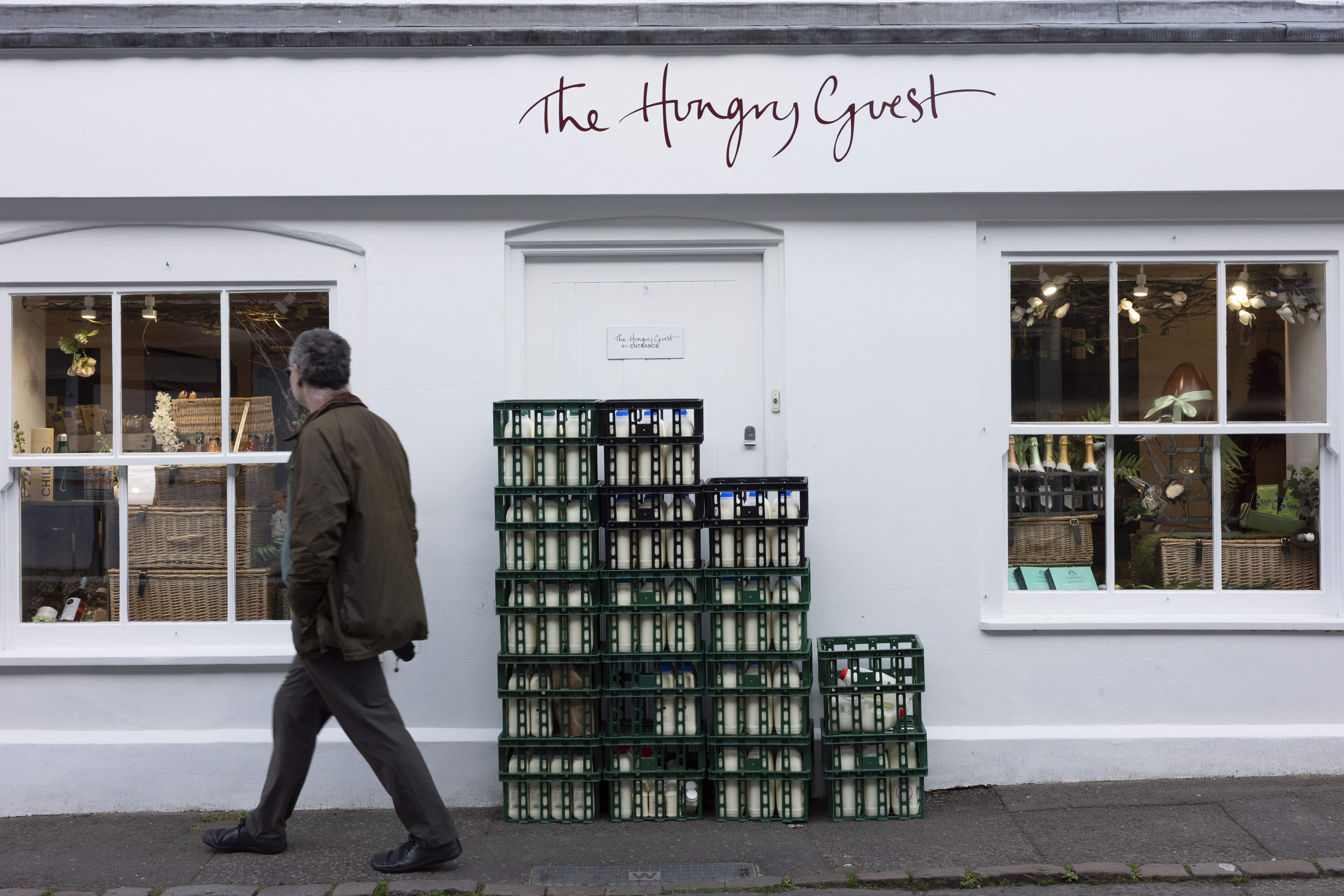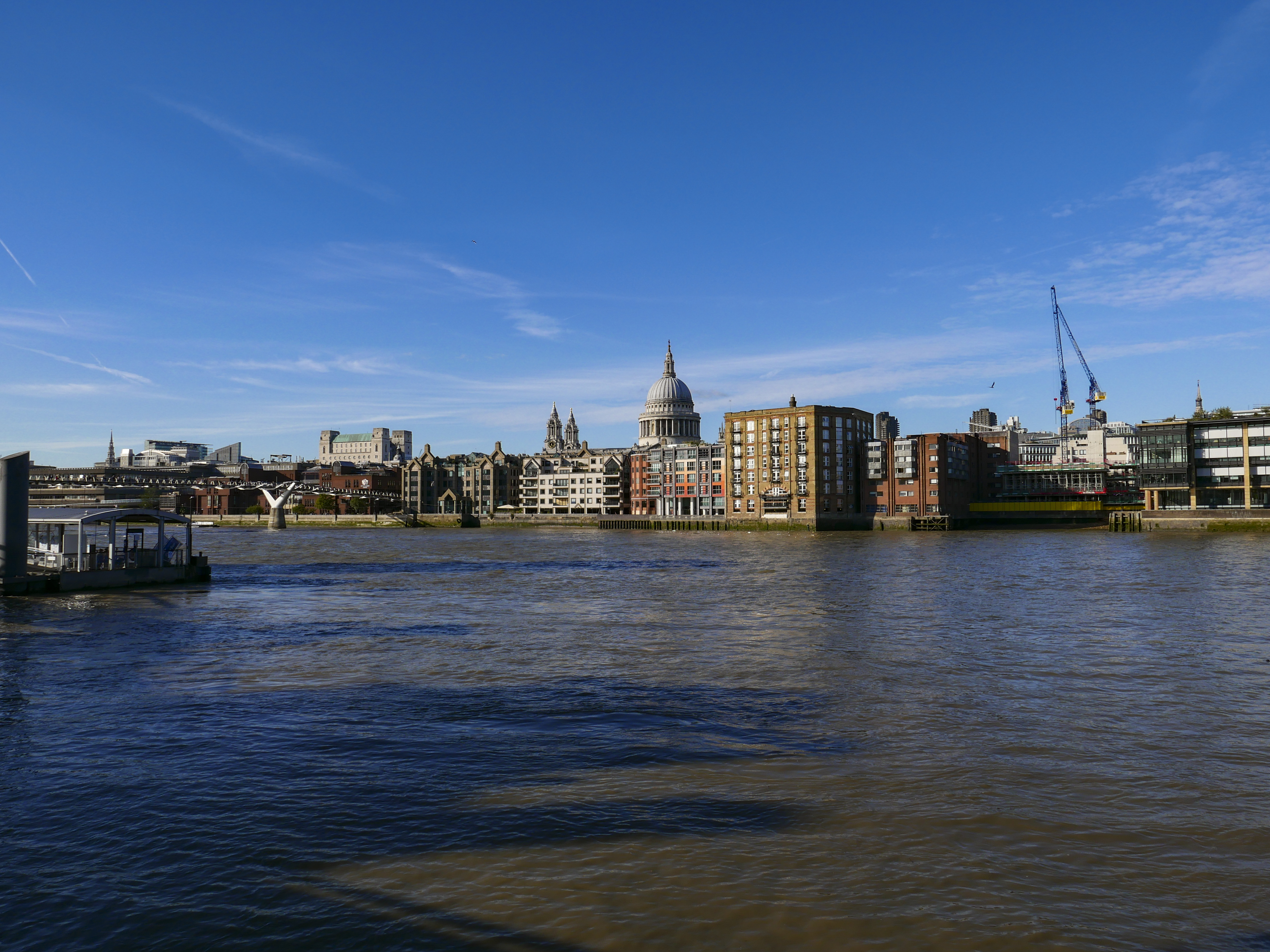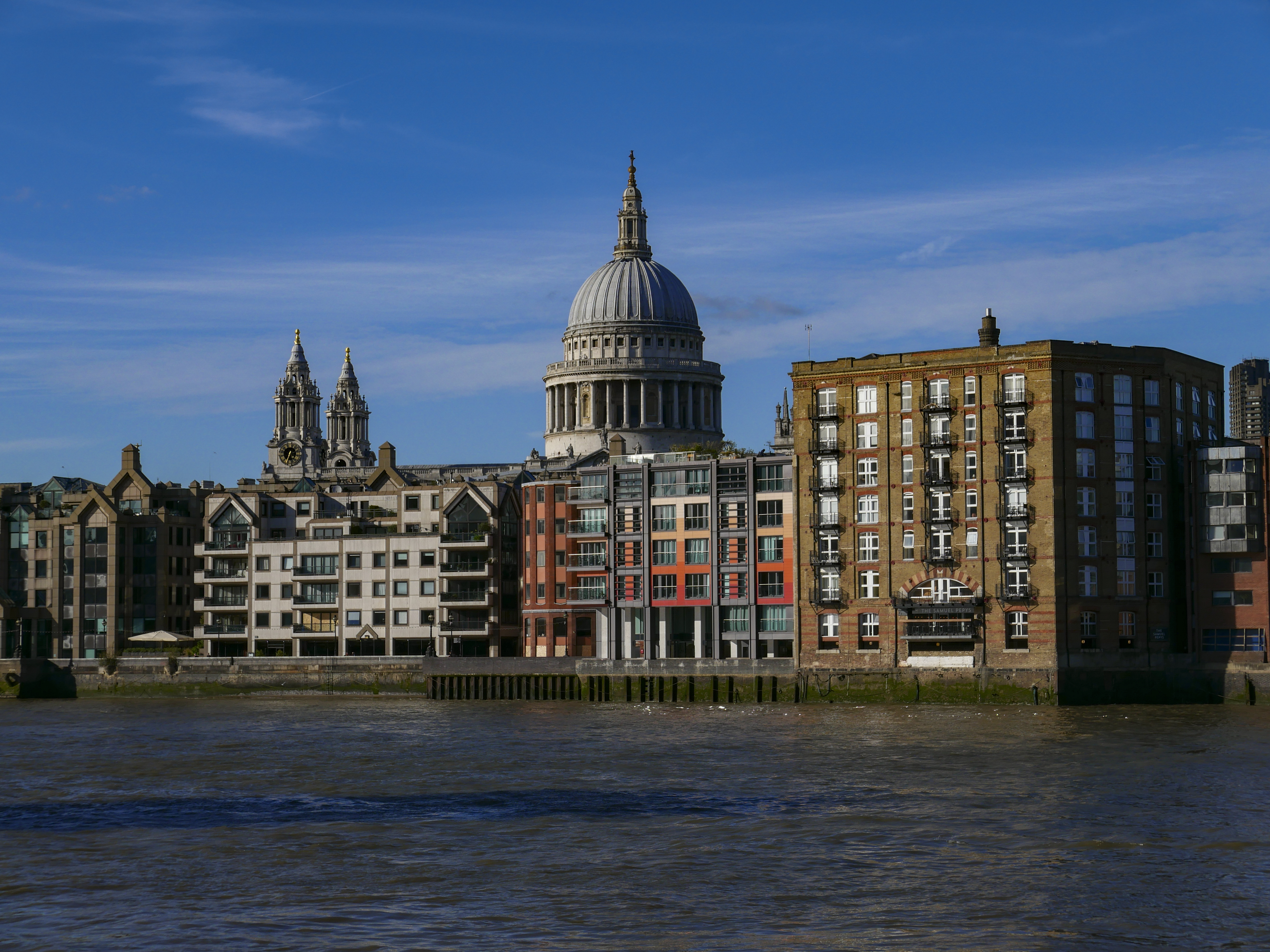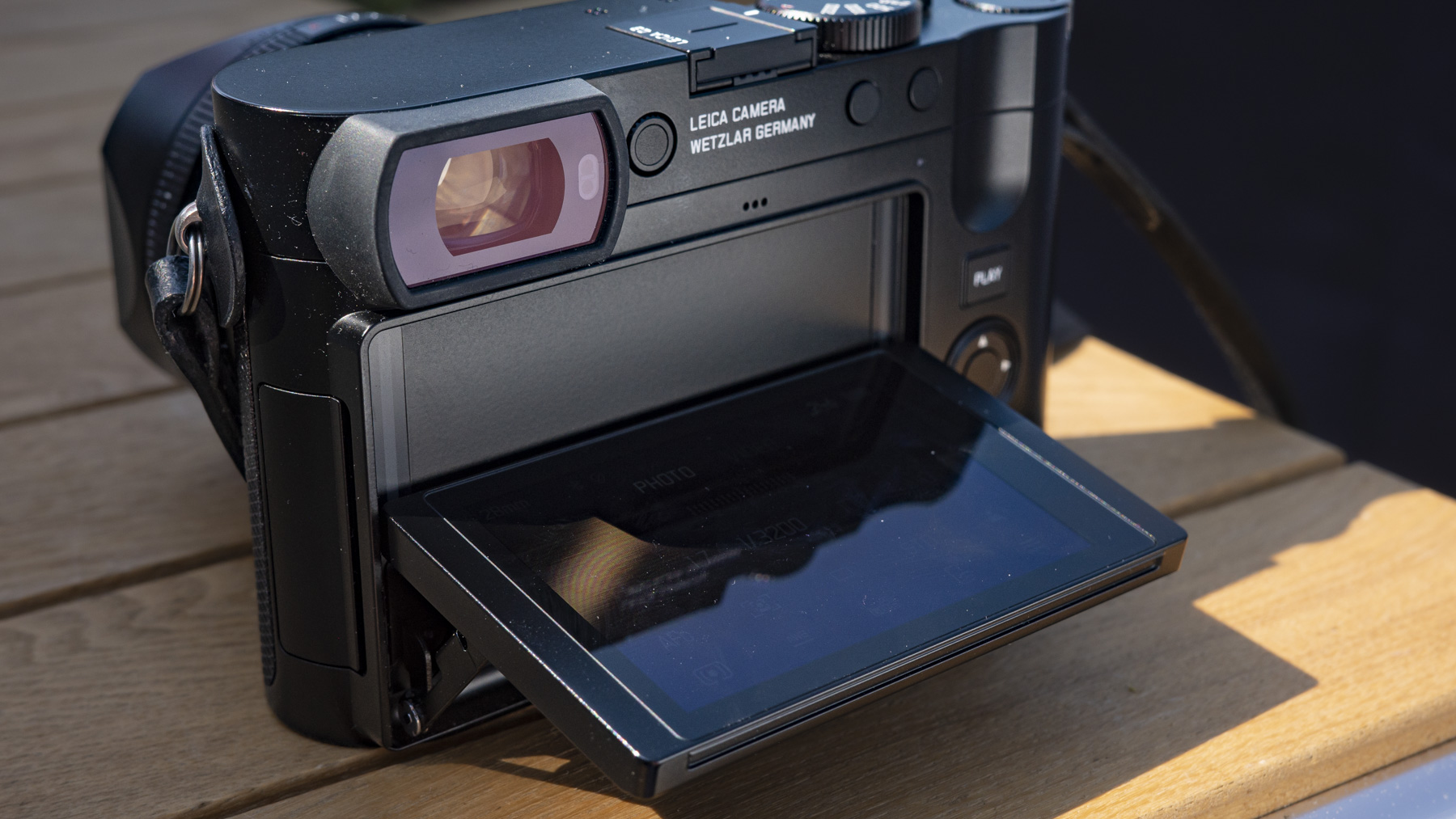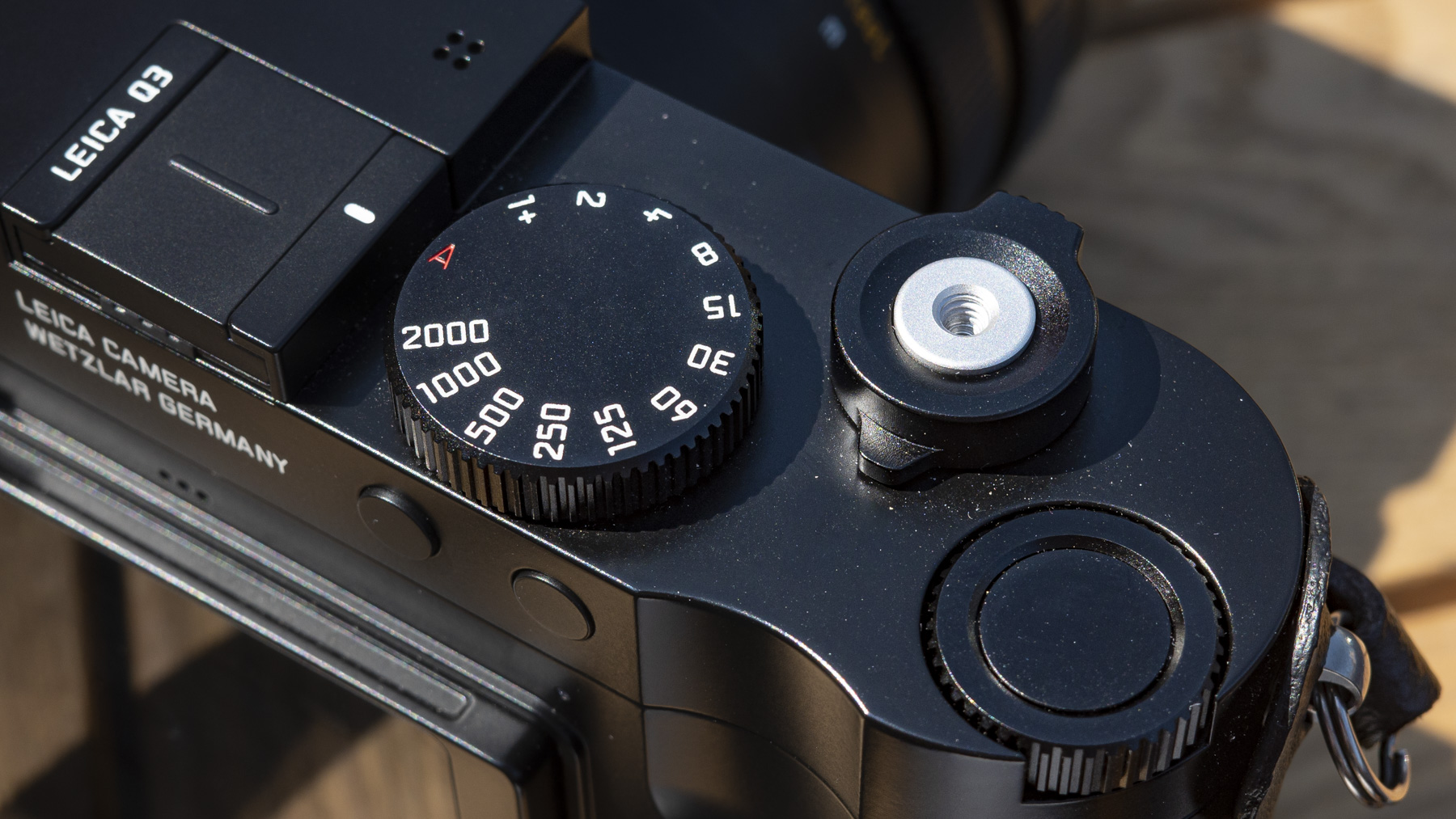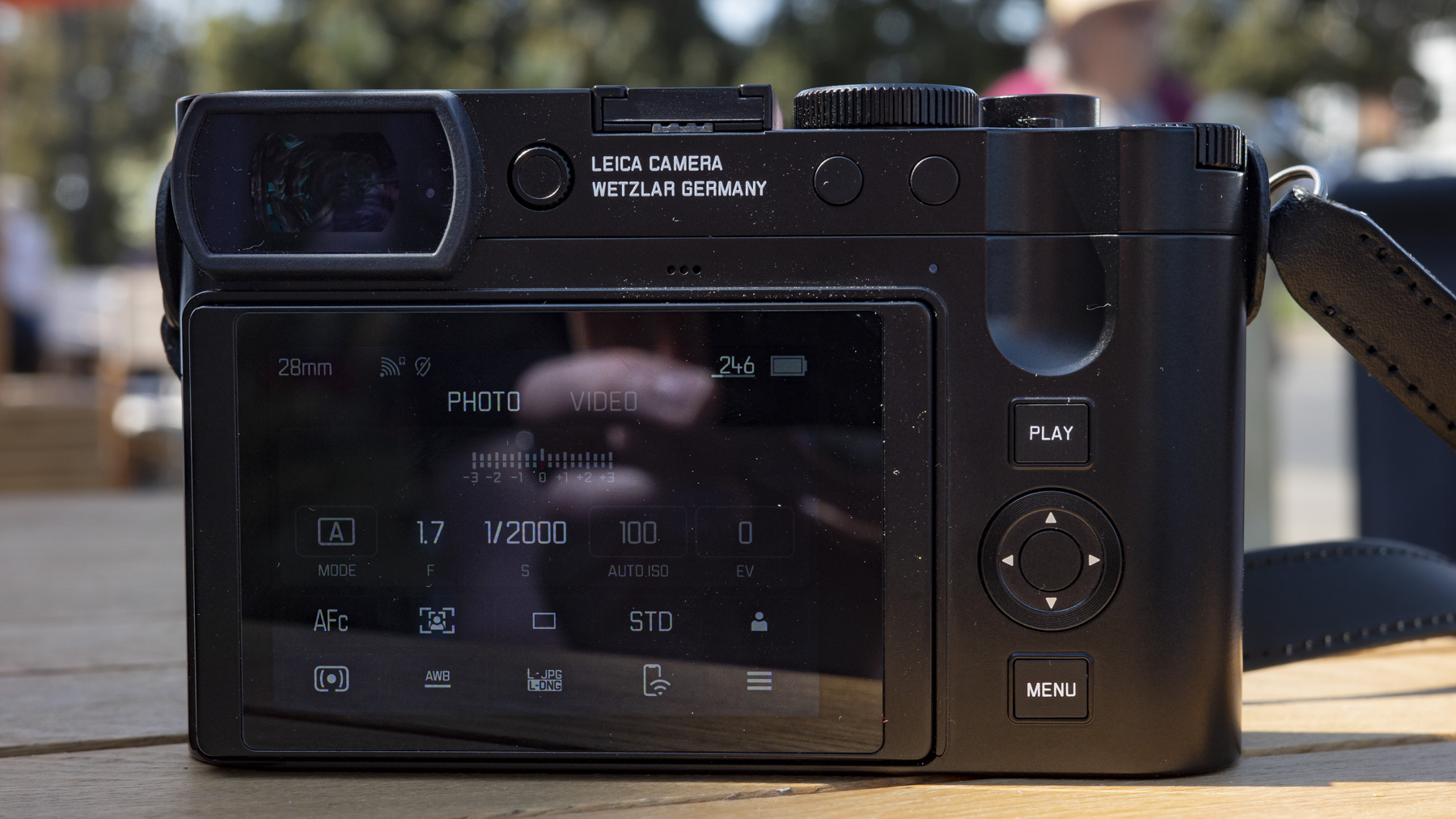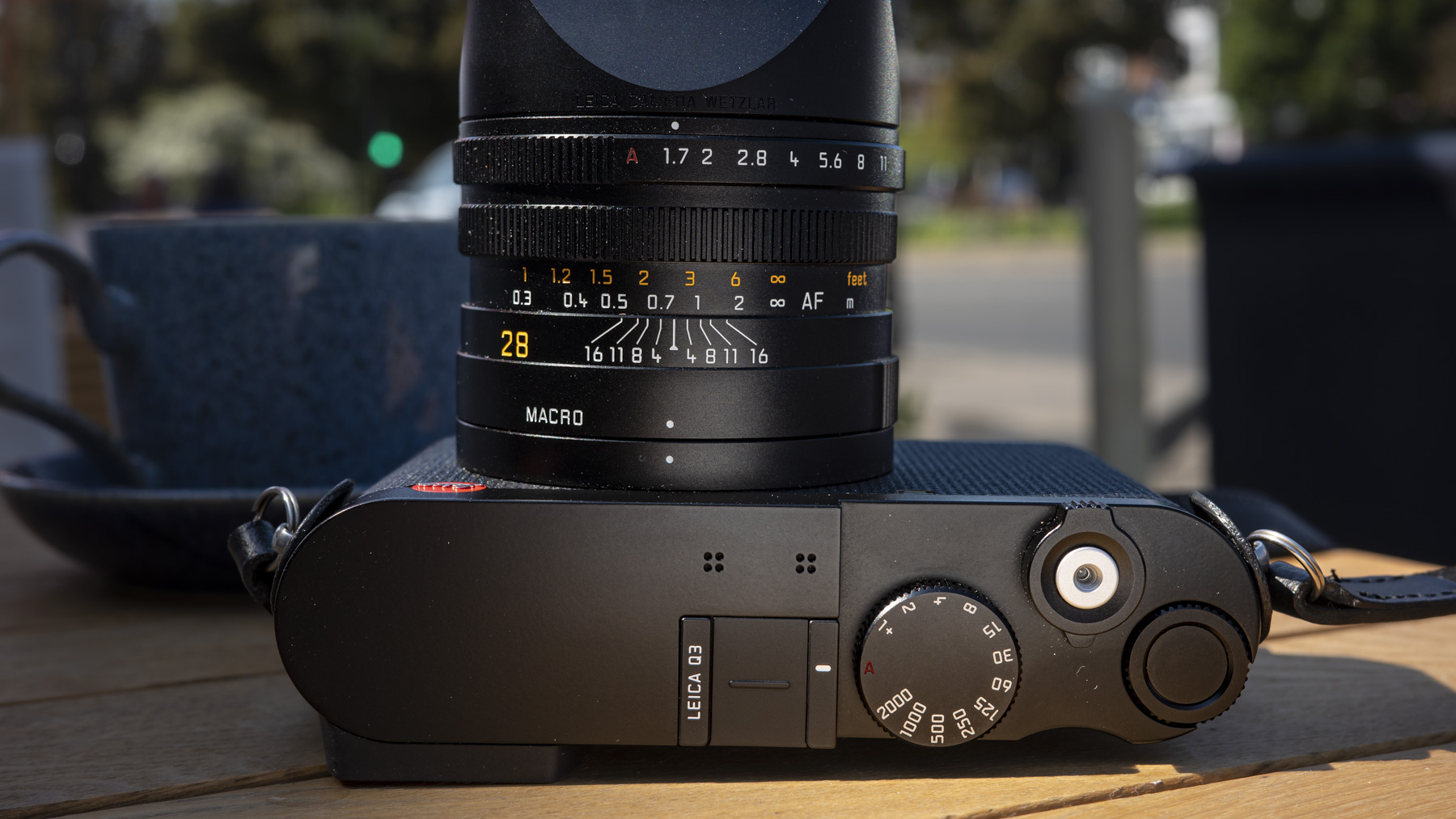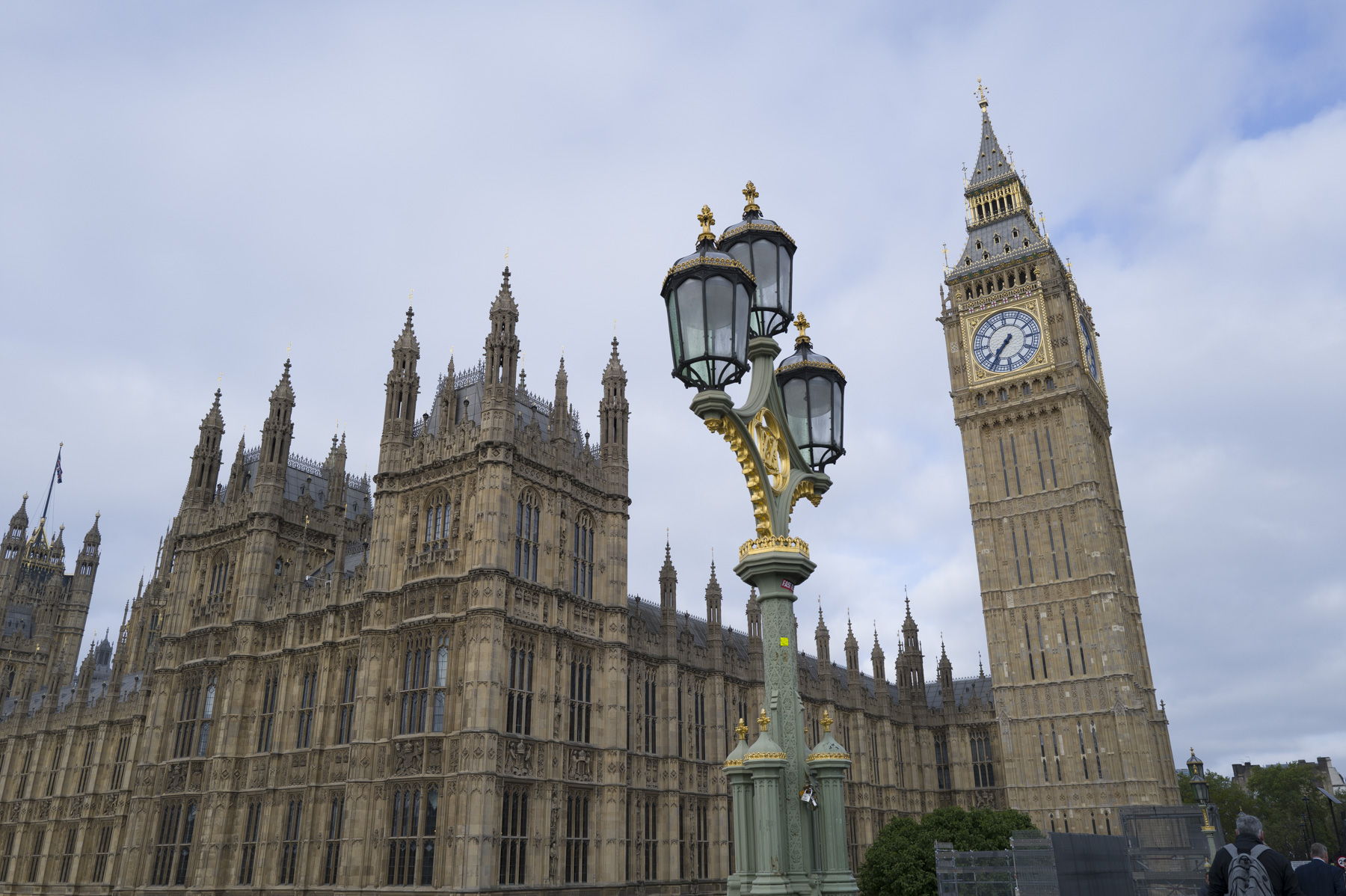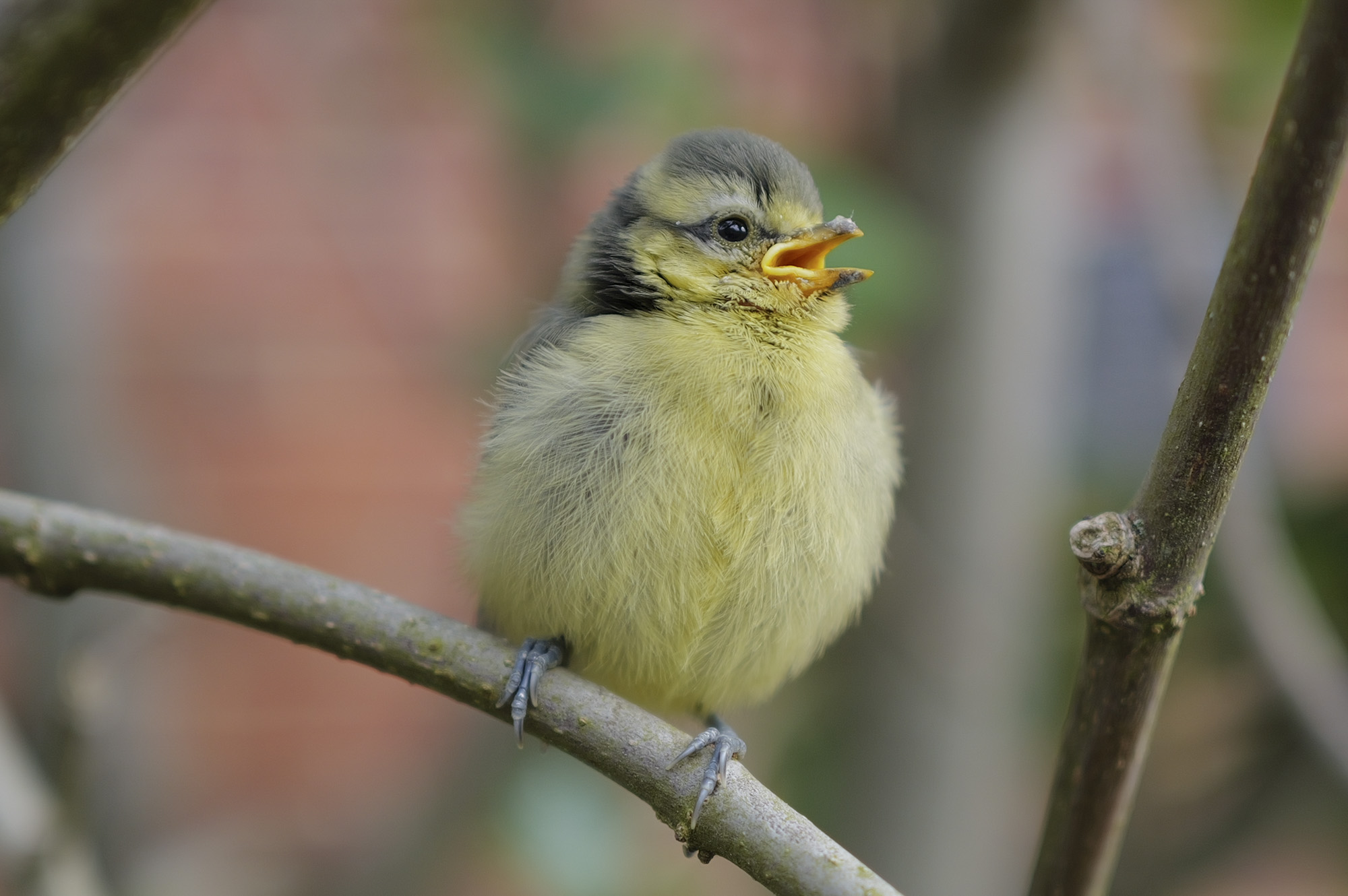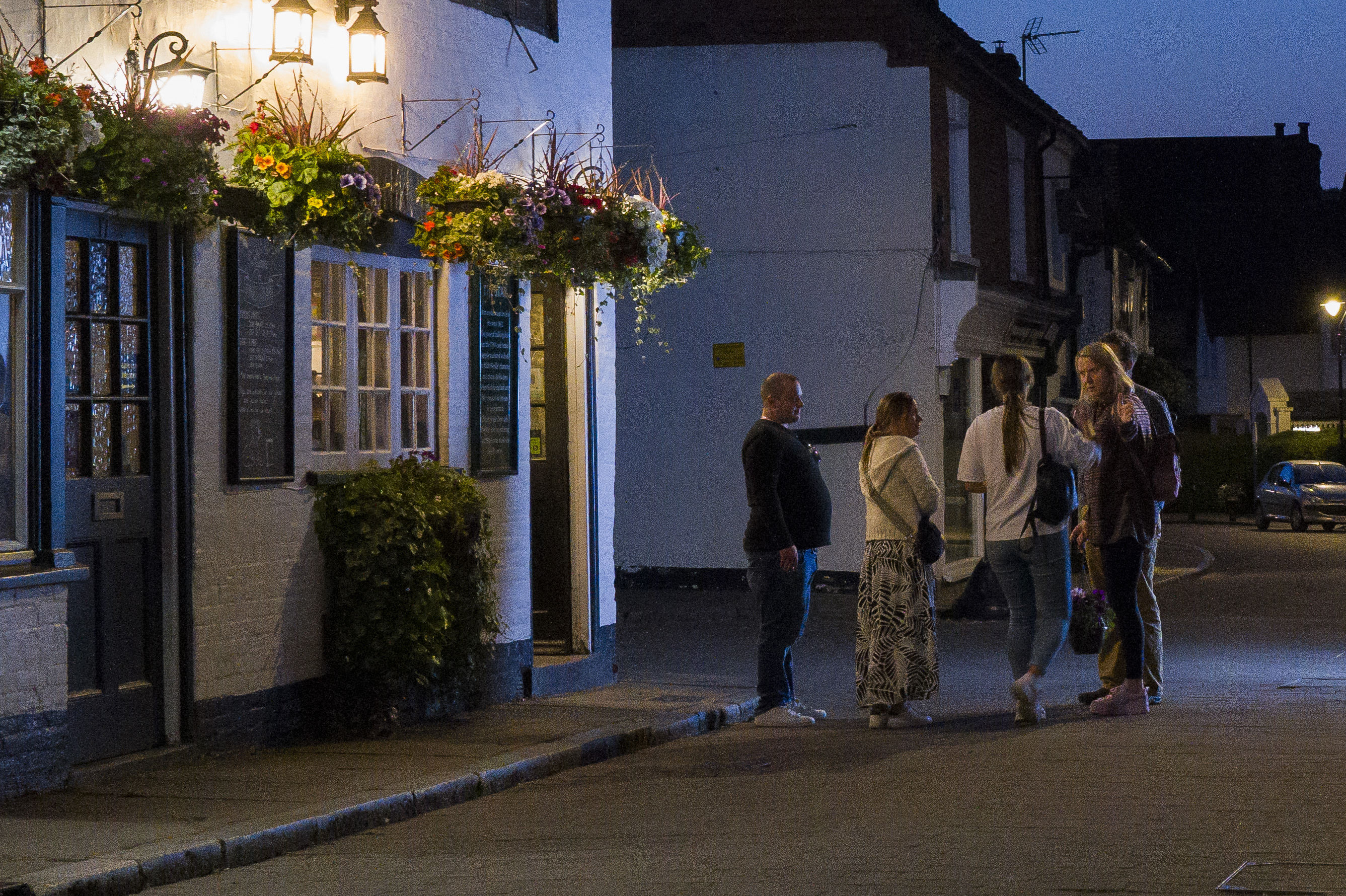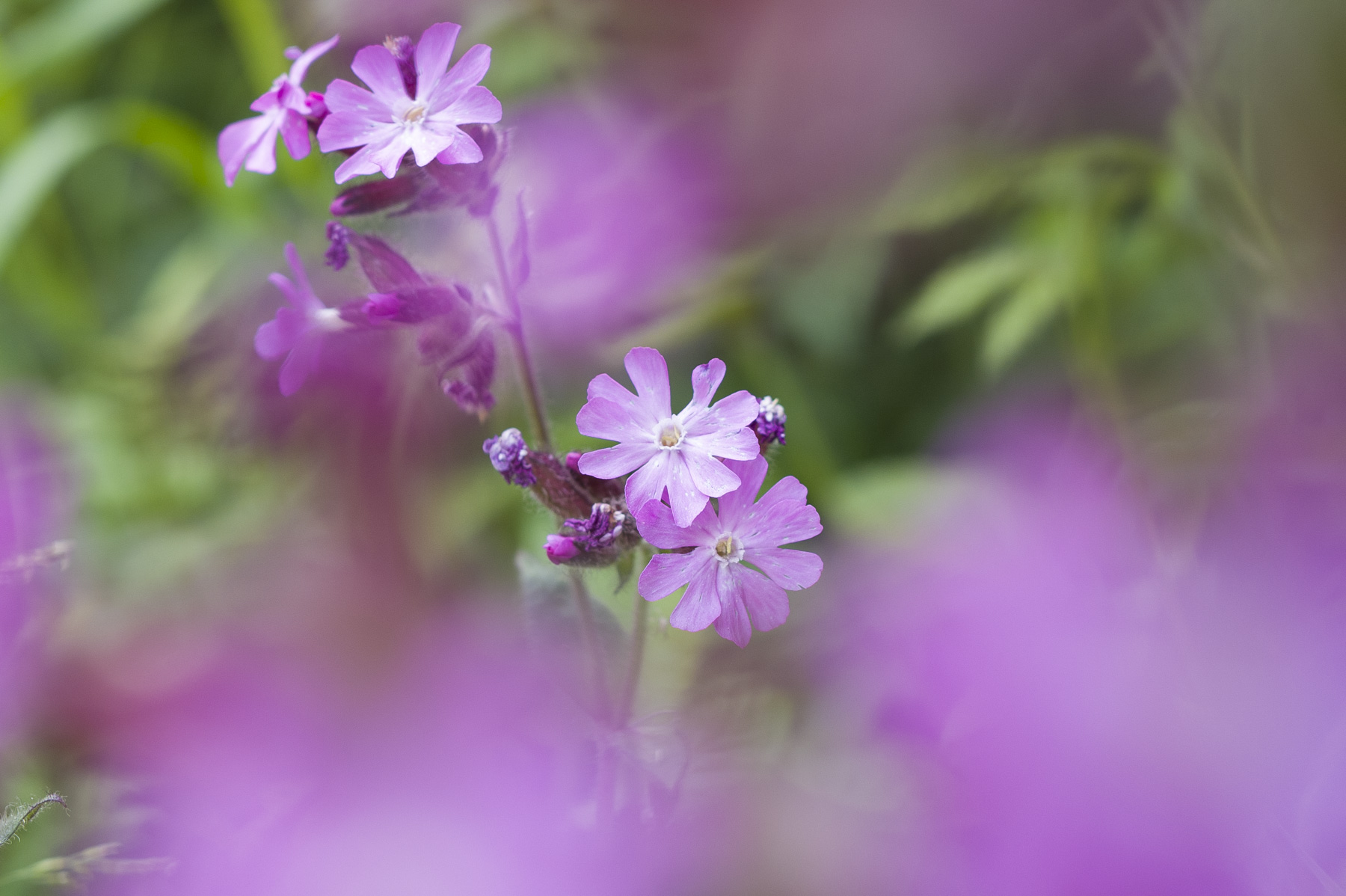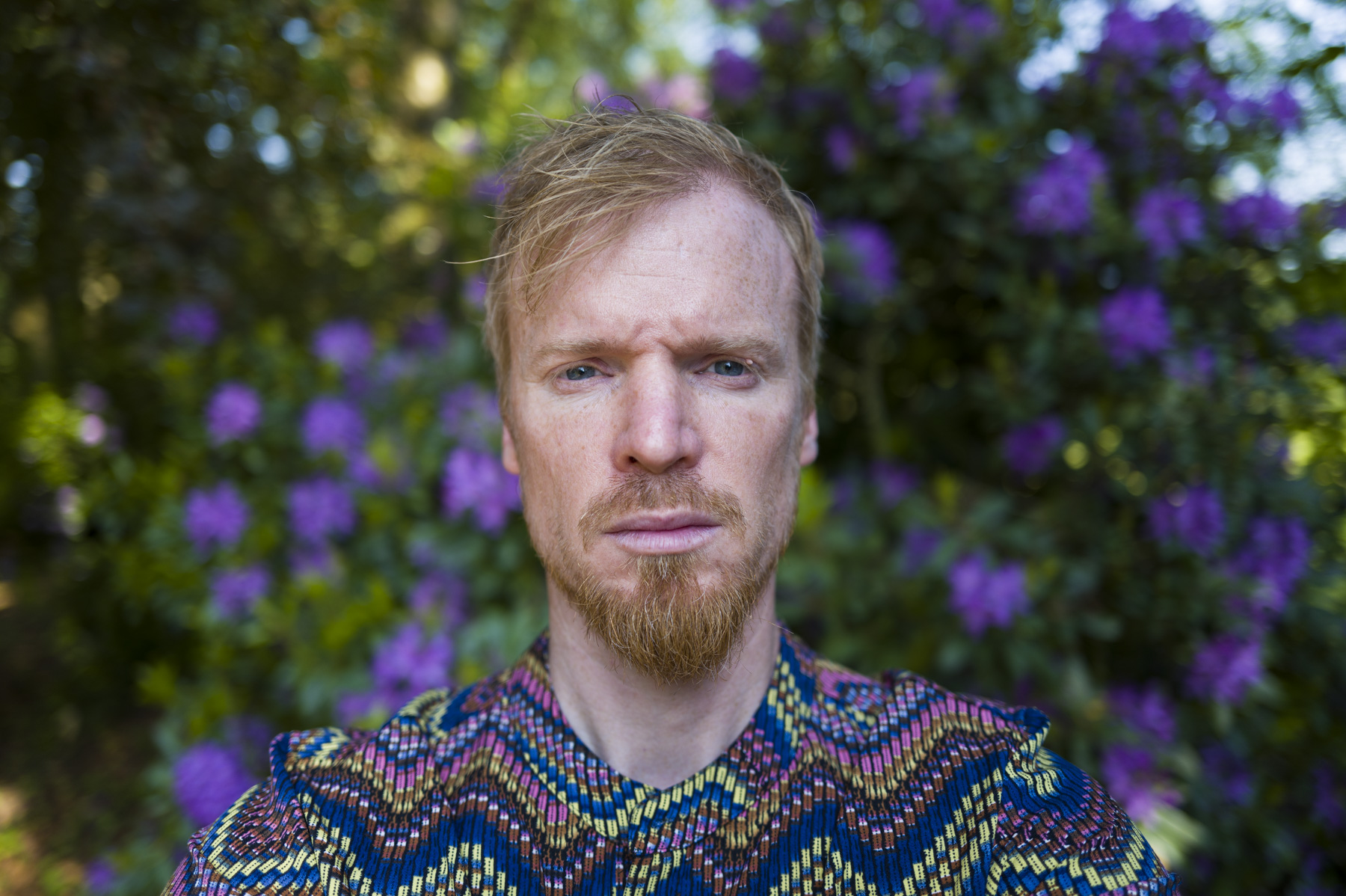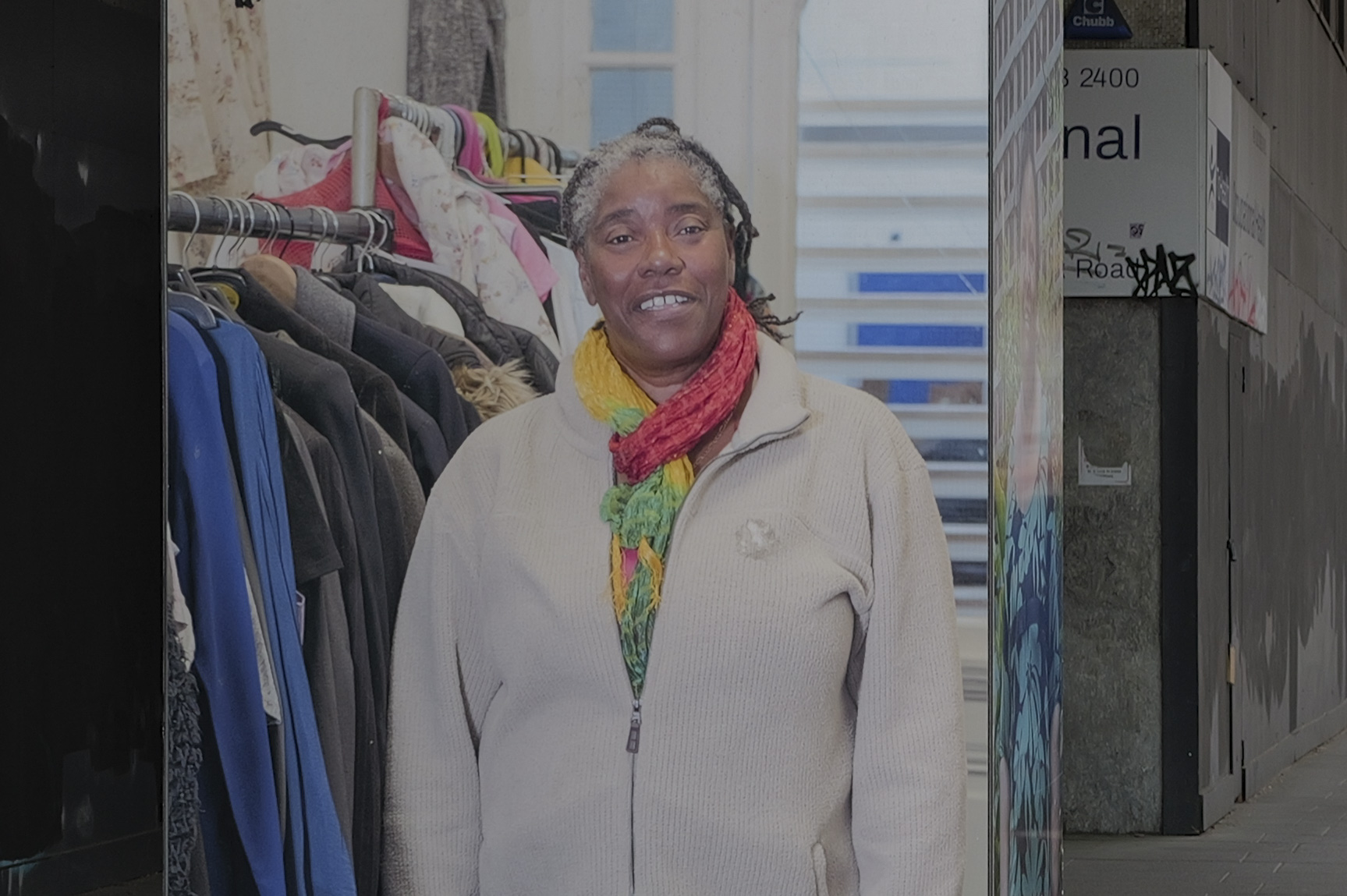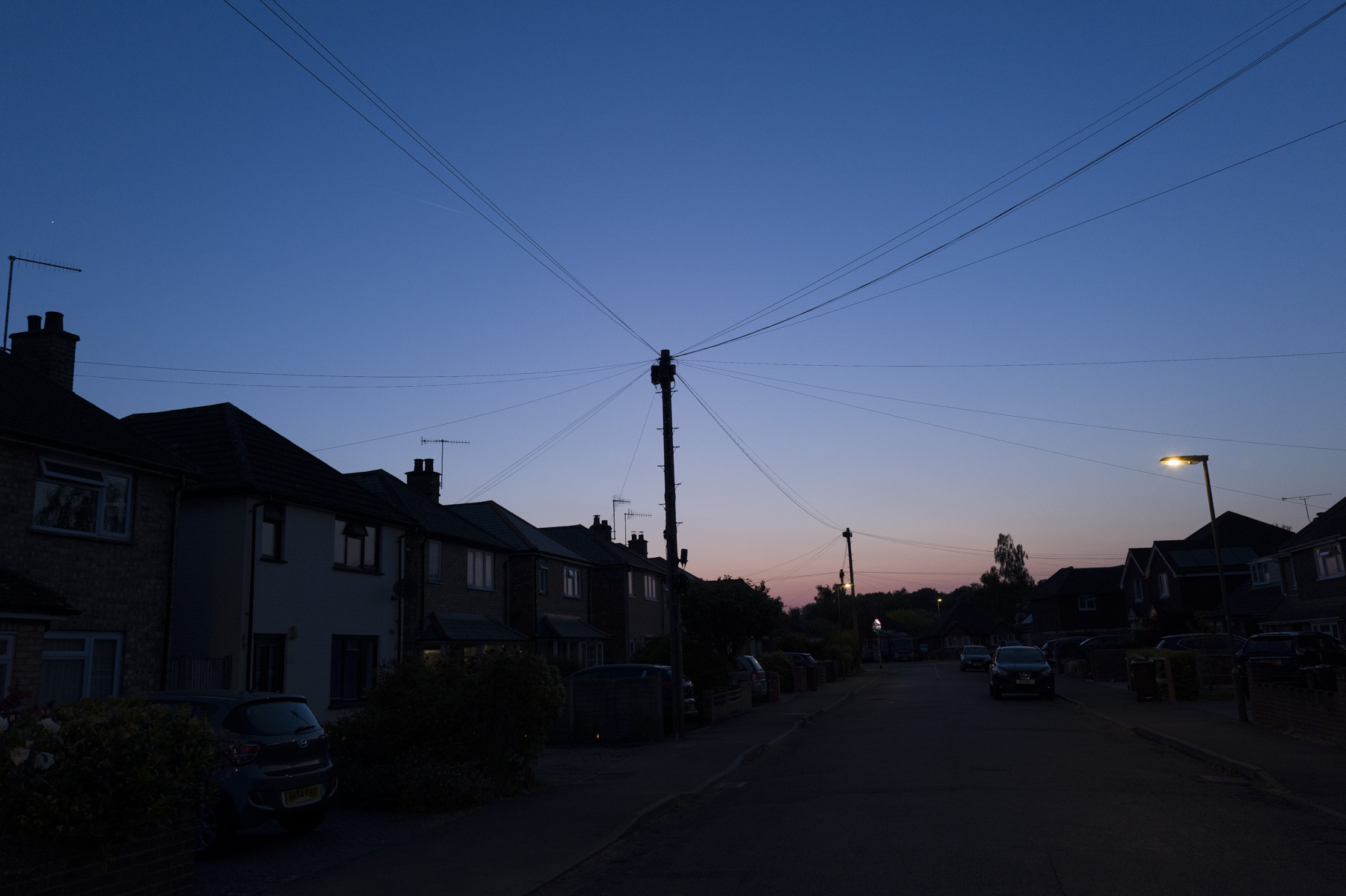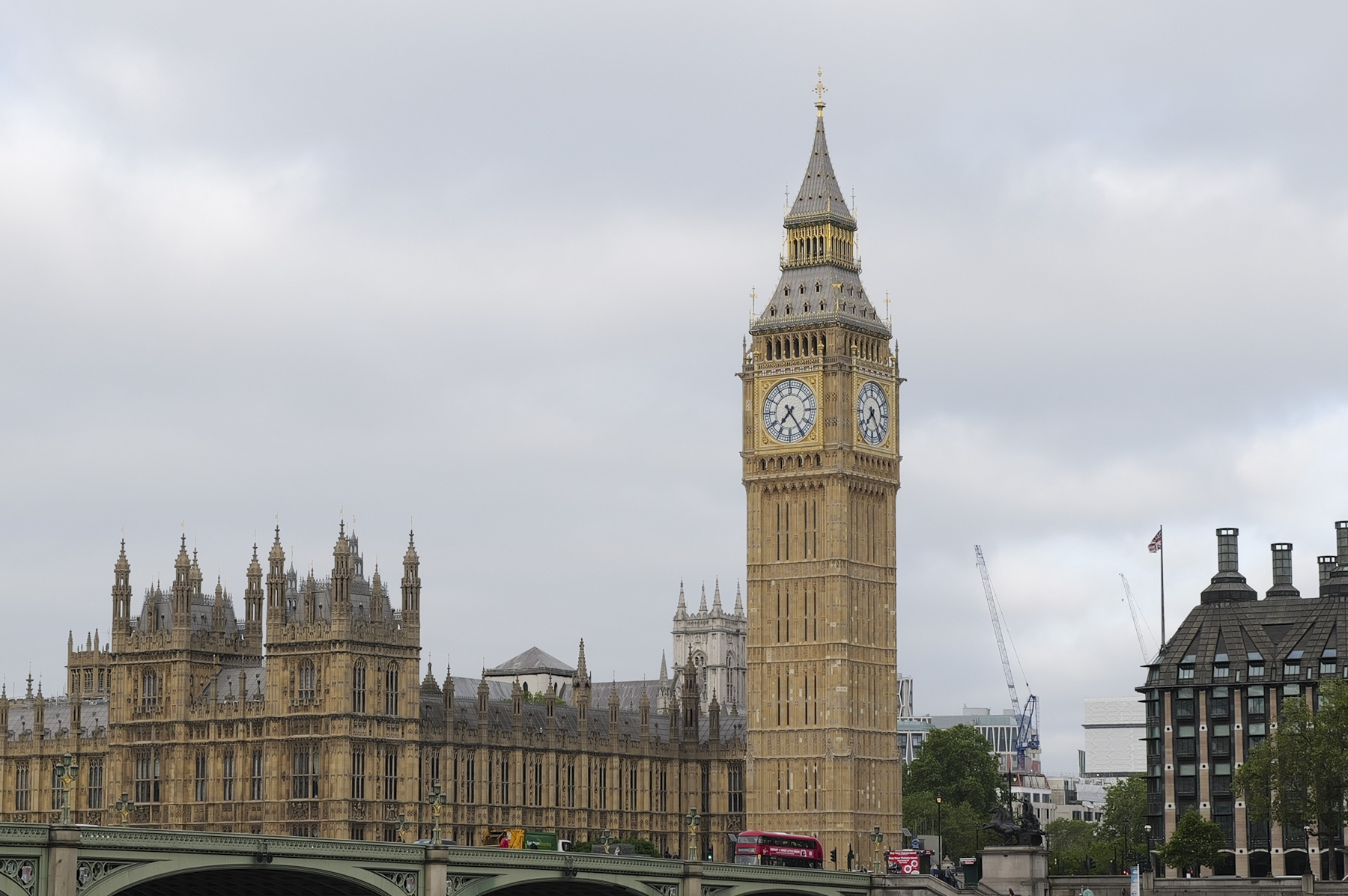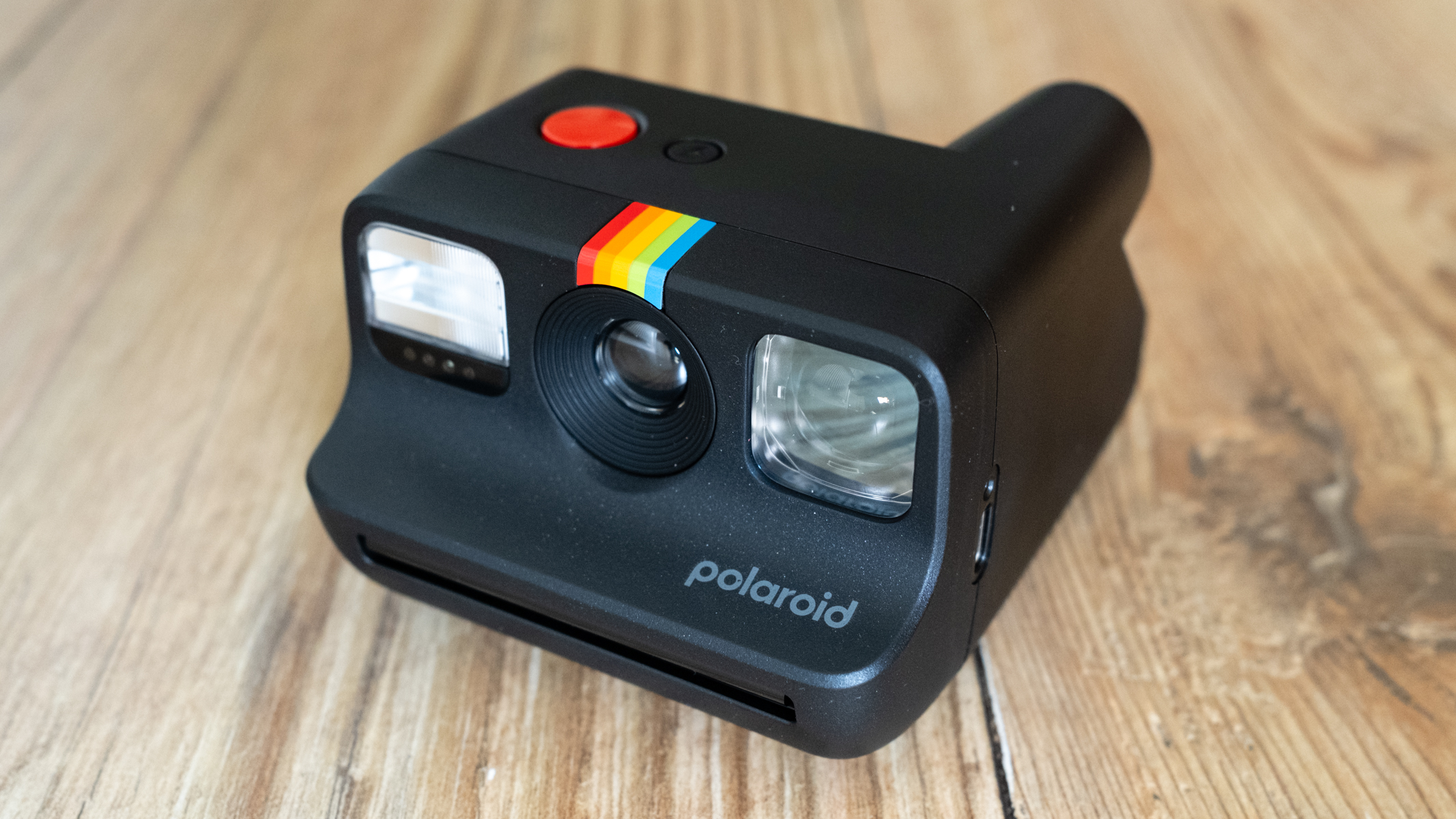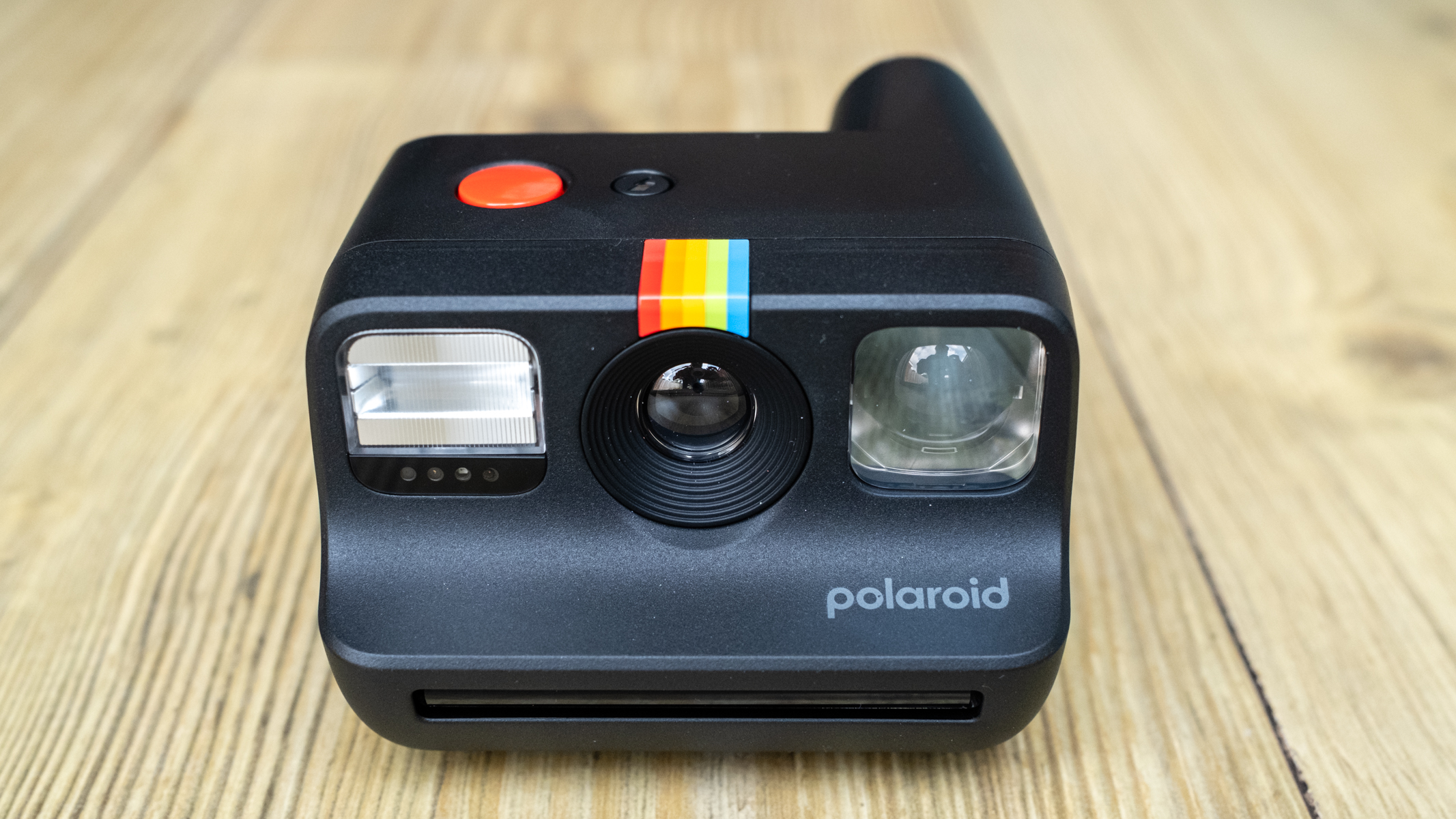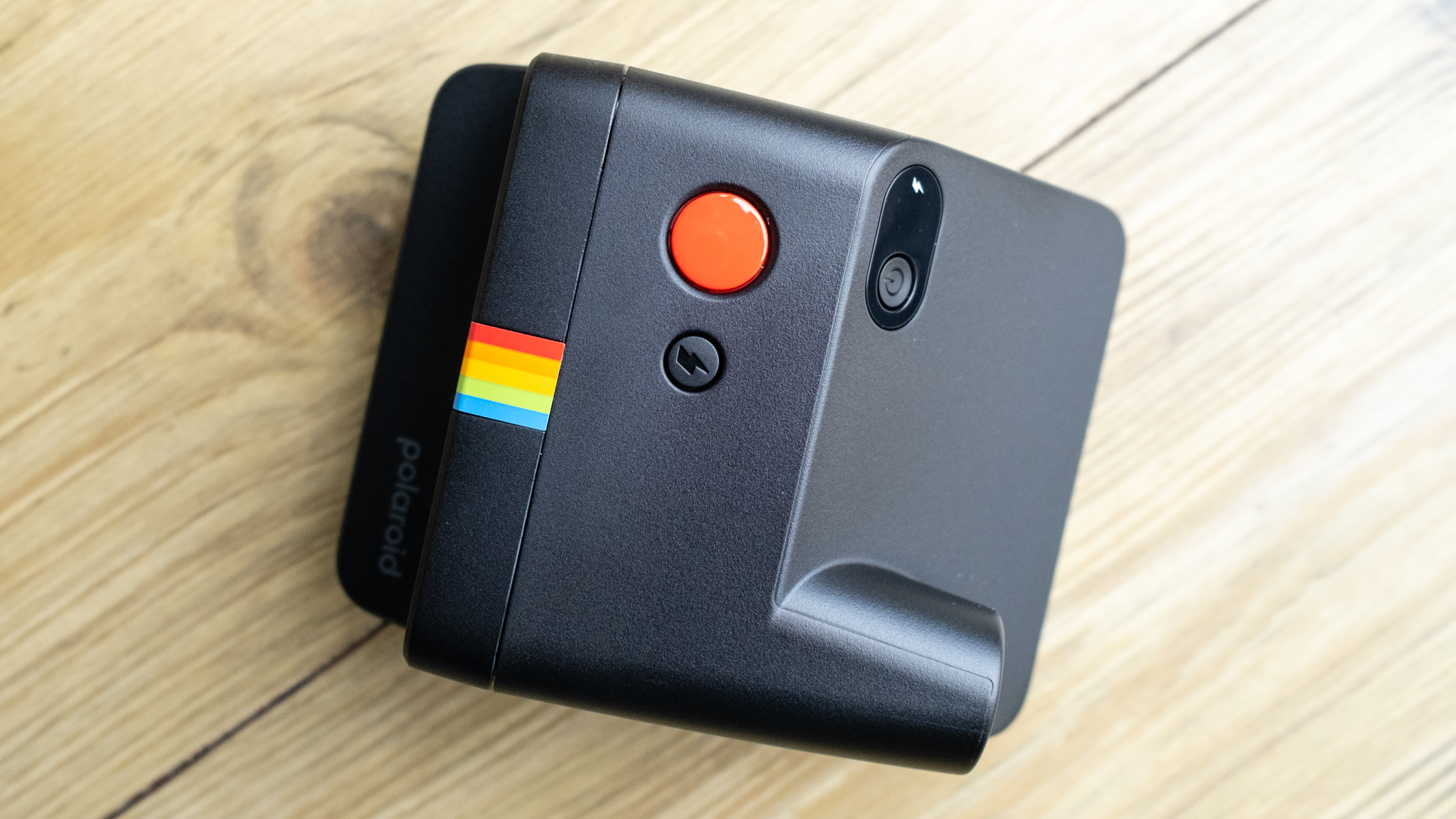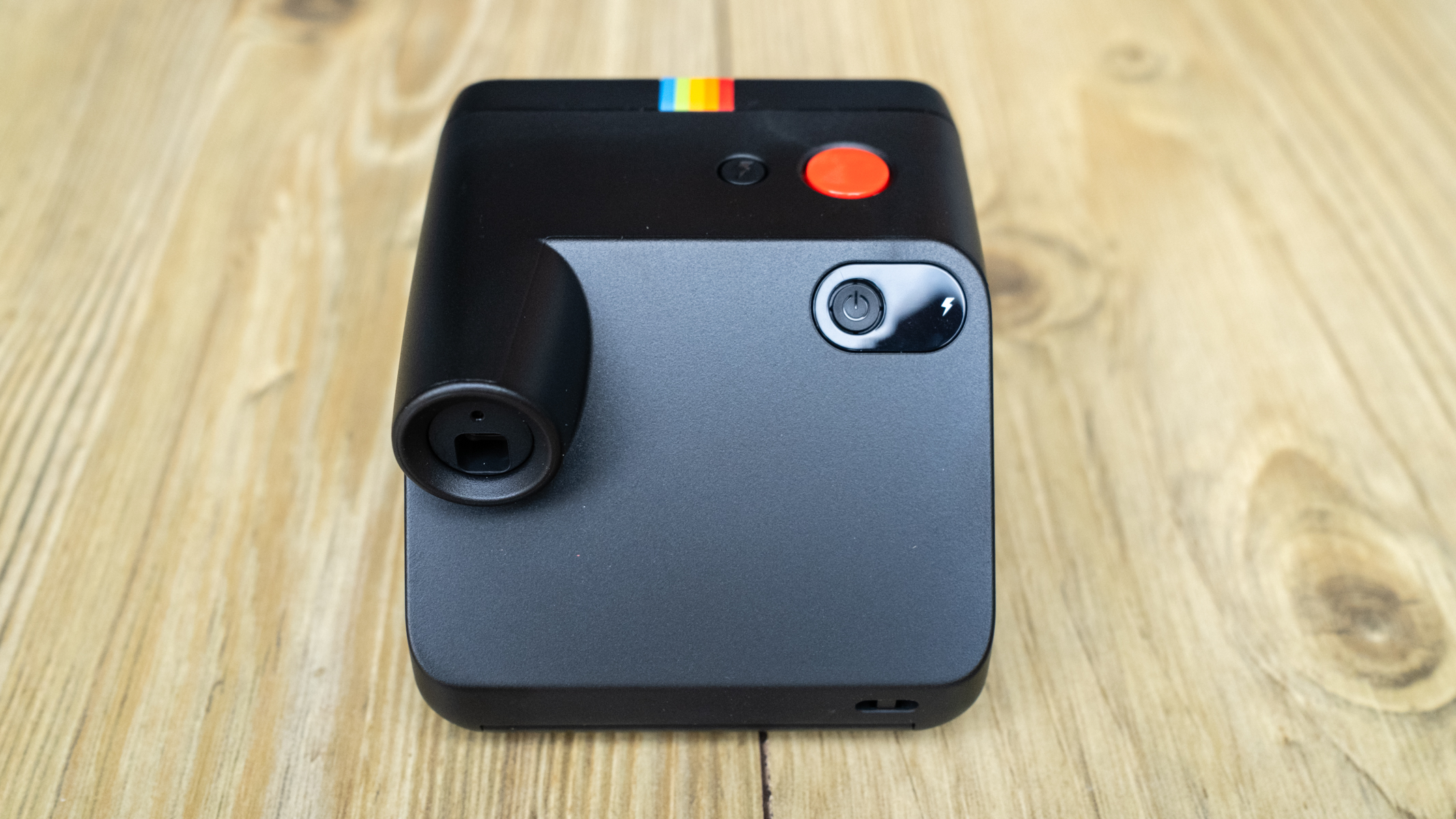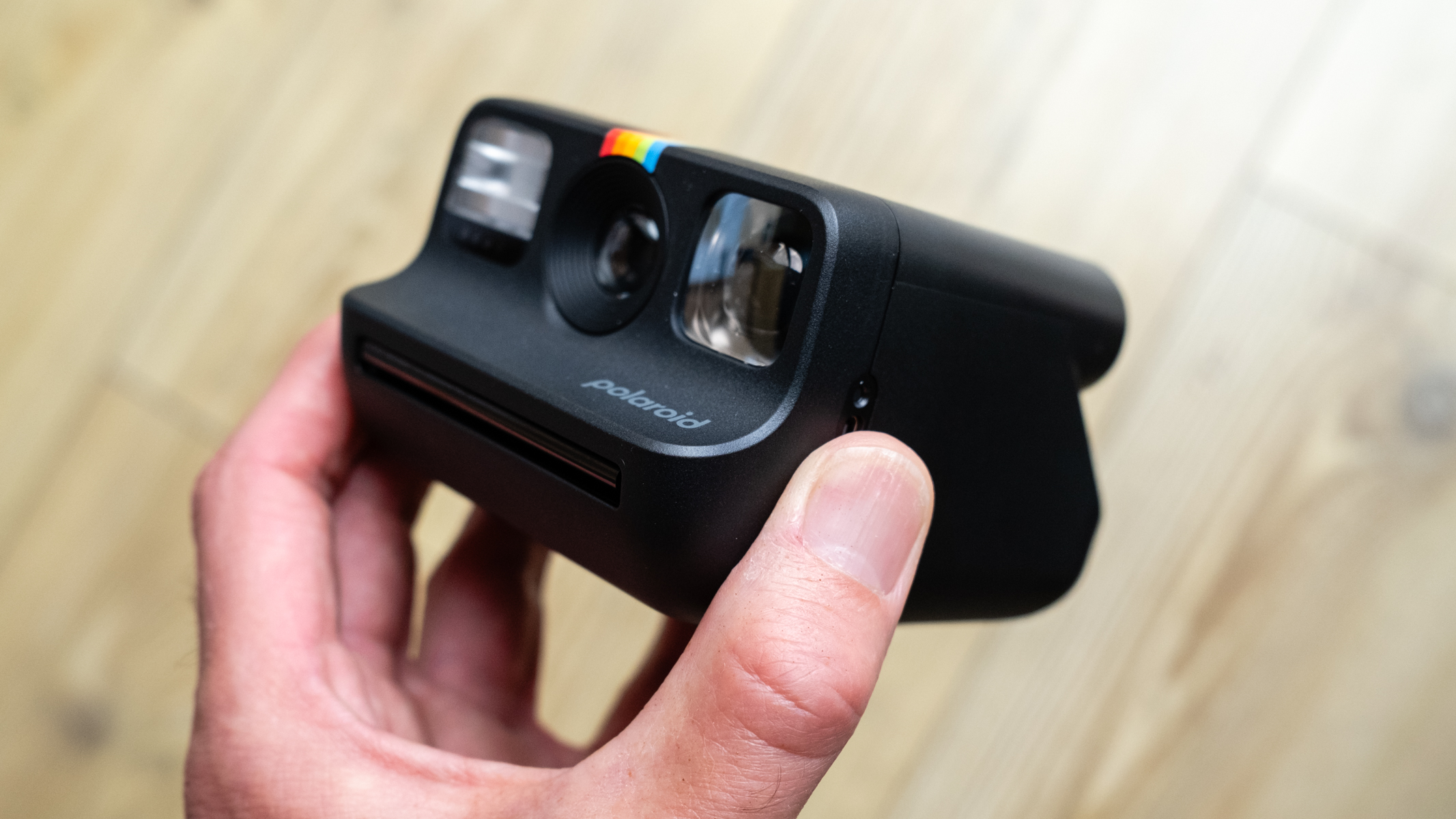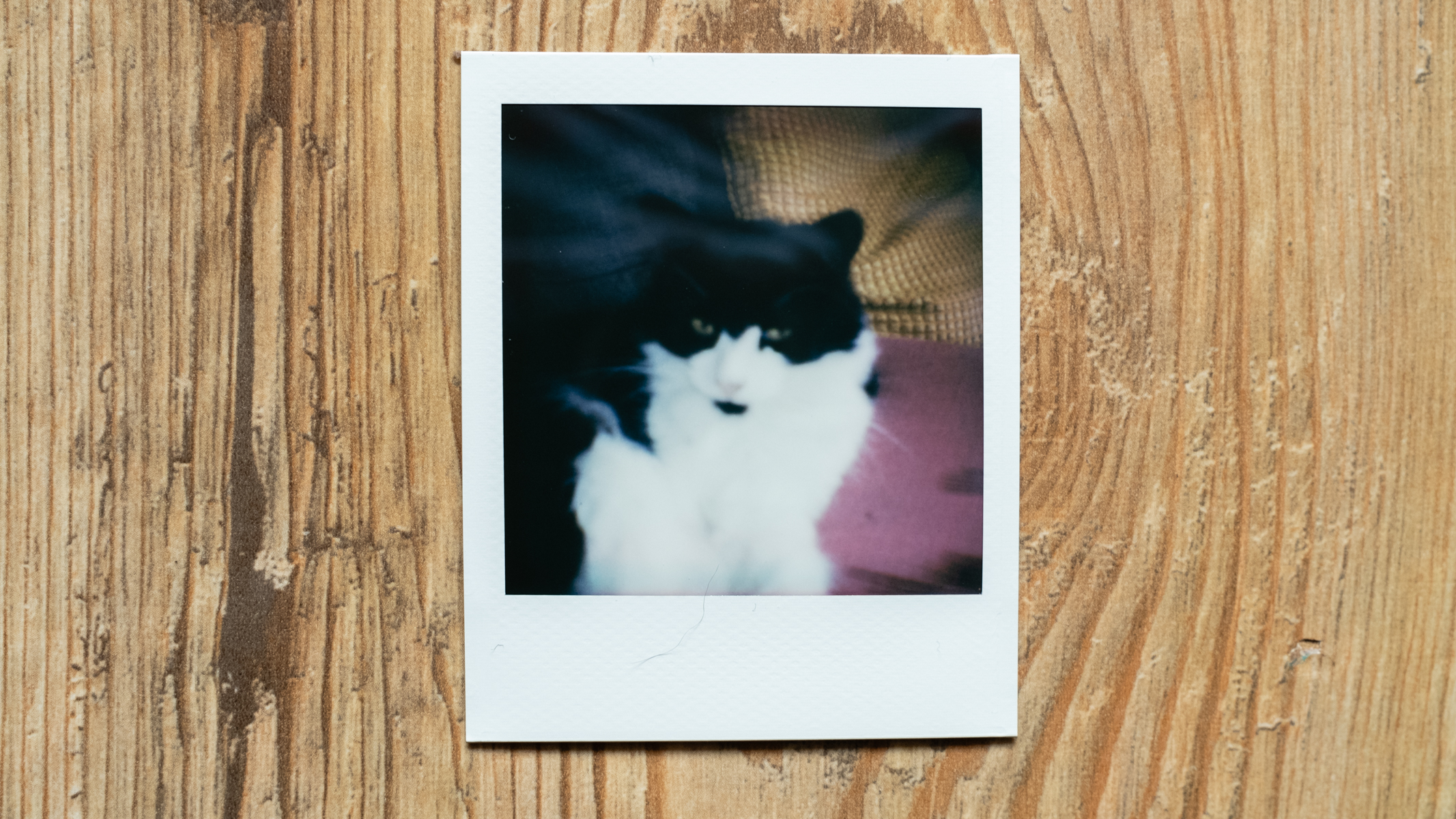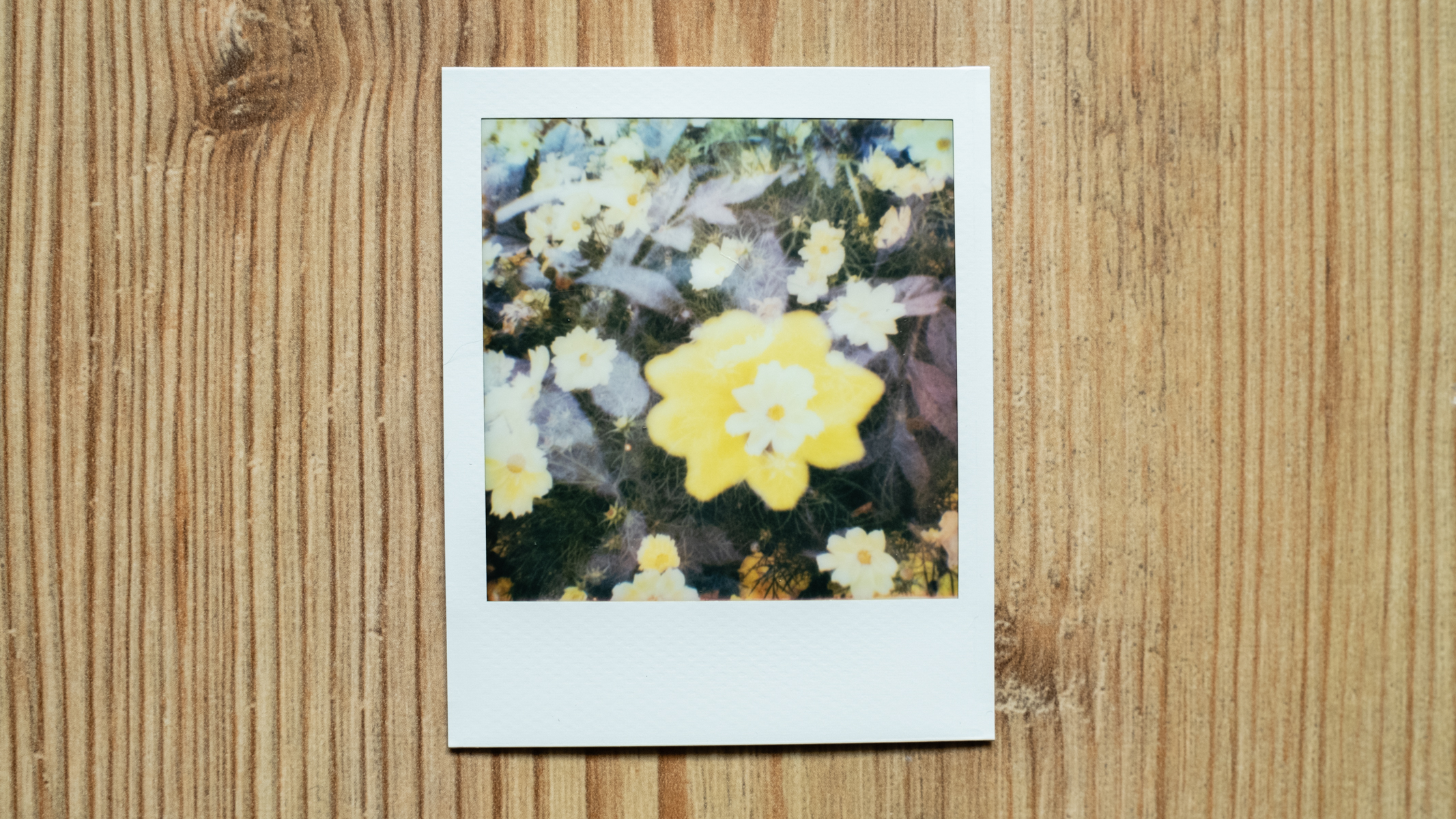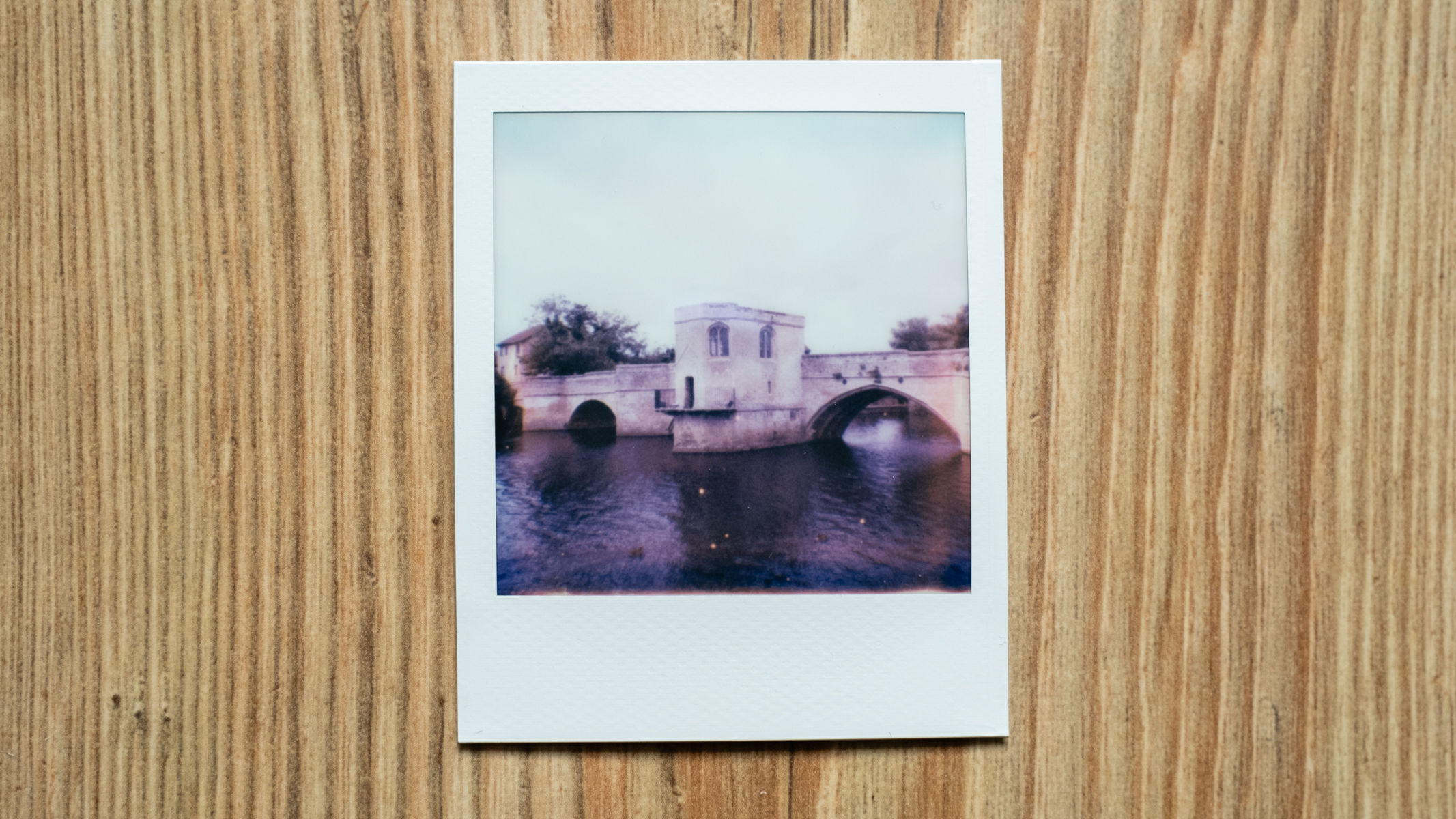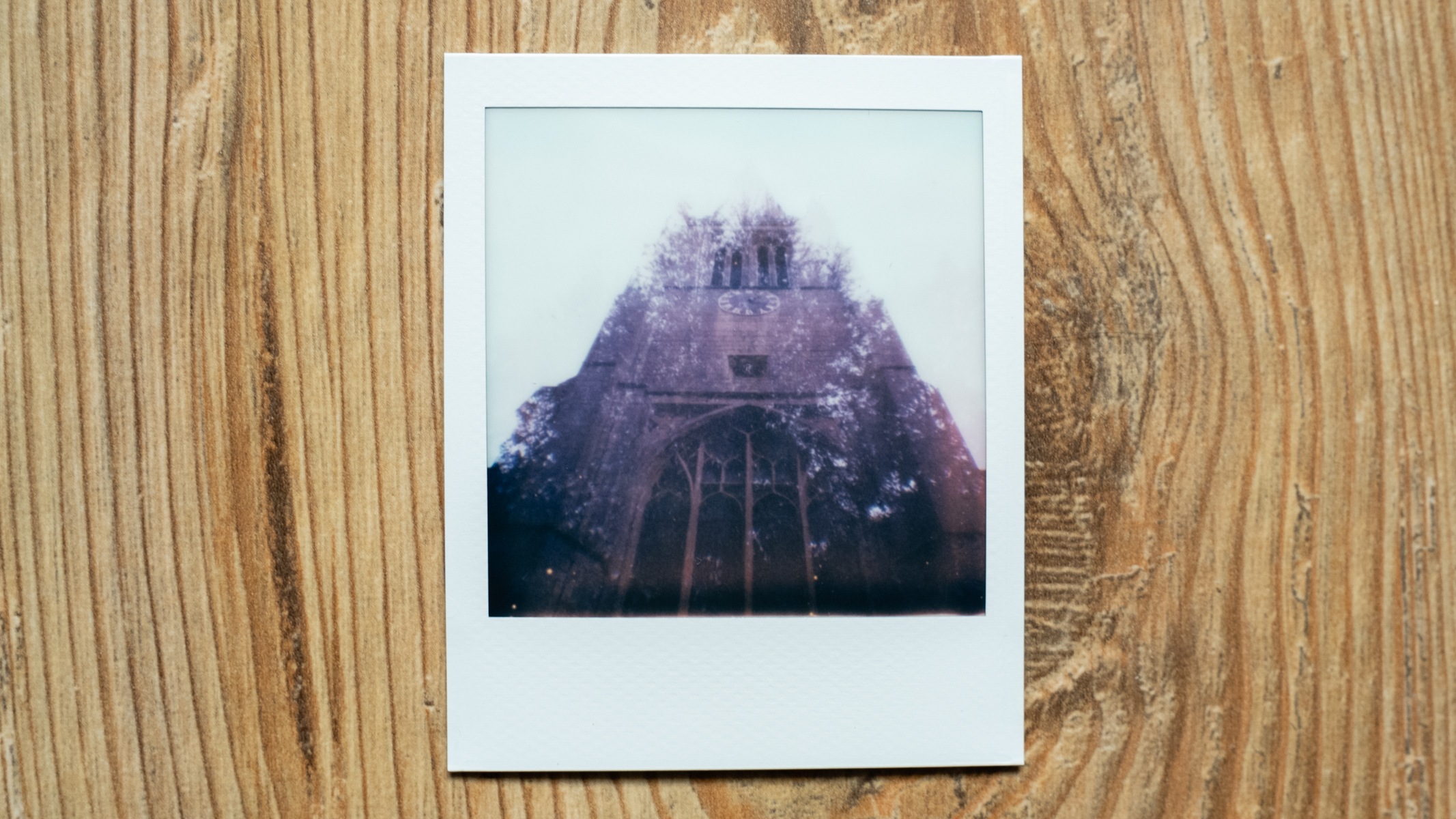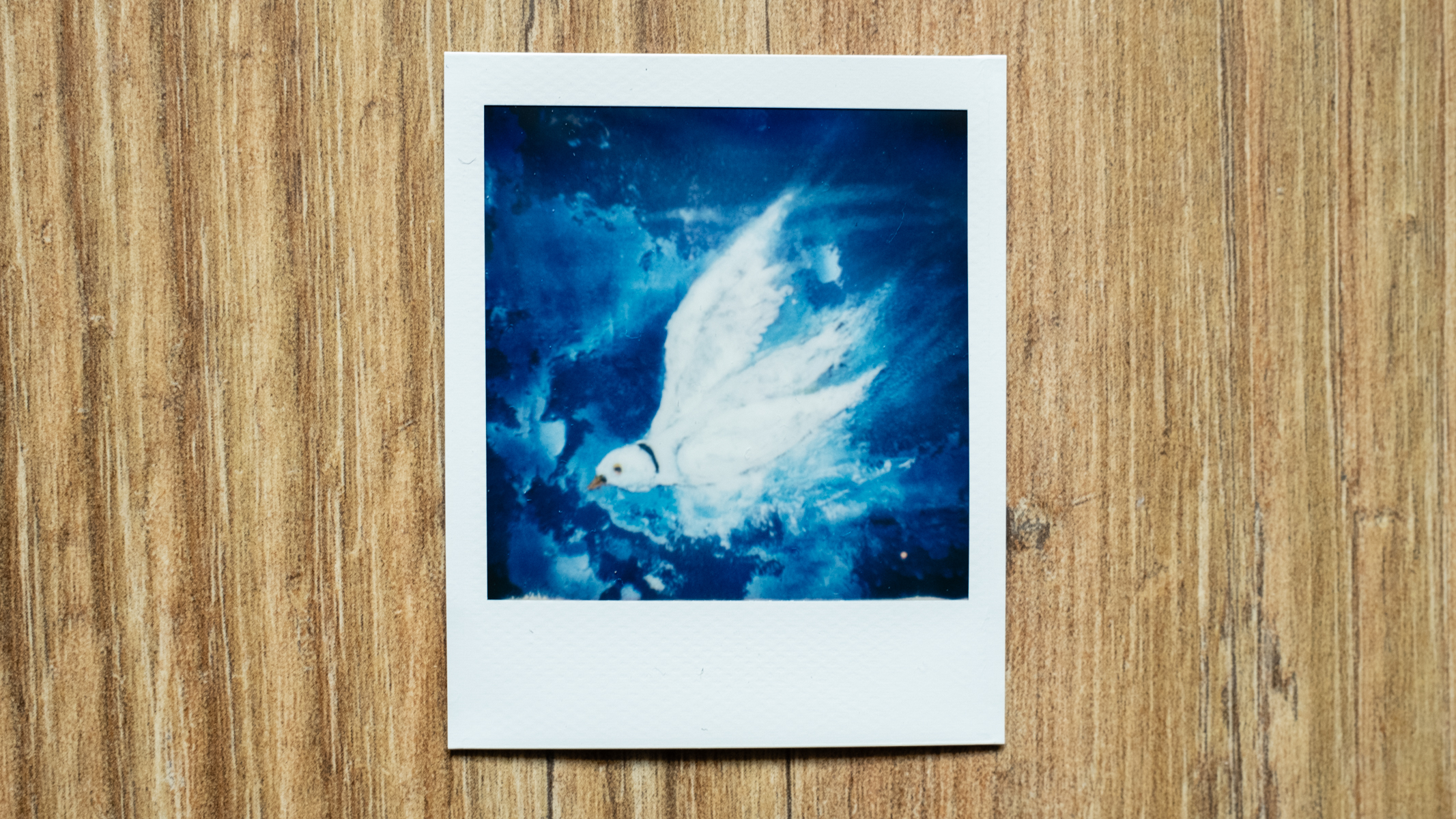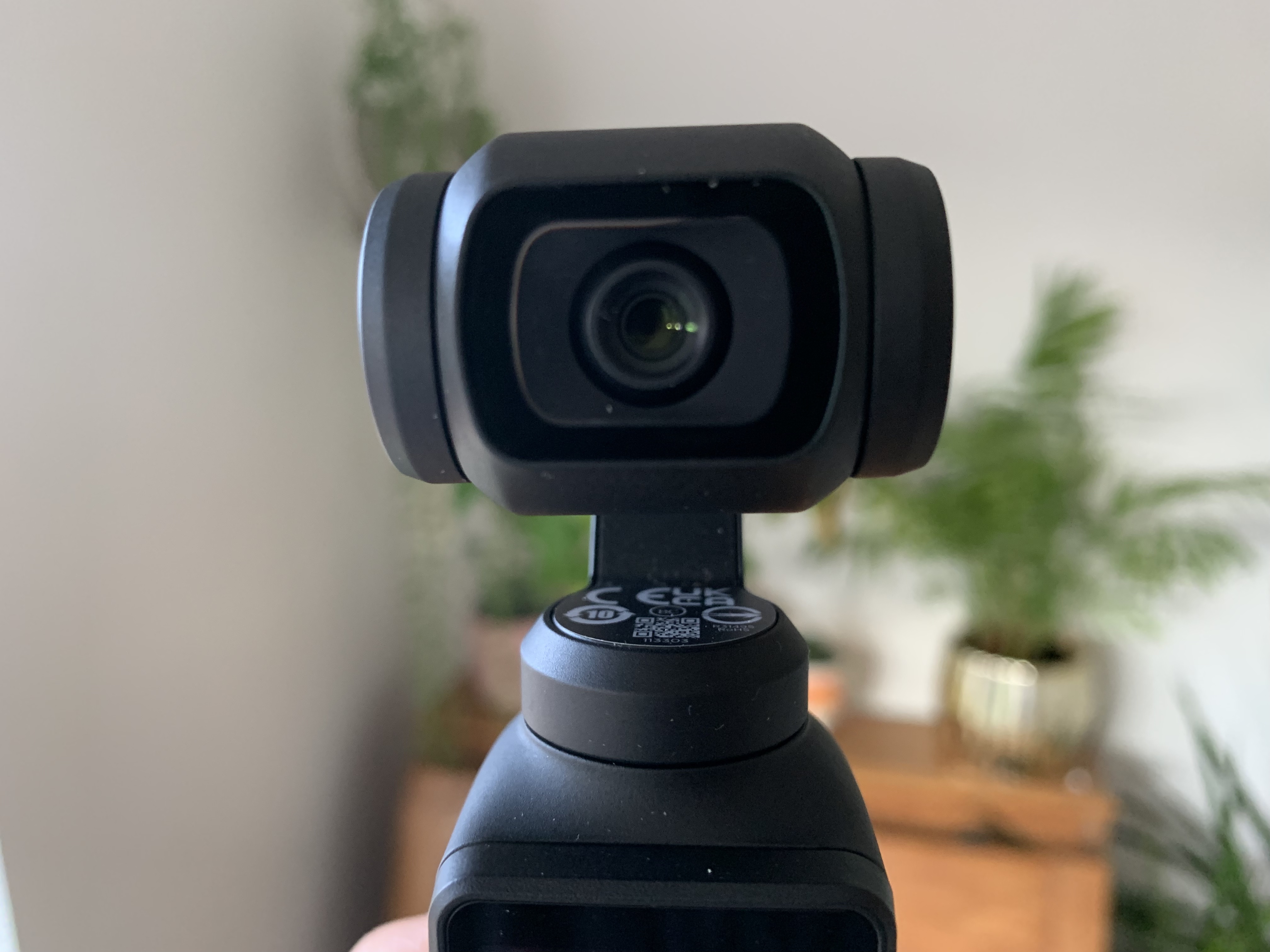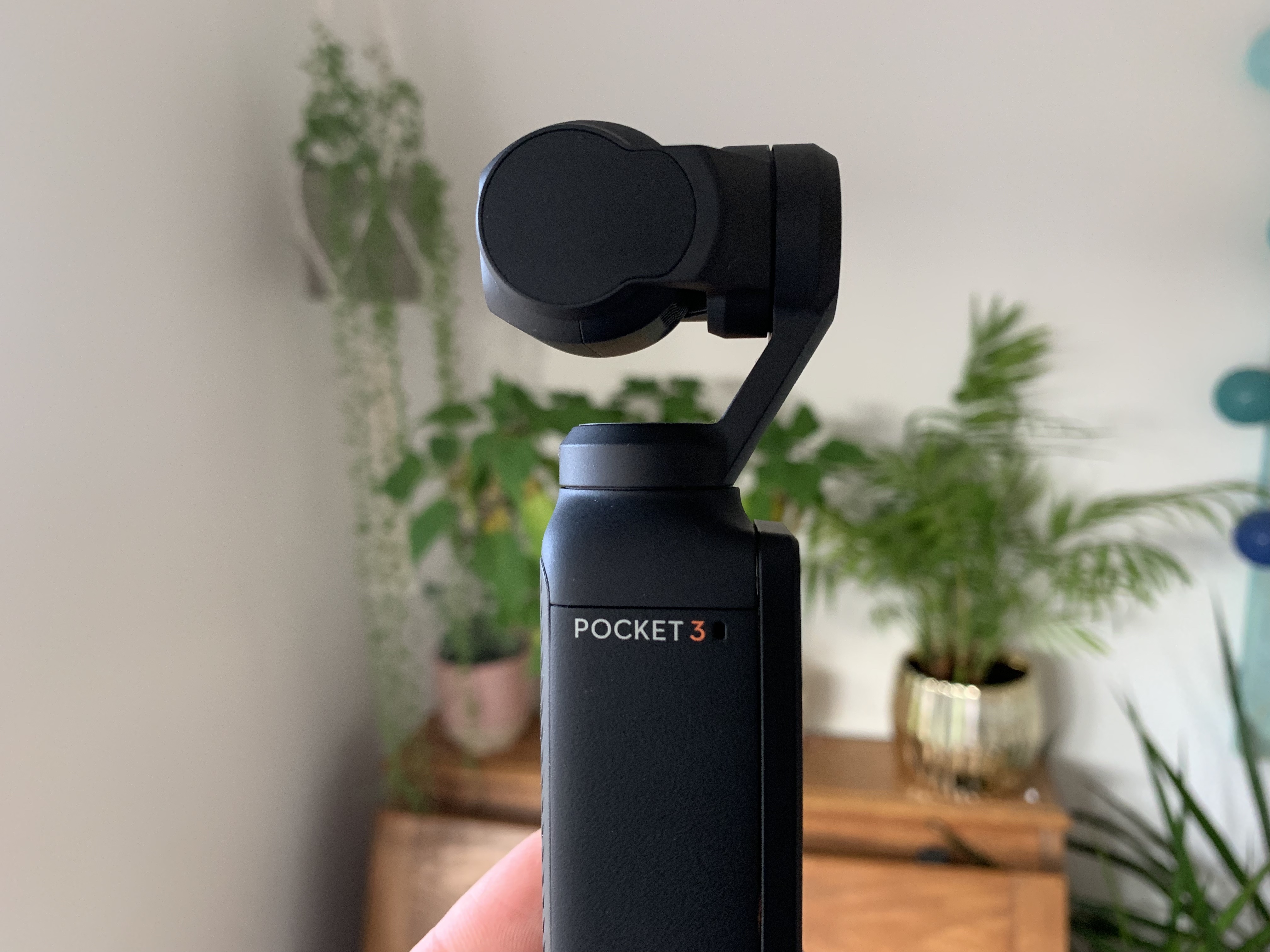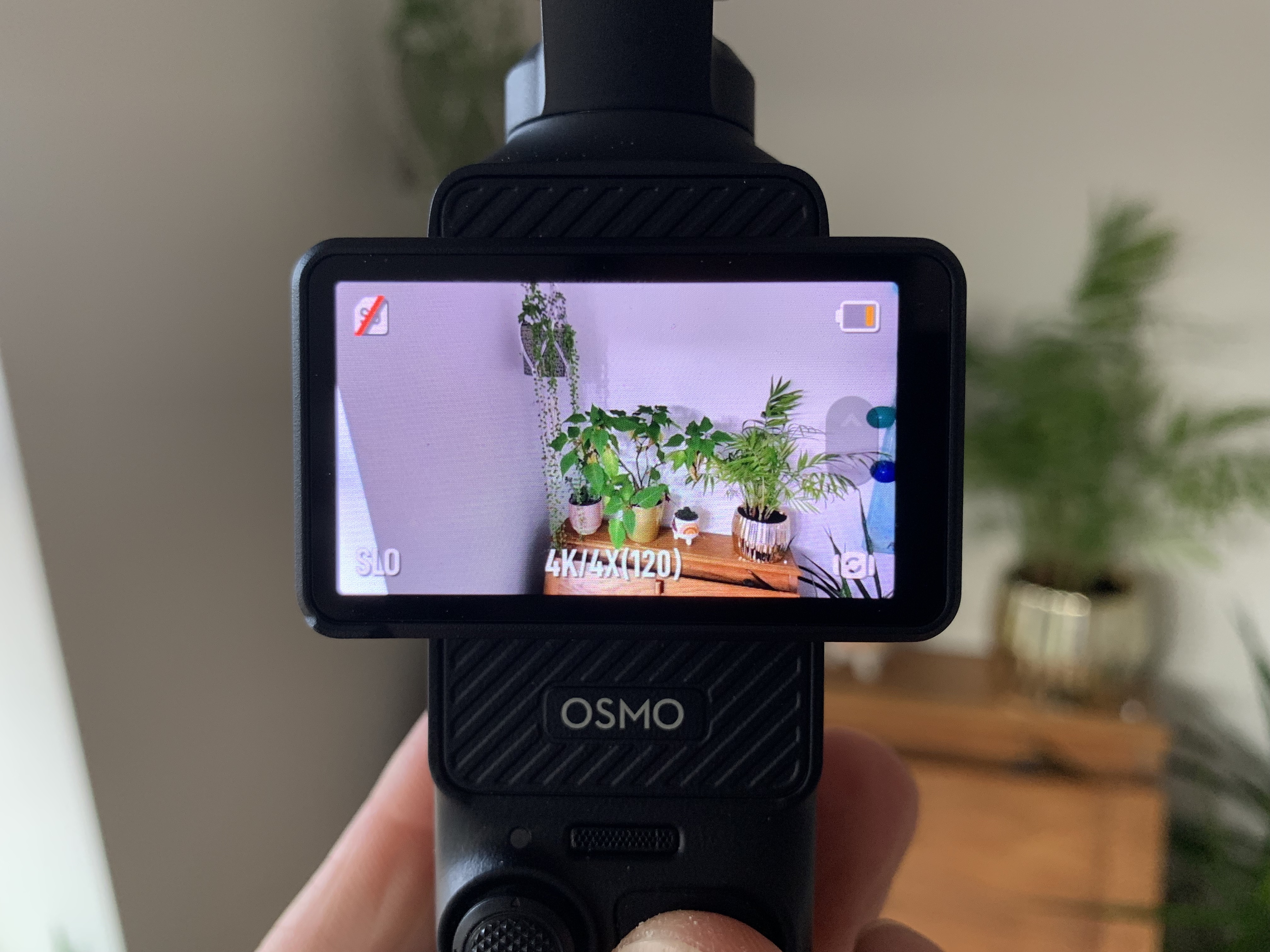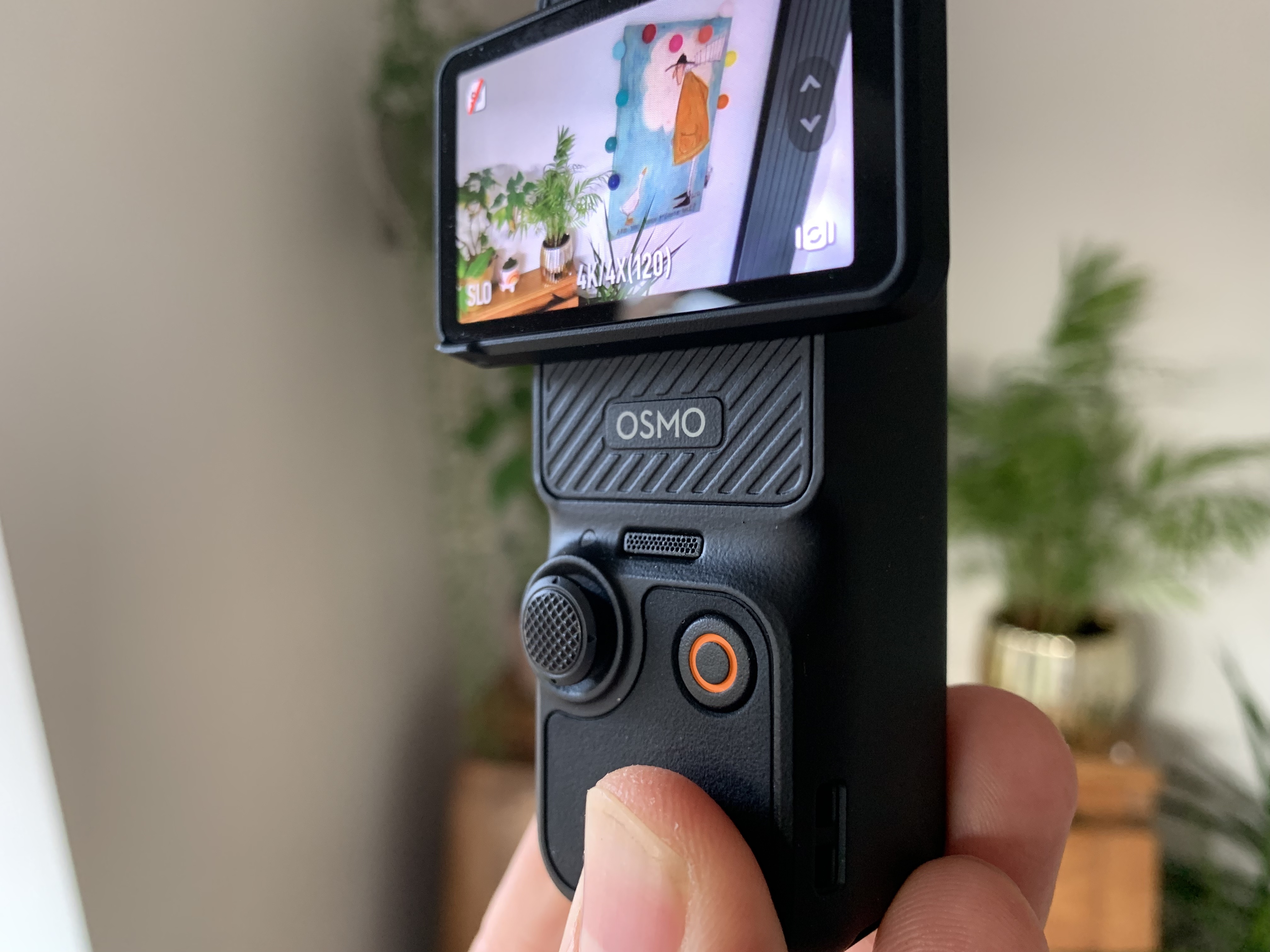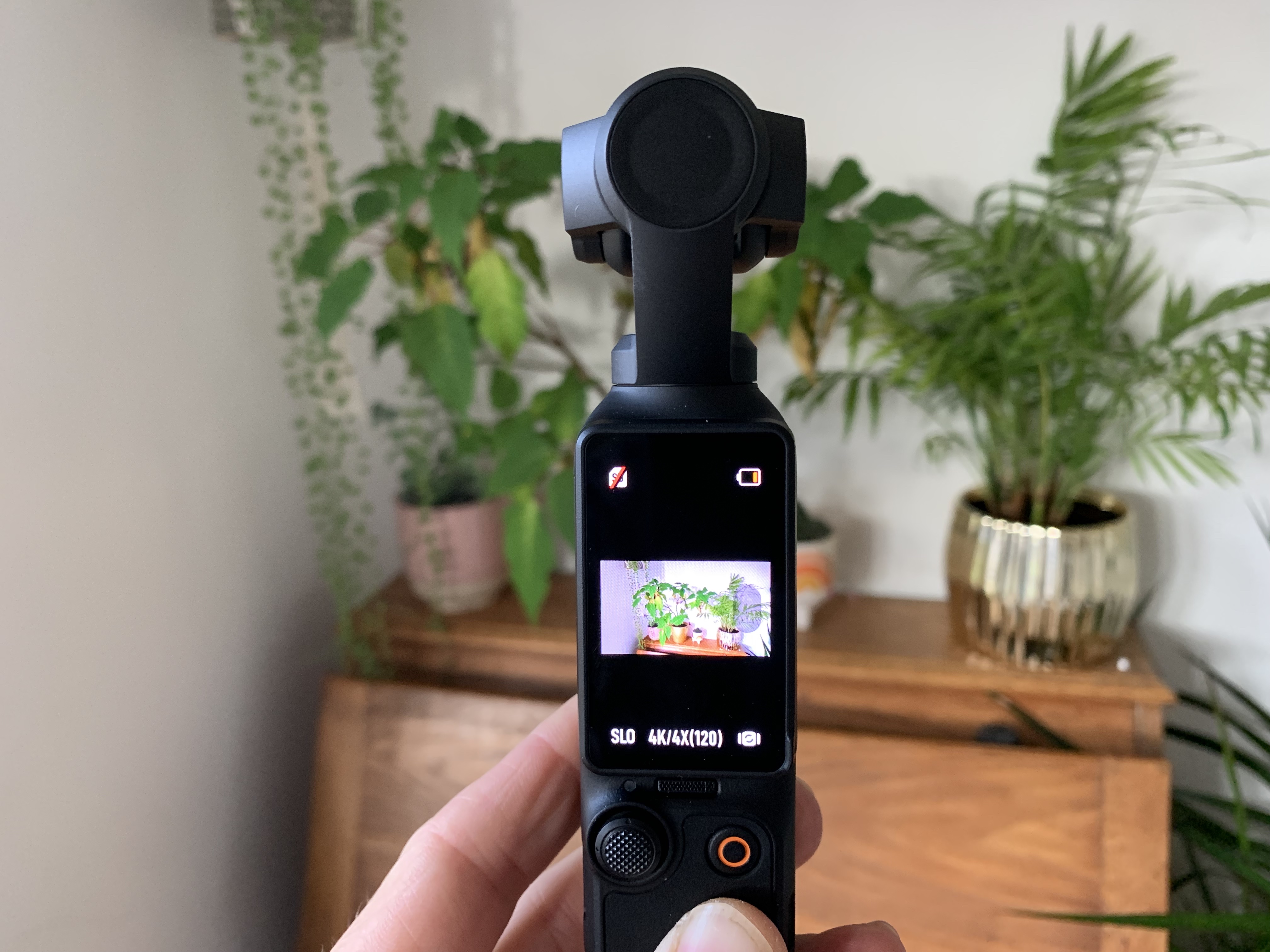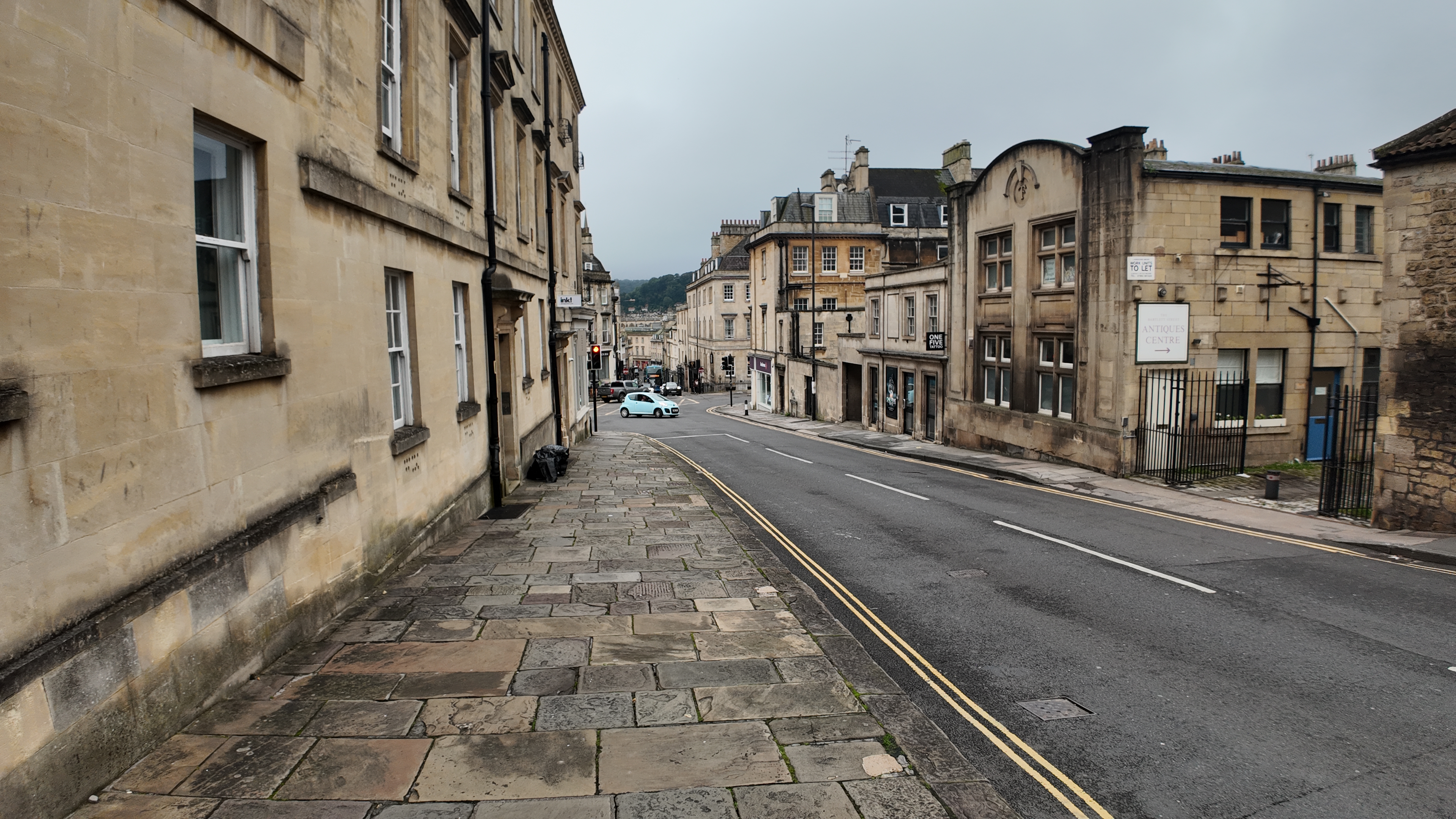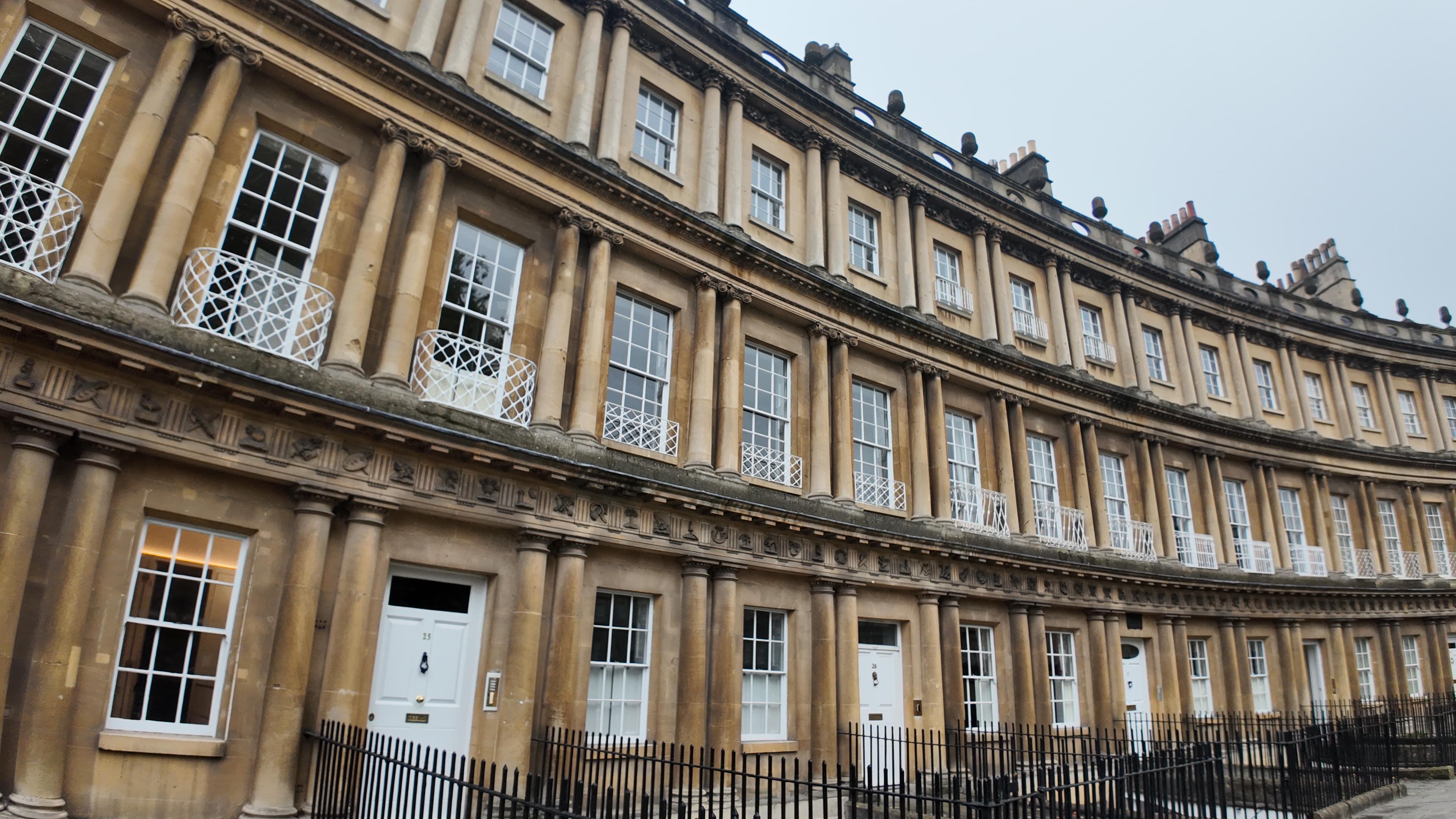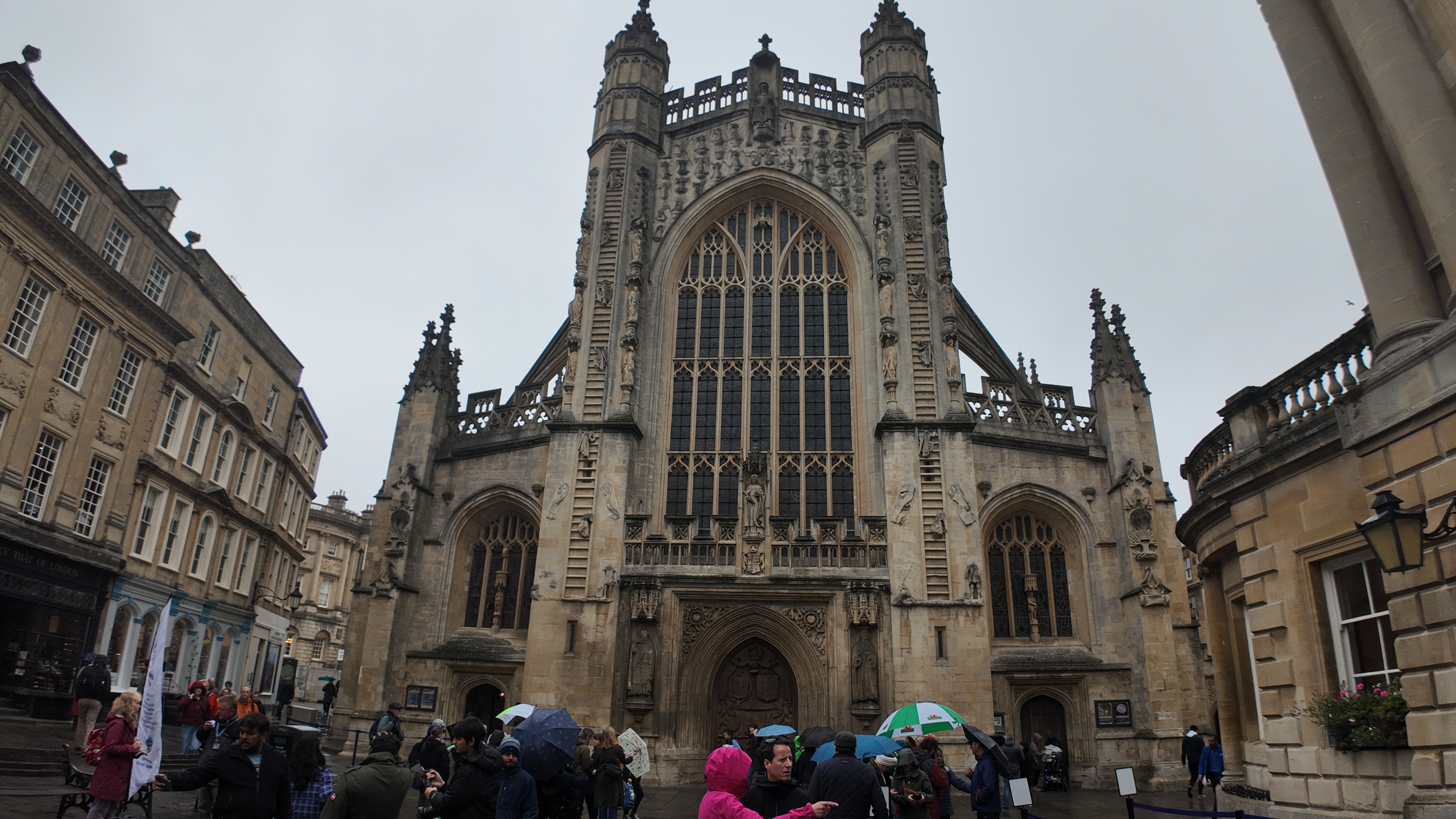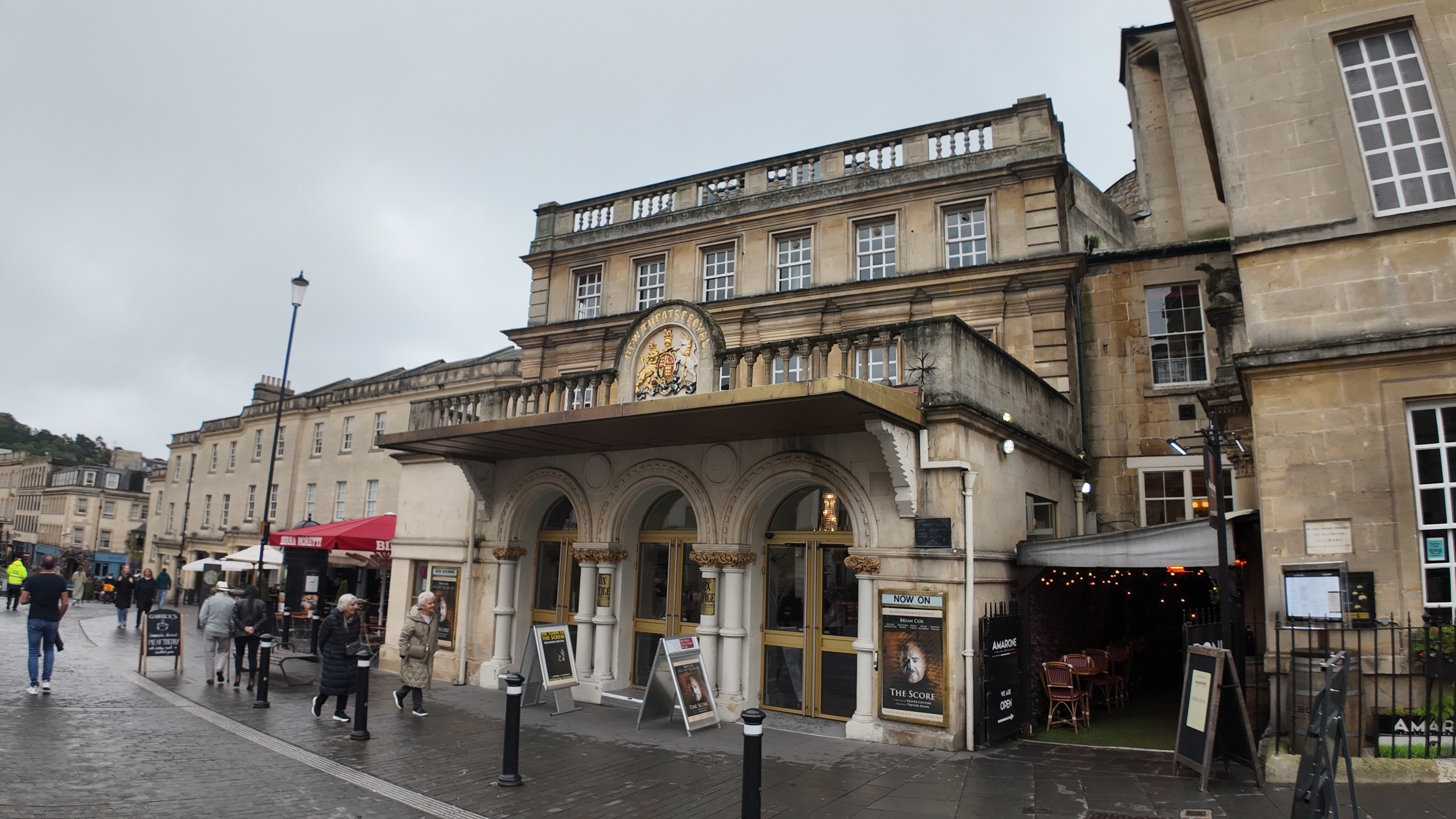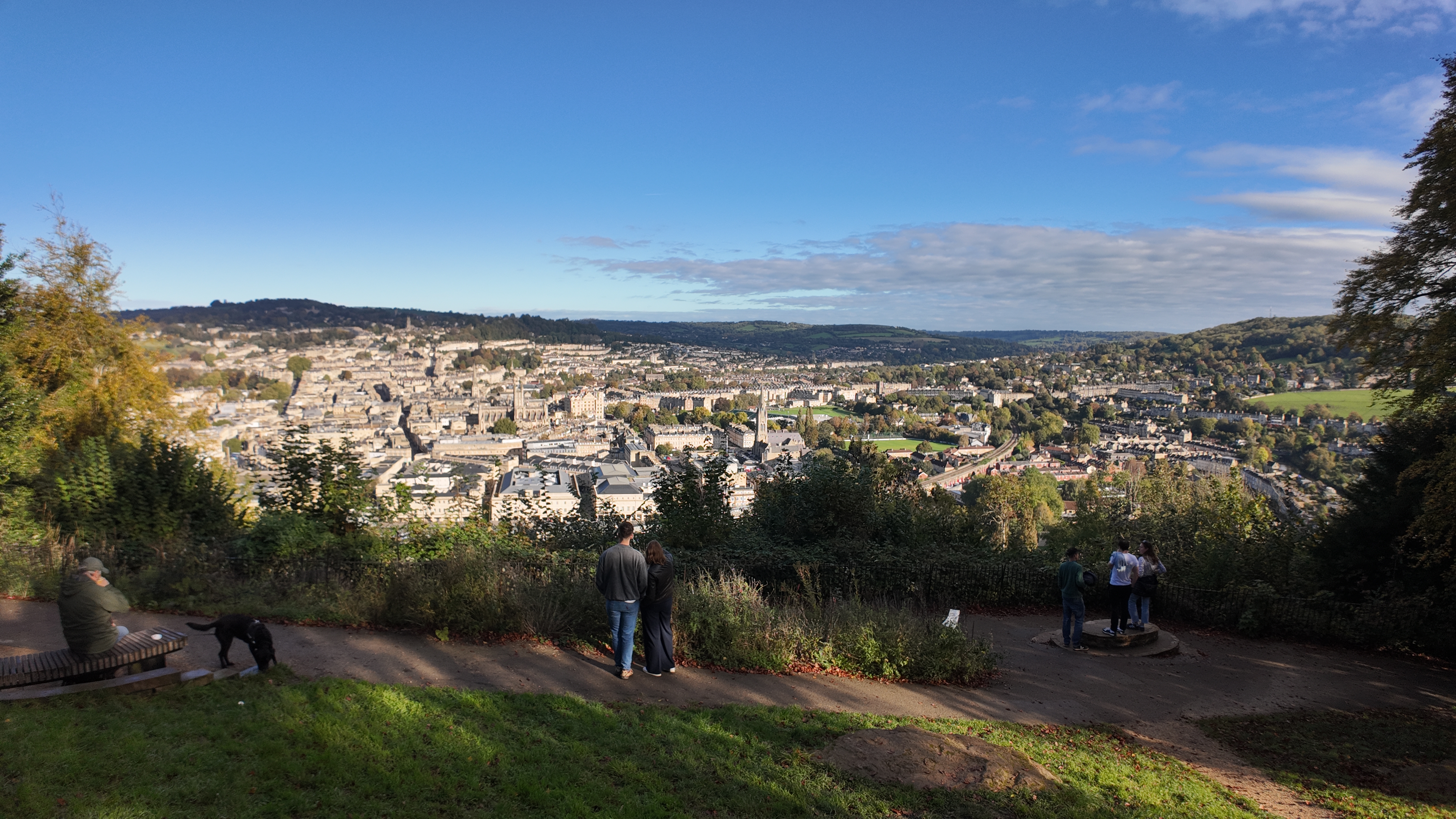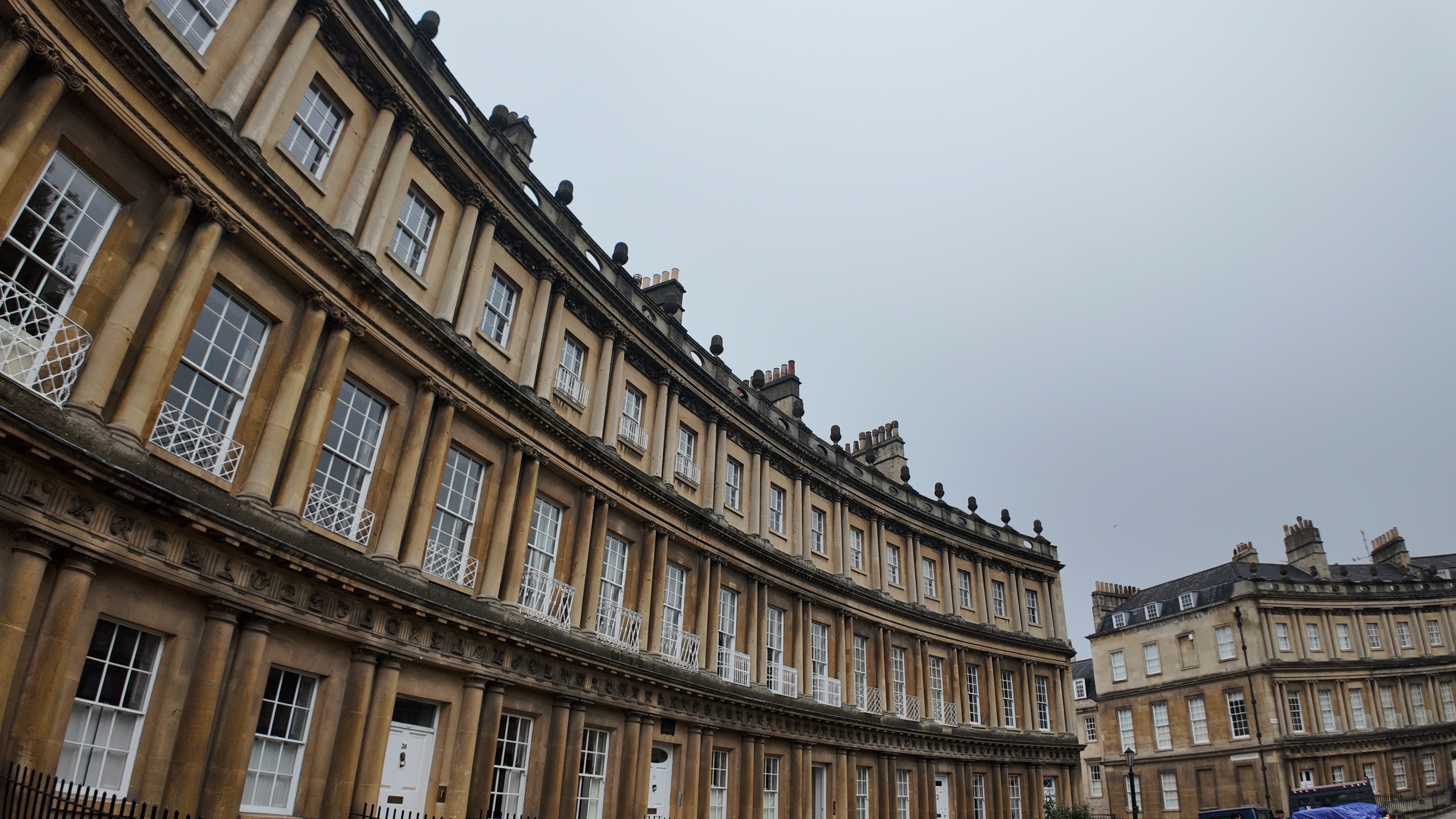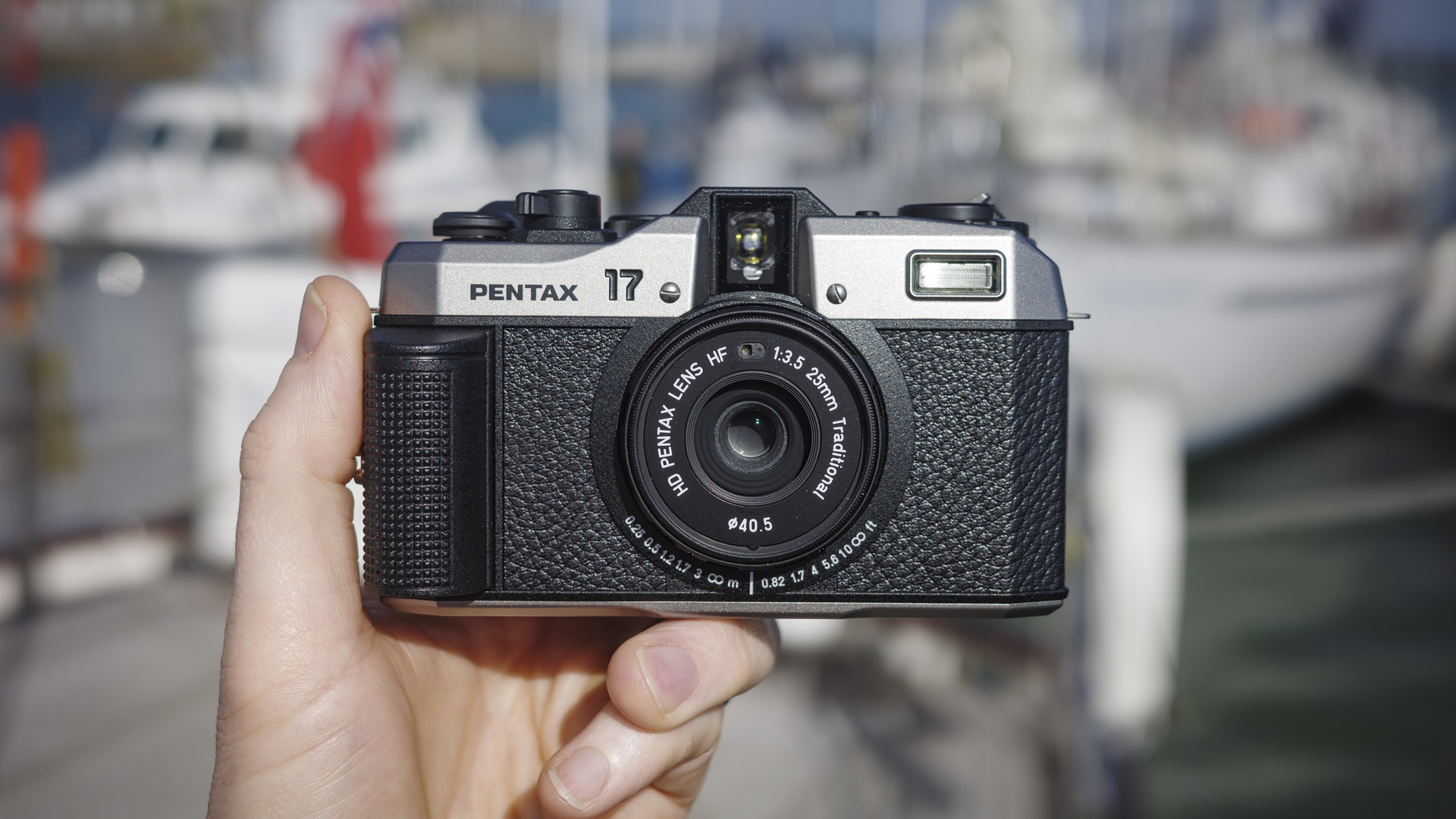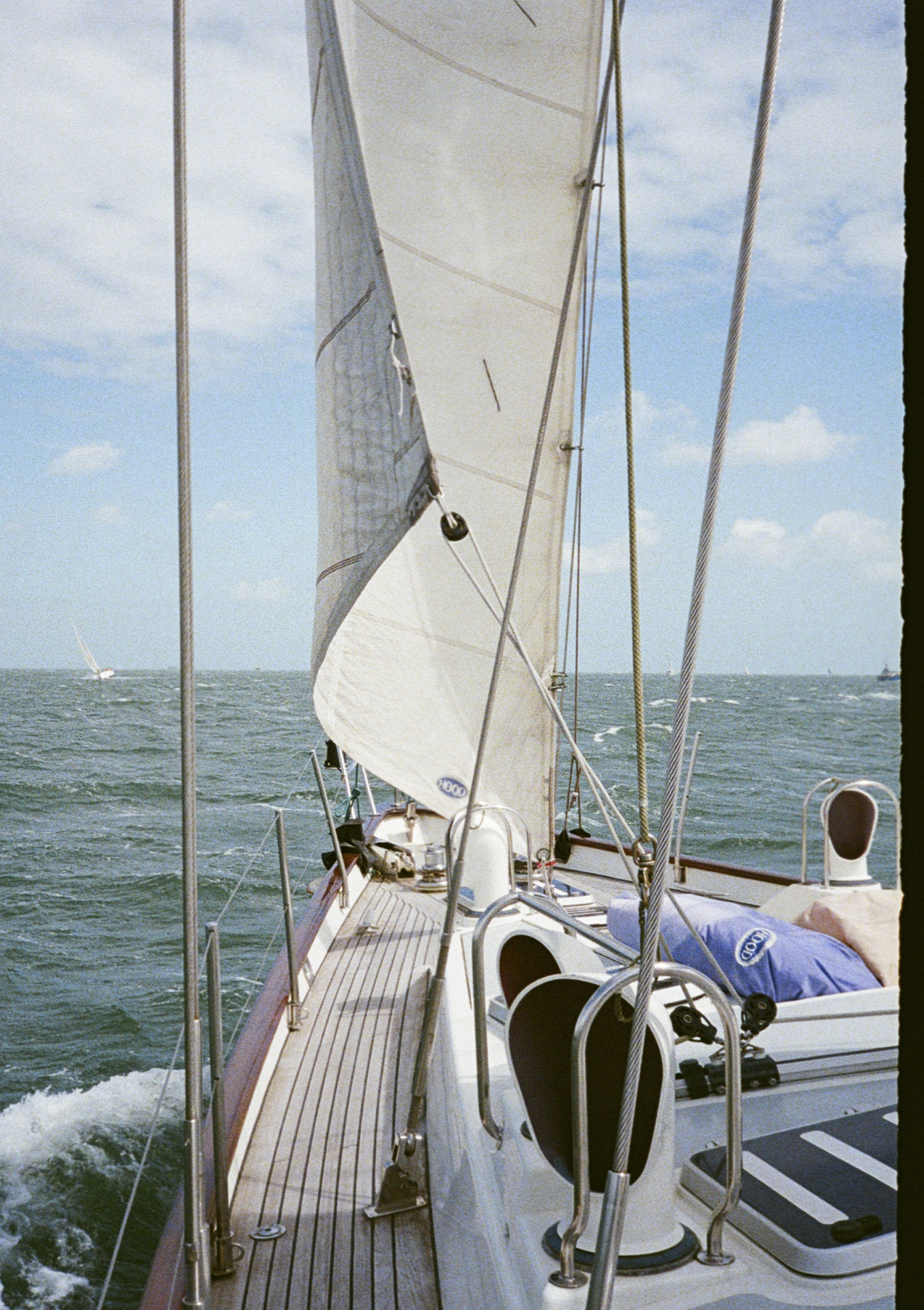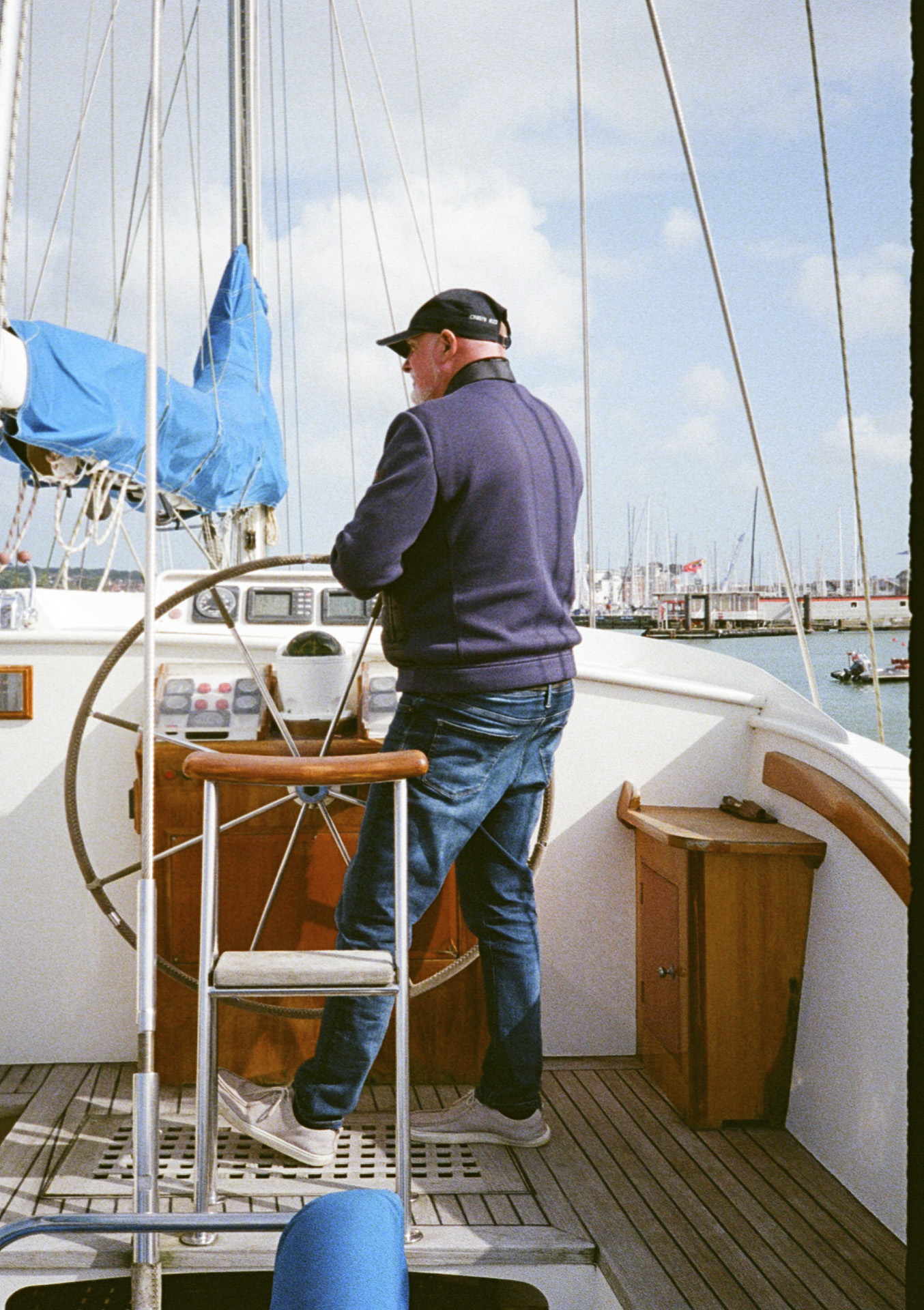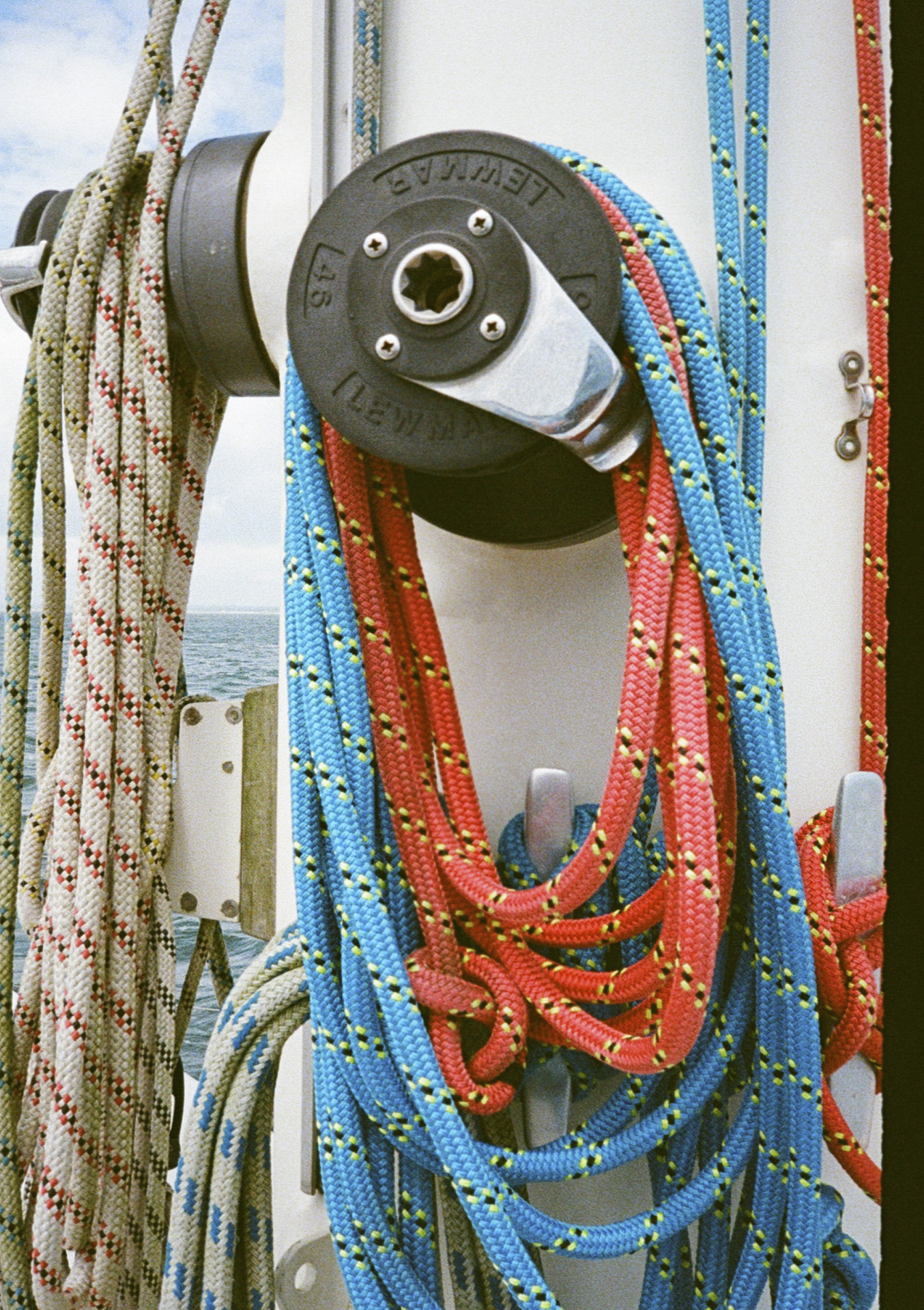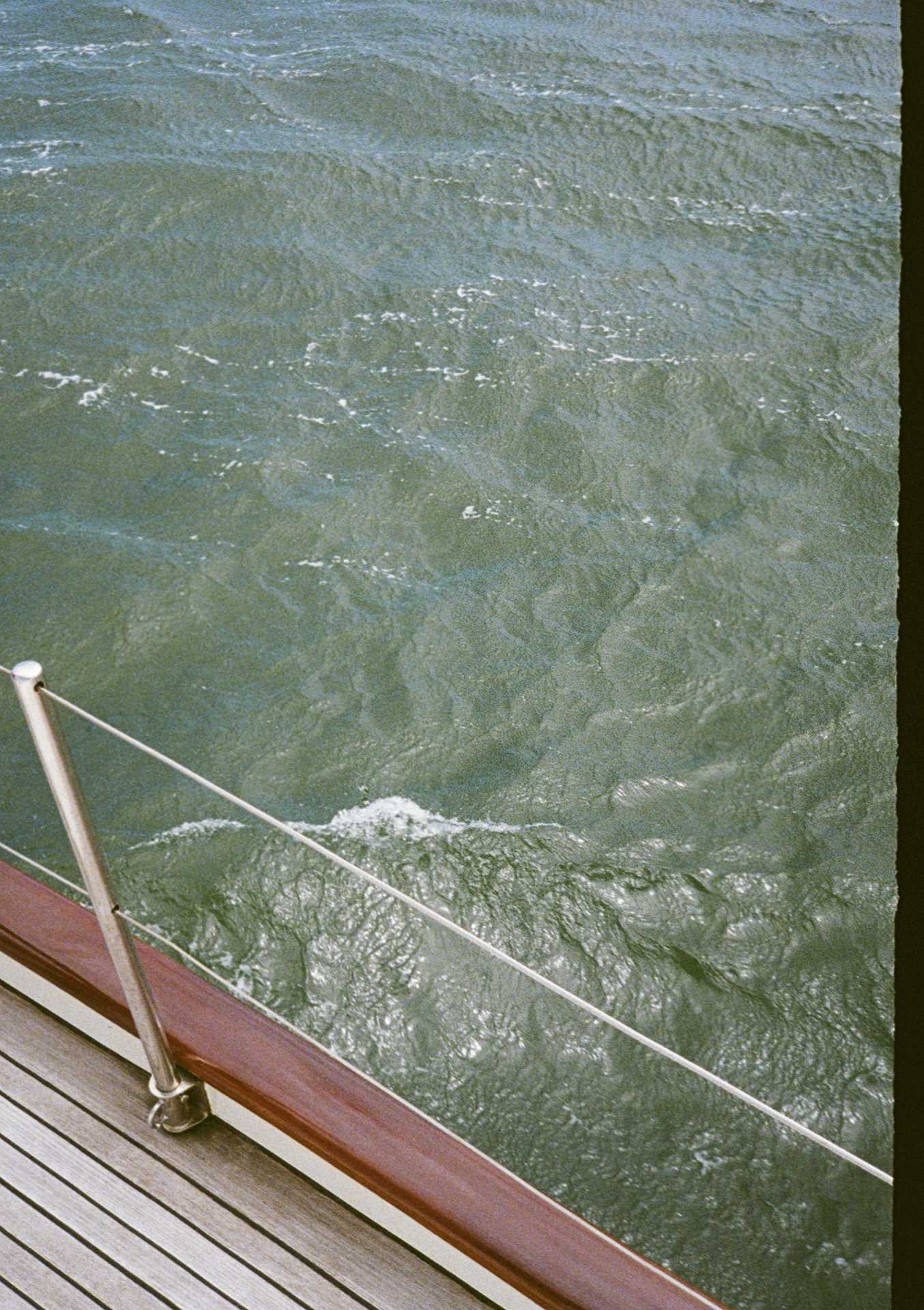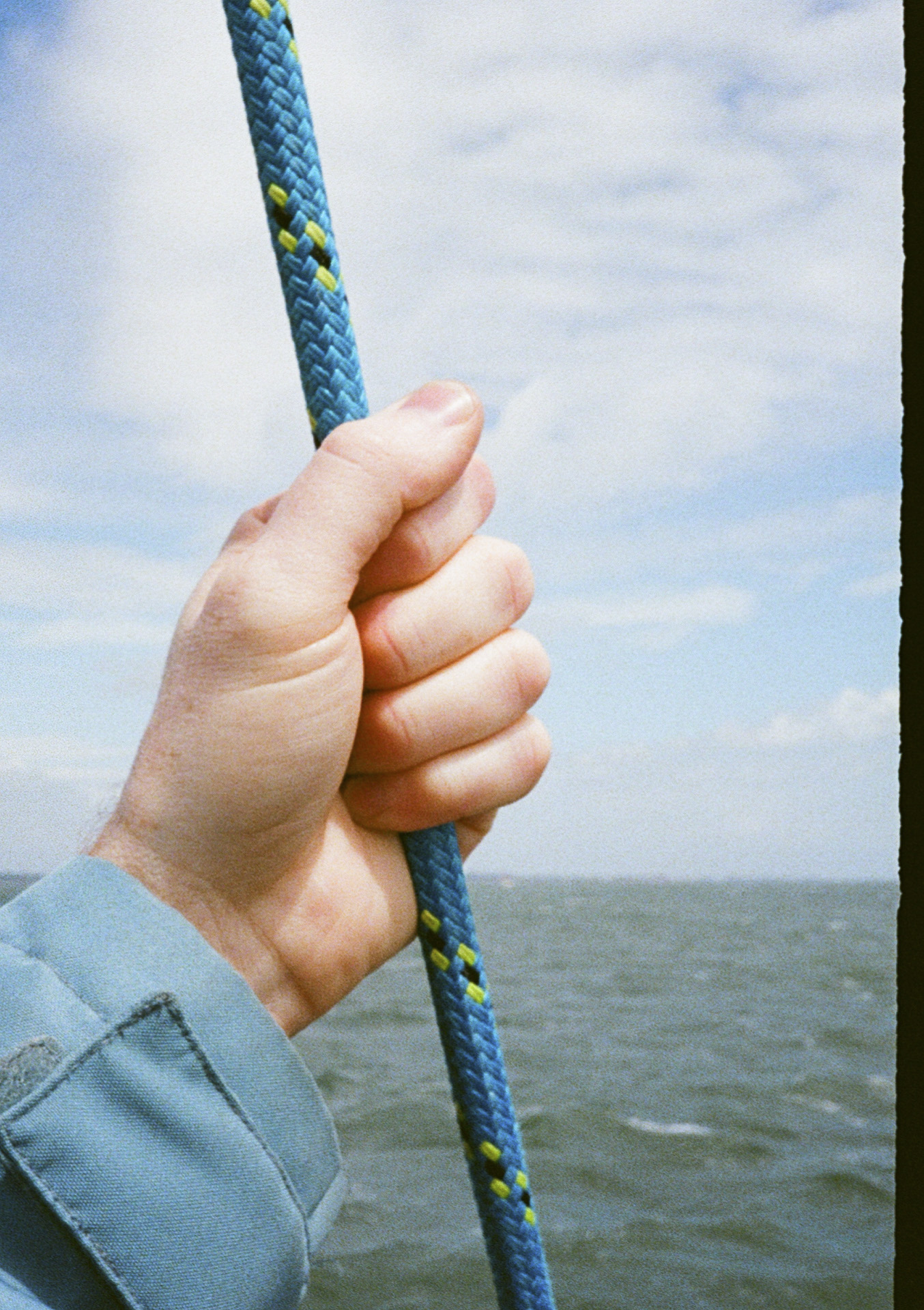For many people, the best compact camera is the smartphone in their pocket. But that’s not true in every case: while the best camera phones are capable of incredible results in 2024, we think there’s still a case to be made for a dedicated compact in certain scenarios. That might be down to a super-zoom lens, a large sensor or simply the shooting experience.
We’ve tested countless compact cameras and we know that the right choice comes down to what and how you like to shoot. We’re big fans of the Fujifilm X100VI, with its tactile retro design, excellent quality and effective stabilization. But it won’t be for everyone, which is why our guide covers all the compact options – from pocket vlogging tools to new film cameras.
In each entry below, we’ve distilled the results of our in-depth reviews to give you a clear idea of the best compact cameras you can buy. Our list is divided by use-case, to make it easy for you to find the right option for your needs and budget. It’s all informed by our honest feedback, based on real-world testing.
Top 3 picks
Use the overview below for an instant summary of the best compact cameras you can buy right now. When you find one that ticks your boxes, you can use the links beneath each entry to jump down to our full write-up.
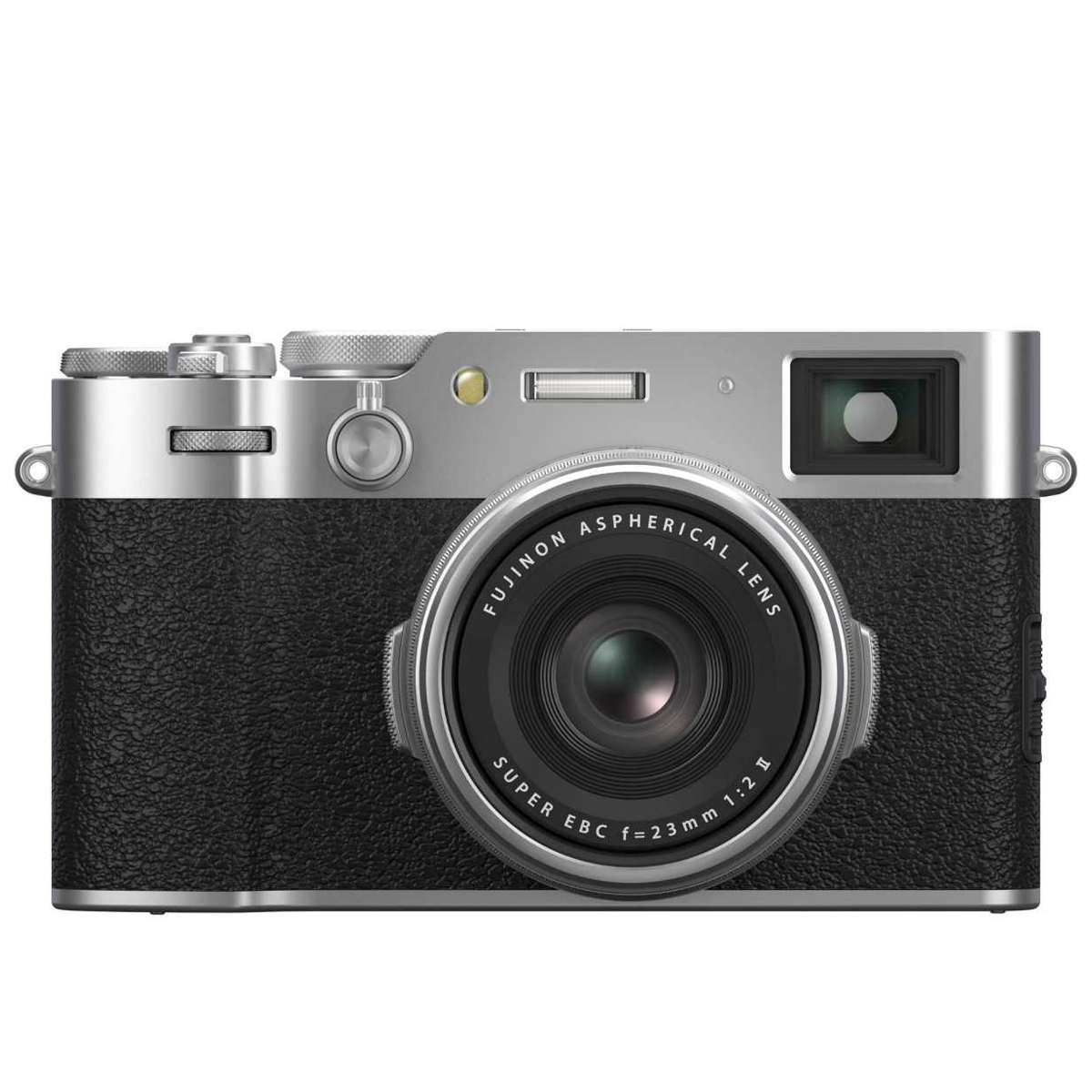
The best compact for enthusiasts overall
A sharp street shooter, the X100VI takes Fuji’s TikTok-famous X100 series to new heights, with a 40MP sensor and image stabilization.
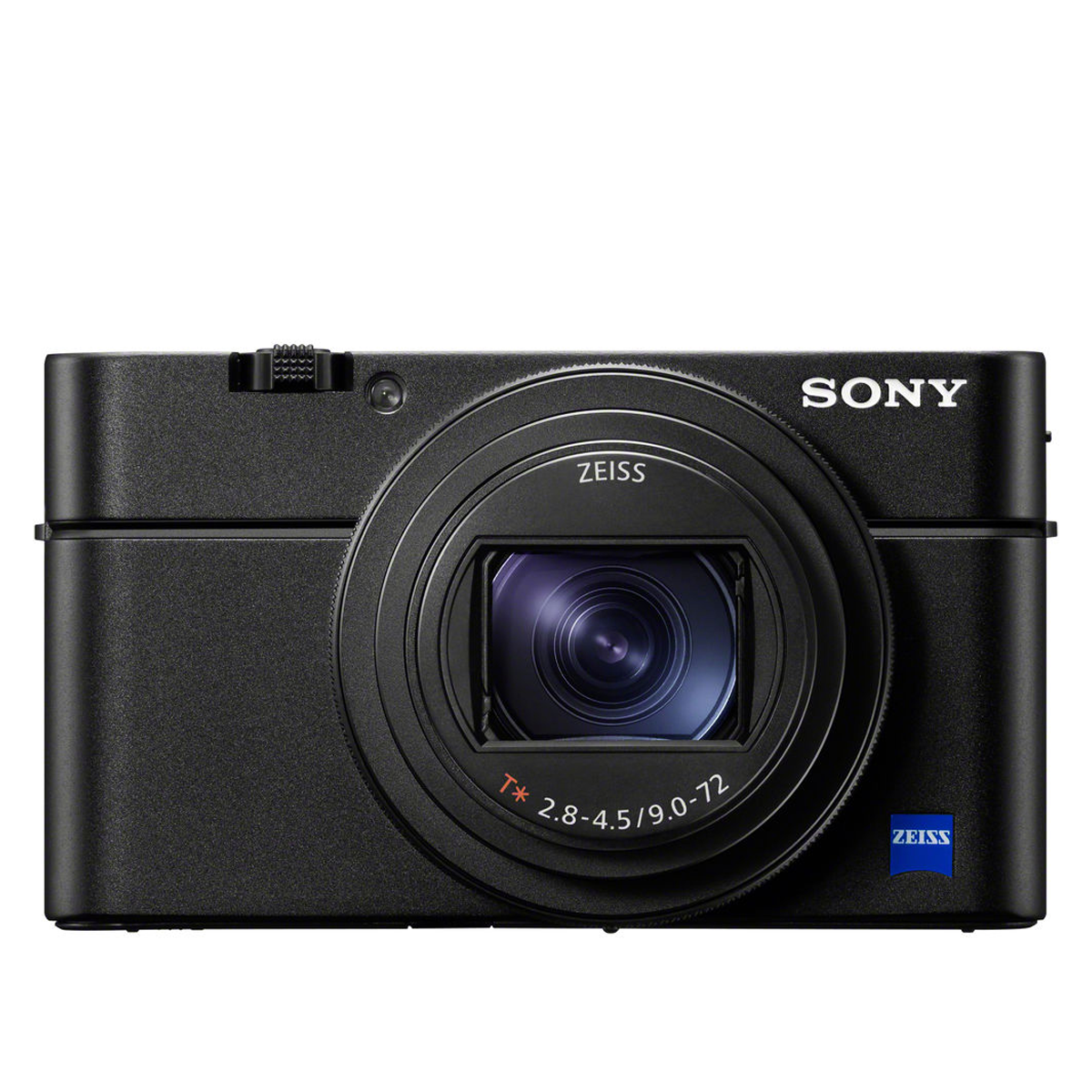
2. Sony Cyber-shot RX100 VII
The best pocket compact for features
With strong image quality, sharp 4K videos and class-leading AF, the RX100 VII is one of the most capable compacts right now.
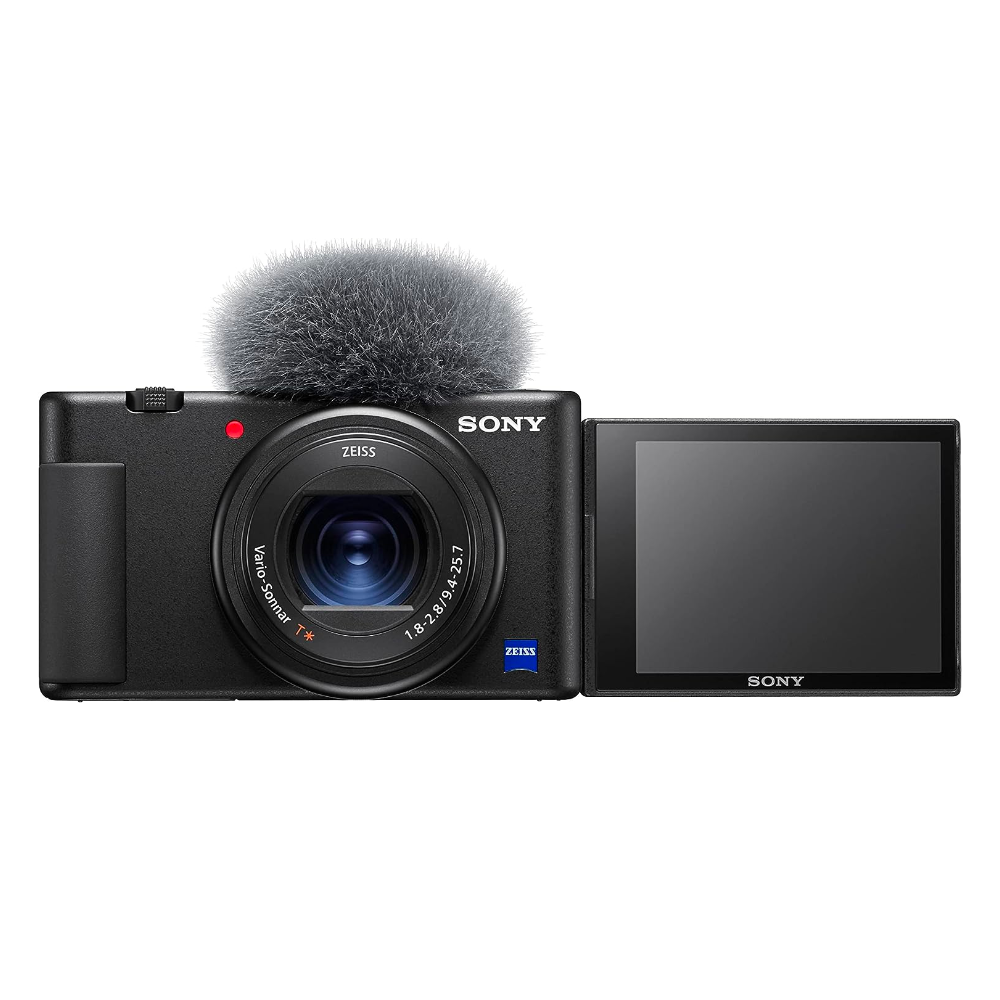
The best compact for video creatives
A bright lens, superb autofocus and useful design features make the Sony ZV-1 a powerful pocket option for shooting video.
Best by use-case
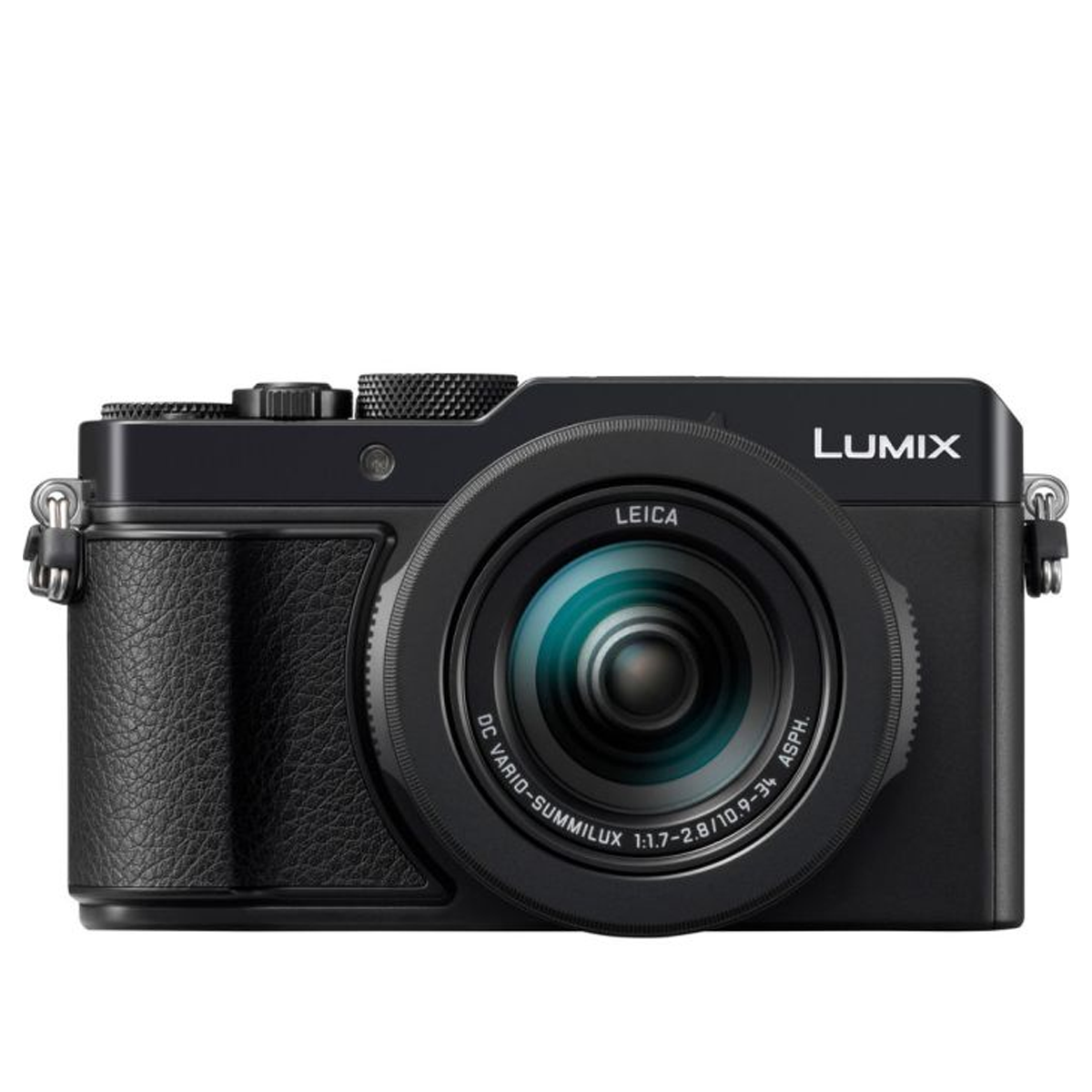
5. Panasonic Lumix LX100 II
The best for keen hobbyists
A brilliant compact for enthusiasts, the Lumix LX100 II offers excellent stills quality, responsive autofocus and good physical controls.
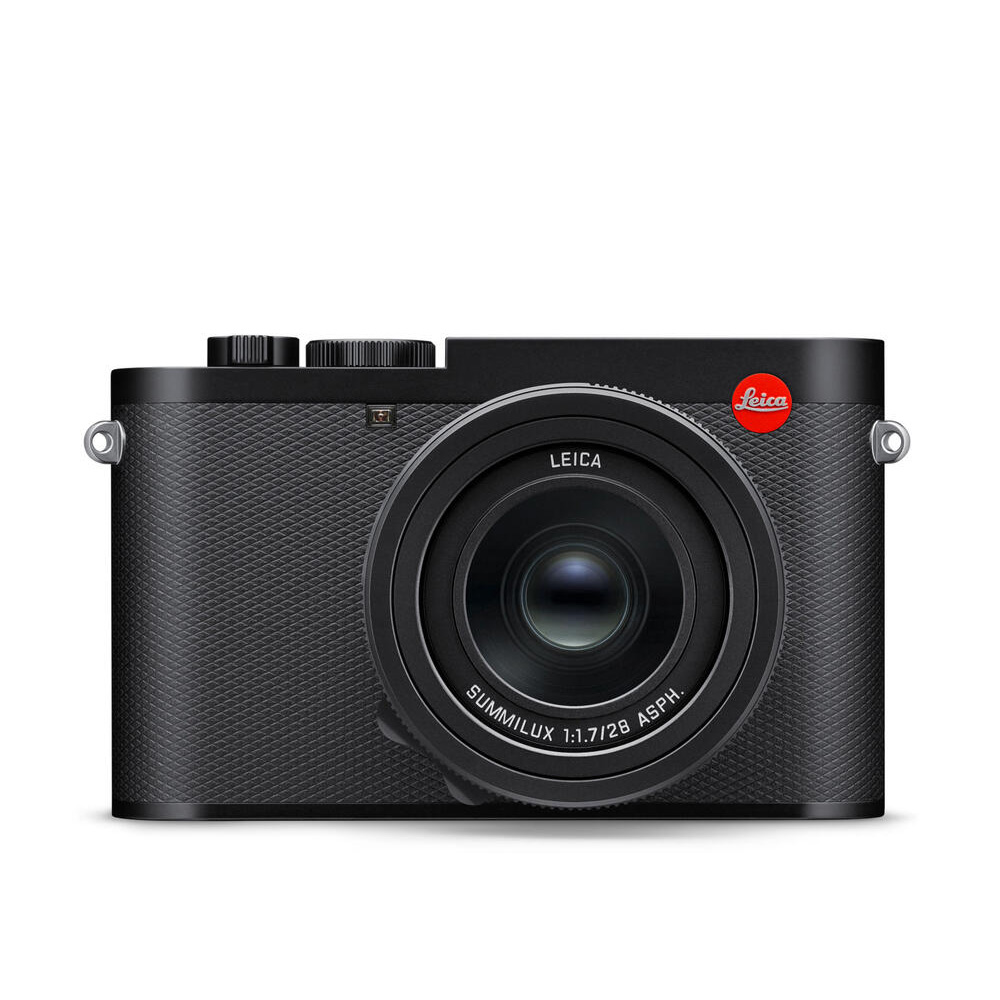
The best money-no-object compact
The Leica Q3 is the most powerful, most enjoyable, most expensive compact camera. Price aside, it’s tactile and high quality.
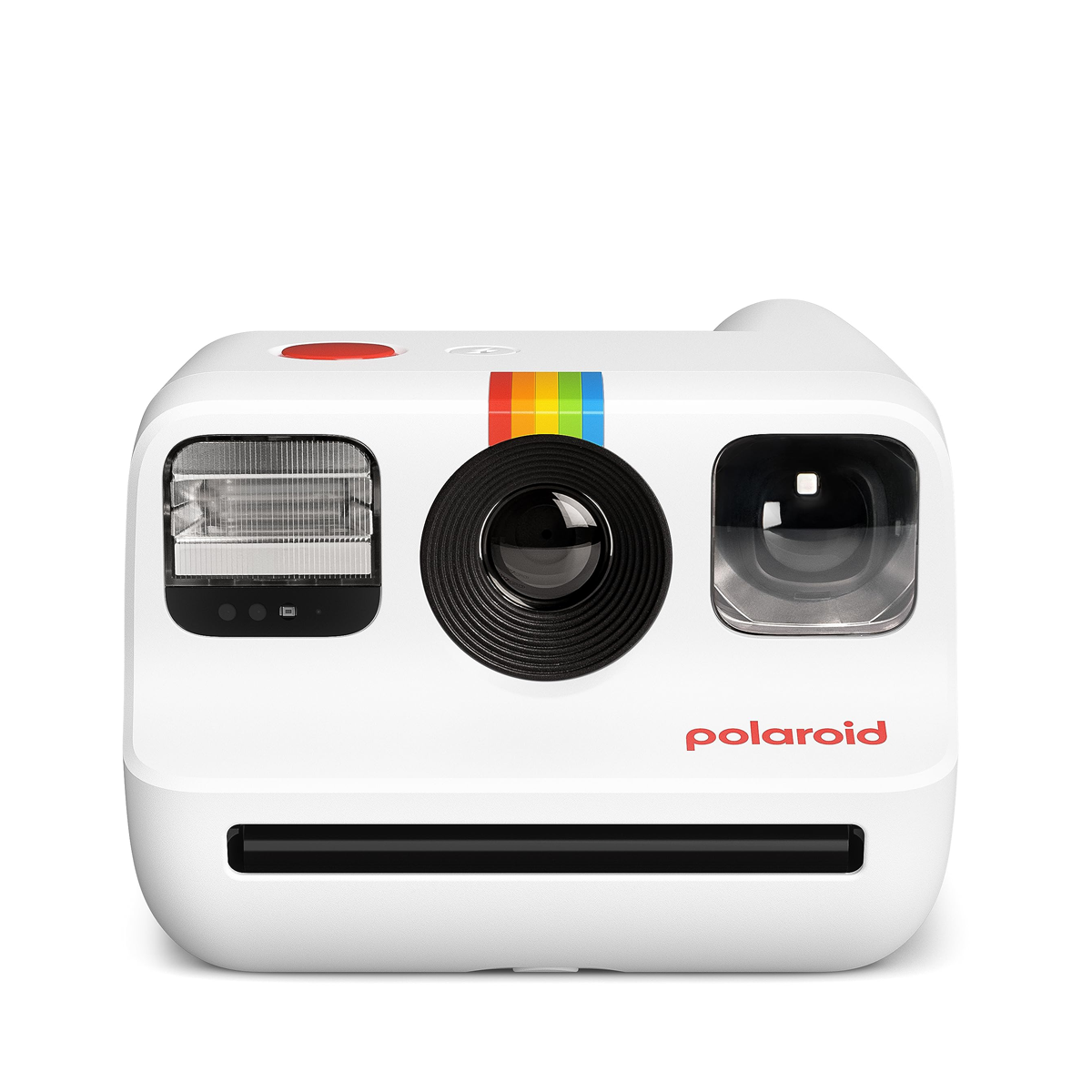
7. Polaroid Go Generation 2
The best compact instant camera
Combining retro looks with point-and-shoot simplicity, the Go Generation 2 produces rich instant prints that are perfect for sharing.
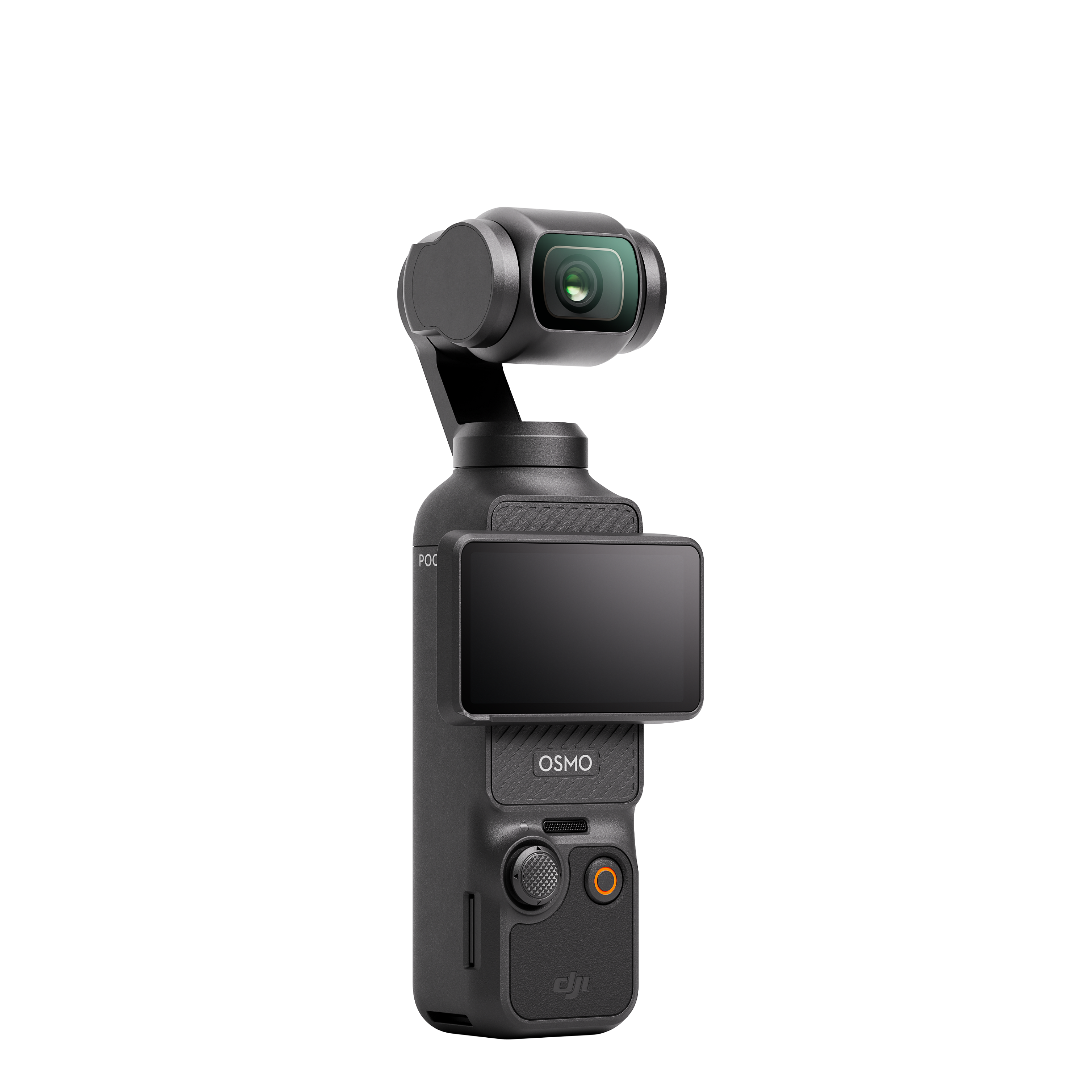
Best for vlogging
This fantastic tool for solo vloggers is super-portable and super-stable thanks to its gimbal, plus it’s affordable.

Timothy Coleman
Tim is TechRadar’s Cameras Editor. With more than 15 years’ experience as a photographer and journalist, Tim has been lucky enough to test countless cameras – including many of the best compacts. As a result, he’s developed a deep practical understanding of what makes a good compact camera. He notes, “smartphones are now incredibly capable photography tools, but compacts can still offer something more. If you’re looking for a dedicated camera with superior features and handling, the premium models in this list are definitely worth considering.”
The best compact cameras in 2024
Why you can trust TechRadar We spend hours testing every product or service we review, so you can be sure you’re buying the best. Find out more about how we test.
Below you’ll find full write-ups for each of the best compact cameras in our list. We’ve tested each one extensively, so you can be sure that our recommendations can be trusted.
The best compact camera for most people
Fujifilm X100VI sample images
Buy it if:
✅ You want a versatile everyday camera: A sharp sensor and image stabilization make the X100VI a flexible tool for shooting on a daily basis.
✅ You like a retro-modern hybrid: The X100V blends old-school looks with modern features, including a superb hybrid viewfinder.
Don’t buy it if:
❌ You want the best value overall: Its new skills are welcome, but the X100V offers many of the same core features for less – if you can find it in stock.
❌ You like to use different focal lengths: The fixed 23mm focal length is a calling card of the X100 series, but some will find it too limiting.
The Fujifilm X100V went viral for its retro design, pocket-friendly proportions, hybrid viewfinder and fixed 23mm f/2 lens. The X100VI takes the same concept and upgrades it again, boosting resolution to 40MP and adding in-body image stabilization for the first time. It also borrows the class-leading autofocus from the Fujifilm X-T5. In our review, we found results pin-sharp across the entire sensor, with the increased pixel count offering greater flexibility when cropping. Together with impressive subject tracking autofocus and effective stabilization, we think it’s an even more rounded compact for street shooting.
Our tests also revealed the X100VI to be a more capable filmmaking tool, courtesy of 6.2K 10-bit video support. The fixed focal length will still be a limiting factor for some, as will the single UHS-I SD card slot. You need an adapter for full weather-proofing, too. Given the sold-out demand for the X100V, it’s also unsurprising that Fujifilm has increased the price for its successor. But from our time living with the X100VI, we think it’s the pinnacle of the X100 series, and the best premium compact for everyday use.
Read our in-depth Fujifilm X100VI review
The best pocket compact for features
Sony RX100 VII sample images
Buy it if:
✅ You need a complete pocket camera: The RX100 VII is arguably the most rounded pocket camera for photo and video.
✅ You shoot action: Lens zoom is limited, but the performance is not with super fast autofocus and continuous shooting.
Don’t buy it if:
❌ You want excellent handling: Small it may well be, the RX100 VII isn’t the most ergonomic option available.
❌ You rely on a touch screen: The function of the touch screen is limited, with no support for menu navigation.
In many ways, the RX100 VII is still best compact around right now. Its autofocus system, we found, is comfortably ahead of any other pocket camera, tracking moving subjects with great reliability and making clever use of its Face and Eye AF, even in video mode. Video quality is superb, while image quality is also stellar. But all of this comes at a huge price, and for many people that could be a deal-breaker.
Still, we can’t avoid including it in this guide, as it’s one of the best options around. If your budget allows, then you won’t find a more powerful compact than the Mark VII. But if you’re happy to sacrifice some of the latest autofocus features and a microphone jack, check out the RX100 VI, which offers most of its performance but costs a little less.
Read our in-depth Sony RX100 Mark VII review
The best compact video camera
Sony ZV-1 sample images
Buy it if:
✅ You want a powerful vlogging camera: The Sony ZV-1 is the best compact camera for YouTubers right now, shooting smartphone-beating 4K video.
✅ You want a compact you can grow with: Sony has made the ZV-1 simpler for beginners to use, but it’s also jam-packed with pro features.
Don’t buy it if:
❌ You mainly want to shoot stills: While it’s no slouch for stills, the lack of a viewfinder and moderate zoom range will limit some photographers.
❌ You need an all-weather action camera: The ZV-1 is packed with features, but one that’s missing is weather-proofing.
If it’s mainly video rather than stills that you’re looking for from a compact camera, then the Sony ZV-1 is the one of the best options around. Not that it isn’t also very capable at shooting still photos – it has the same sensor and processor as Sony‘s latest RX100 series cameras, after all – but the ZV-1’s main strength are its video powers. That includes its class-leading autofocus powers, which helps it tenaciously lock onto people and moving objects in your frame. During testing, we found it to do an excellent job of keeping moving subjects in focus and tracking our eyes across most of the frame. Of course, the video quality from its 20.1MP 1-inch sensor is nothing short of impressive as well.
These are backed up by a 3.5mm mic port for boosting audio quality with an external microphone, and a hotshoe to help mount the latter. Its bright 24-70mm f/1.8-2.8 doesn’t give you the same reach as the RX100 VII, but it does ensure that you get lovely background blur in both stills and videos – perfect if you mainly shoot portraits or vlogs. Sony has since released the ZV-1 II, but for us the successor was a puzzling update that in real world use offered little extra than the ZV-1 to justify its pricier tag.
Read our in-depth Sony ZV-1 review
The best photo quality from your pocket
Ricoh GR IIIx sample images
Buy it if:
✅ You want to develop your creative eye: With a fixed focal length lens, exposure tools and a wide range of in-camera edits, the GR III X encourages creativity.
✅ You want a fun pocket camera: Small enough to slip in the pocket, quick to use and intuitive to handle, the GR IIIx is point-and-shoot happiness.
Don’t buy it if:
❌ You want a versatile camera: The GR IIIx is as niche as they come. Fixed lens, fixed focal length, modest video specs. This is aimed at a certain type of photographer.
❌ You shoot video a lot: Tech-wise, the GR IIx is way behind today’s smartphones for video recording, being limited to Full HD resolution and mono in-camera audio.
If you’re an avid street photographer there’s no doubt you’ll have heard of the Ricoh GR – a superb series of compact cameras that are famous for their sharp, fixed focal length lens and large APS-C sensor. The Ricoh GRIIIx is the latest model and features a 40mm f2.8 lens versus the standard GR III’s wider 28mm f2.8 option, which may make it a more versatile option depending on your proclivities. Personally, we’d prefer the X’s 40mm for portraiture while the GR III’s 28MM is ideally suited to landscape.
From our review, we think the GRIII X is a superb everyday carry camera, with new features like the Snap Focus system making it an intuitive camera for capturing decisive moments. A host of excellent customization options make it a great choice for experienced tinkerers with in-camera raw editing and easy sharing via the wireless smartphone connection. We would have liked better battery life and a tilt-screen, but such omissions are understandable given the compact body. We think this is the best GR iteration yet if you’re on the hunt for superb image quality, snappy performance, and intuitive handling in a pocket-friendly body.
Read our in-depth Ricoh GR IIIx review
The best for keen hobbyists
Panasonic LX100 II sample images
Buy it if:
✅ You want a Micro Four Thirds sensor: The sensor is larger than the 1-inch ones used in most other compacts and produces lovely photos.
✅ You want excellent handling: A sensible size, decent grip, EVF and solid build all combine for a lovely shooting experience.
Don’t buy it if:
❌ You want the latest tech: The LX100 II is a fantastic camera but it was launched all the way back in 2018 and feels a little dated with its fixed screen and clunky UX.
❌ You want a speedy shooter: The zoom action is a touch pedestrian; both the zoom lever around the shutter release button and the multi-function control ring respond slowly.
Compact cameras with sensors larger than 1-inch in size are typically limited to fixed-focal-length lenses, which is great for quality but less so for flexibility. But not the Panasonic LX100 II; it manages to marry a 17MP Four Thirds sensor – the same size as those found inside Panasonic’s G-series mirrorless cameras – with a zoom lens equivalent to 24-75mm in 35mm terms, proving that sometimes you can get quality and flexibility at once.
We found its Leica-badged lens to be very impressive, capturing very good levels of detail that’s worthy of pricier APS-C cameras, and its exposure metering system more than reliable. Our tests also show that it handles noise pretty well and produces natural-looking images with faithful colors. The original LX100 was something of a landmark camera for offering something similar, and this latest iteration takes the baton, with a nippy AF system, robust body, clear 4K videos and a useful electronic viewfinder among its highlights.
Read our in-depth Panasonic Lumix LX100 II review
The best money-no-object compact camera
Leica Q3 sample images
Buy it if:
✅ You like manual control and a tactile experience: The robust dials and shutter button offer the tactile experience that we’d like to see more of.
✅ You want the best-quality everyday camera: With a super-sharp lens and full-frame sensor, no compact camera can better the Leica Q3 on stills.
Don’t buy it if:
❌ You want to push a camera hard: The Q3 has some seriously impressive features, but they work best when in moderate, everyday use.
❌ You’re after great value: There’s no real rival to the Q3, and it does represent reasonable value for a Leica, but $5,995 / £5,300 / AU$9,790 is a lot of anyone’s money.
Compact cameras can be cost-effective alternatives to interchangeable lens cameras but that doesn’t mean there aren’t superb high-end options. Take the stunning Leica Q3: a full-frame monster that comes complete with the exceptional Summilux 28mm f/1.7 ASPH fixed lens. Calling the Leica Q3 compact may be a slight stretch – it’s around the same size as the Panasonic Lumix S5 II with a pancake lens – but it is the full package if you’re looking for superlative image quality and almost unparalleled build quality.
It’s this latter point that allows the Leica Q3 to stand out from the competition and smartphones. Put simply, the Leica Q3 offers a premium tactile shooting experience that even the best camera phones can’t hope to match. And, price aside, the Leica Q3 is an excellent performer. Unlike the well-known M-series rangefinders from the brand, the Q3 is fully autofocus capable, which makes it an excellent everyday carry for the well-heeled. Sure, the autofocus performance doesn’t quite match the best systems on the market right now but the Leica Q3 is the brand’s easiest to use camera yet – and one that scores full marks on style points.
Read our in-depth Leica Q3 review
The best compact instant camera
Polaroid Go Generation 2 sample images
Buy it if:
✅ You love keepsakes: There’s nothing like a physical print and the Go spits out beautiful little prints that you can keep or share with those around you.
✅ You want a small instant camera: Most instant cameras are big and bulky and awkward, but the Polaroid Go is as small as they come.
Don’t buy it if:
❌ You want low running costs: The Go itself is inexpensive, but its instant film refills are pricey when compared to Fujifilm Instax Mini.
❌ You shoot close ups: The minimum close focus distance of 45cm is super limiting for those that like to photography the little details.
The Polaroid Go Generation 2 is a minor update of the original Go, meaning that it’s also the smallest instant camera around, delivered by one of the leading names in instant photography. It’s as fun as it is small, being a point-and-shoot that anyone can use to create vintage credit card-sized keepsakes. An alternative to Fujifilm’s Instax Mini series of cameras, the Go Generation 2 also looks the retro part, and it’s genuinely more pocketable than other instant cameras which can often be super bulky.
The streamlined interface is super easy to use, with a handy digital shot counter for tracking your snaps. Unlike other instant cameras, we found this to be very versatile. Automatic flash can be manually overridden, while self-timer and double-exposure modes add welcome opportunities for creativity – although its fixed focus and lack of a macro mode mean it isn’t quite as flexible as certain alternatives – the minimum 45cm focus distance is quite limiting for those that like capturing the little details. Film refills aren’t the cheapest either – especially when compared to Fujifilm Instax Mini film, and you do pay a premium for the Polaroid Go’s portability. What you also get, though, is an entertaining, accessible and convenient – not to mention surprisingly capable – instant printing camera.
Read our in-depth Polaroid Go Generation 2 review
Best for vlogging
DJI Osmo Pocket 3 sample images
Buy it if:
✅ You shoot handheld solo vlogs: The three-axis gimbal offers unmatched stabilization, while ActiveTrack works like a virtual cameraman.
✅ You value portability: True to its name, the Pocket 3 is a pocket-friendly solution for shooting steady vlogs wherever you go.
Don’t buy it if:
❌ You shoot a lot of photos, too: Low light image quality is improved over the Pocket 2, but resolution is much lower.
❌ You’re happy with your smartphone: If you prefer shooting with your phone, a gimbal mount like the DJI OM 5 might make more sense.
We were already big fans of the DJI Osmo Pocket 2, yet its successor takes quality and convenience for vlogging to a whole new level. It equals the video quality of larger models like the Sony ZV-1, yet still has an incredibly compact form factor. The improvement in video and image quality, now up to 4K 120p, is enough to pick the Pocket 3 over your smartphone for vlogging, as is the super smooth footage achieved thanks to the three-axis gimbal. It’s also a massively convenient device, comfortably slipping into a pocket, with decent audio quality and compatibility with remote mics.
There’s also a new trick up the Pocket 3’s sleeve: multi-aspect video recording. Taking a leaf out the GoPro Hero 12 Black playbook, the Pocket 3’s 1-inch sensor is squarer than your traditional 16:9 aspect, so you don’t unnecessarily lose detail when switching between horizontal and vertical formats. The rear LCD screen touchscreen even rotates to instantly switch between those formats. Little wonder that the Pocket 3 is now our top recommendation for most vloggers.
Read our in-depth DJI Pocket 3 review
The best compact film camera
Pentax 17 sample images
Buy it if:
✅ You want the joy of analog: From the vertical viewfinder to the satisfying crank, the Pentax 17 is a lovely film camera to shoot with.
✅ You want value from your film: By shooting half-frame stills, the Pentax 17 doubles the number of images you get from a roll.
Don’t buy it if:
❌ You want a premium build: While the handling is nice and the design is neat, the Pentax 17 also feels a bit cheap for the price tag.
❌ You want an affordable film camera: If you want analog on a budget, you’ll find sensible second-hand options for a lot less.
A compact film camera might seem outdated, but analog is all the rage right now. Designed for the smartphone generation, we think the Pentax 17 is the best film camera you can buy. In our review, we found that it gives all the joy of analog photography: from the optical viewfinder to the lovely, tactile film crank, this is a really fun camera to shoot with. It’s neatly packaged, with dimensions that make it an easy thing to travel with, while the point-and-shoot setup makes it easy to capture sharp stills on film.
From our in-depth tests, we do think the plastic body could feel tougher, given the high price tag. If you’re happy shooting with a second-hand film camera, you’ll find better build quality and value elsewhere. That said, we still think this is a fantastic compact film camera that makes it simple to enjoy analog photography. Thanks to the half-frame format, you get twice as many exposures from a single roll, and its vertical prints are Instagram-ready.
Read our in-depth Pentax 17 review
Also consider
We’ve reviewed a whole range of compact cameras, which means there are plenty more that almost made it into this list. Here are a few honorable mentions to consider.
Leica Q3 43: Like the Leica Q3 above, the Q3 43 is an ultra-premium compact with incredible build quality and gorgeous handling. What’s different about it is the 43mm focal length, which offers a natural field of view to mimic the human eye. Stills are pin-sharp, as you’d expect for the price.
Canon PowerShot G5 X Mark II: A well-built compact that’s ideal for everyday shooting, the G5 X Mark II handles well and offers a solid set of specs. Its 24-120mm f/1.8-2.8 lens covers a useful range and image quality is impressive. It was relatively expensive at launch and you’ll have to hunt around for one online now.
OM System Tough TG-7: If you want a family camera that can survive a bit of rough and tumble, we highly rate the TG-7. Stills quality is beaten by most smartphones, but its compact yet durable build makes it a really practical camera that’s easy for anyone to shoot with.
Panasonic Lumix TZ200: A travel zoom camera with a versatile 15x optical zoom range, a 1.0-inch sensor and a whole lot of features, we rate the TZ200 as the best point-and-shoot camera you can buy. It produces great image quality for its size, surpassing most smartphones.
How to choose the best compact camera for you
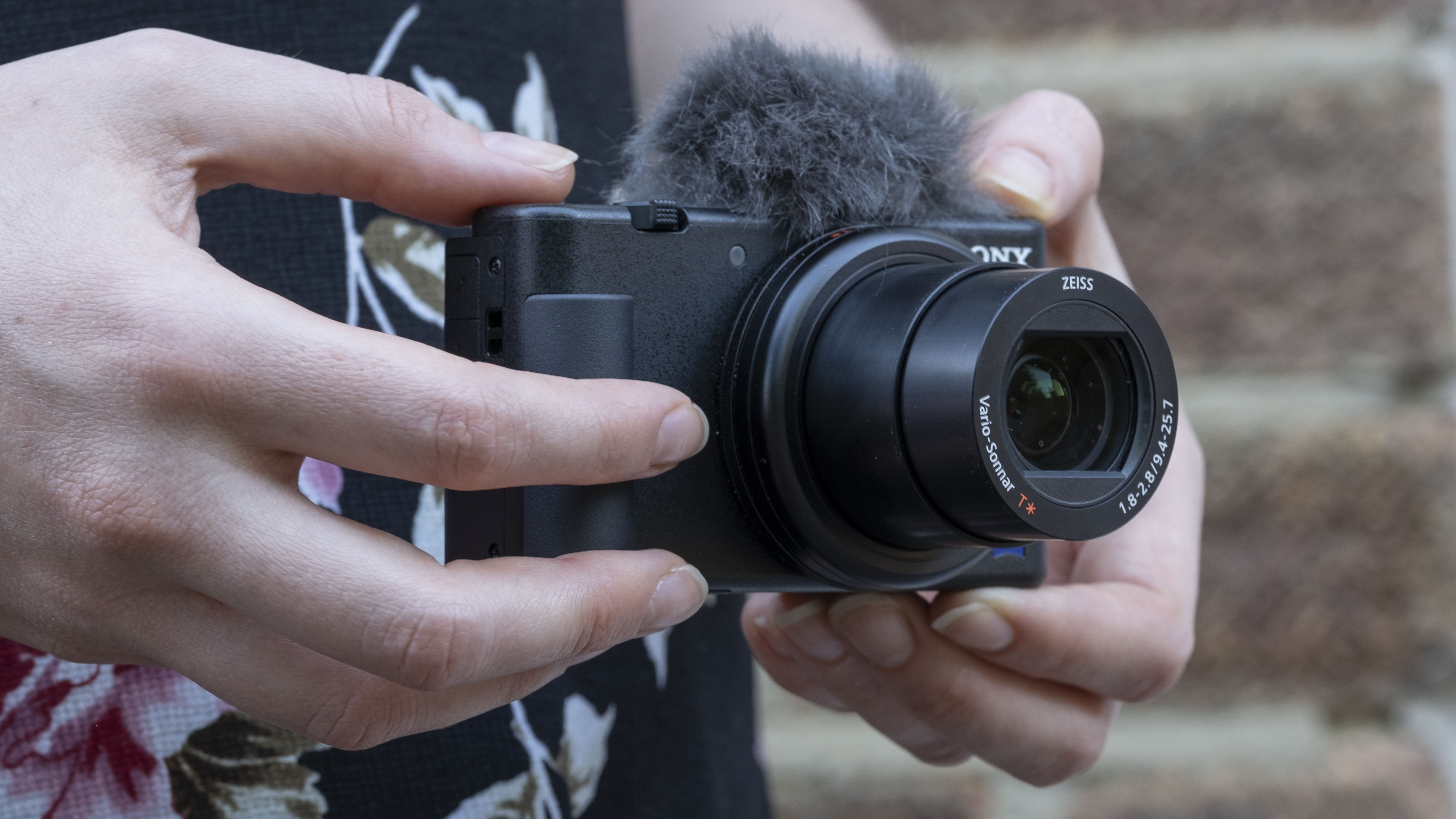
How to choose the best compact camera
When it comes to selecting a compact camera, there are several factors to consider. As the name suggests, all compact cameras promise portability, but there’s more to keep in mind than form factor alone. All of the cameras in our list above offer some combination of versatility, handling, features and image quality. Which specific aspects matter most will depend on what and how you like to shoot. If you can’t find a compact the ticks your key boxes, you might be better off using your smartphone’s camera.
One of the key things to think about is sensor size. All of the best compact cameras should represent a step up from your smartphone. Micro Four Thirds and APS-C options, such as the Fujifilm X100V, are now as prevalent as 1-inch models.
If you plan on using your compact camera for travel, you should take a closer look at its lens and zoom capabilities. To be worthy of your attention, the latter should offer at least 10x optical zoom, if not more. If you plan on using your camera for street photography or candid portraits, a fixed lens might work better for you. Or if night-time shots are your thing, look for a compact with good noise handling and high ISO capabilities.
Whatever your subject of choice, pay attention to how a camera handles. This is something we cover in our reviews. Most compacts have an electronic viewfinder, but a small number use an optical one instead. Most also feature a touchscreen interface, which makes it more straightforward to upgrade from a smartphone, although not every display can tilt. You should also think about whether manual controls matter to you.
Some features you might not need, but a few – such image stabilization or face/eye tracking – could prove to be useful bonuses. Of course, price is a factor as well, so if the models above are too pricey new, check out their second-hand availability. Our guide on how to buy a second-hand DSLR or mirrorless cameramay be aimed at larger models, but much of the same advice applies to premium compact cameras.
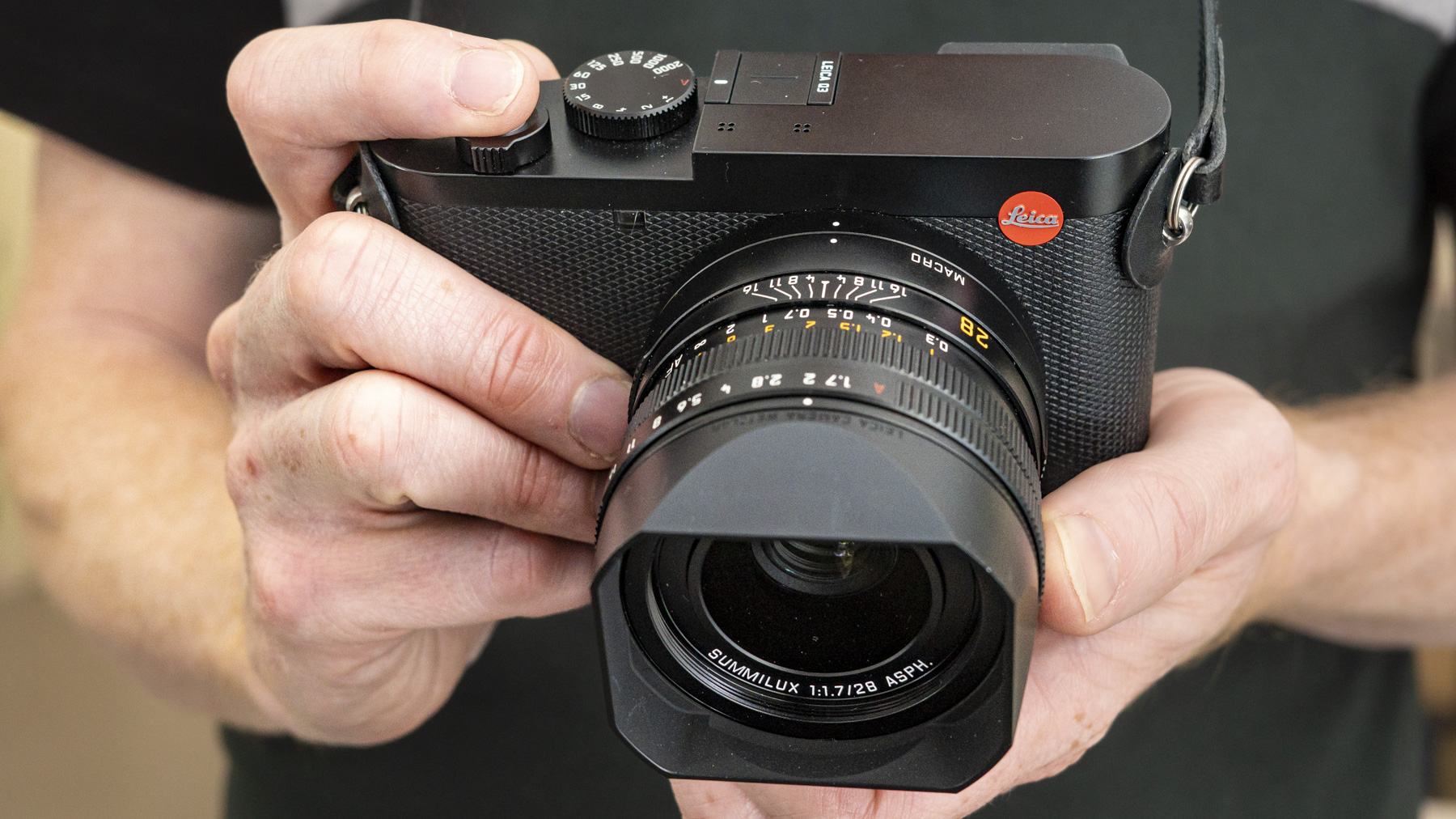
Is a compact camera better than a smartphone?
It’s widely accepted that the best camera is the one you have with you, and this will often be the smartphone in your pocket – especially if you’re looking to capture quick, sharp images for sharing on social media. While the best camera phone options are better than ever, though, the top compact cameras remain a cut above their mobile rivals when it comes to image quality and the overall shooting experience.
Larger sensors are an obvious bonus: the sensor inside a premium compact will, in general, be bigger than the one in your average smartphone. This means you’ll get more detail and better low-light performance, which will be evident if you choose to print out your images. It helps that most compact cameras also benefit from high-quality optics.
Only a handful of smartphones offer the versatility of optical zoom. While zoom range varies by model, most of the best compact cameras feature this as standard. Even with huge improvements to the quality of digital zoom technology, it can rarely compete with the quality of optical zoom when it comes to preserving detail.
Many compact cameras also have physical advantages over smartphones. While both types of device are designed to be pocket-friendly, the best compacts feature dedicated buttons and dials that offer greater creative control. Similarly, many of the best compact options feature a small but useful grip that gives them an ergonomic edge over smartphones when it comes to handling. Tilting touchscreens and dedicated electronic viewfinders are also handy for framing, while certain compacts ship with niche features, such as stabilizing gimbals and waterproof bodies.
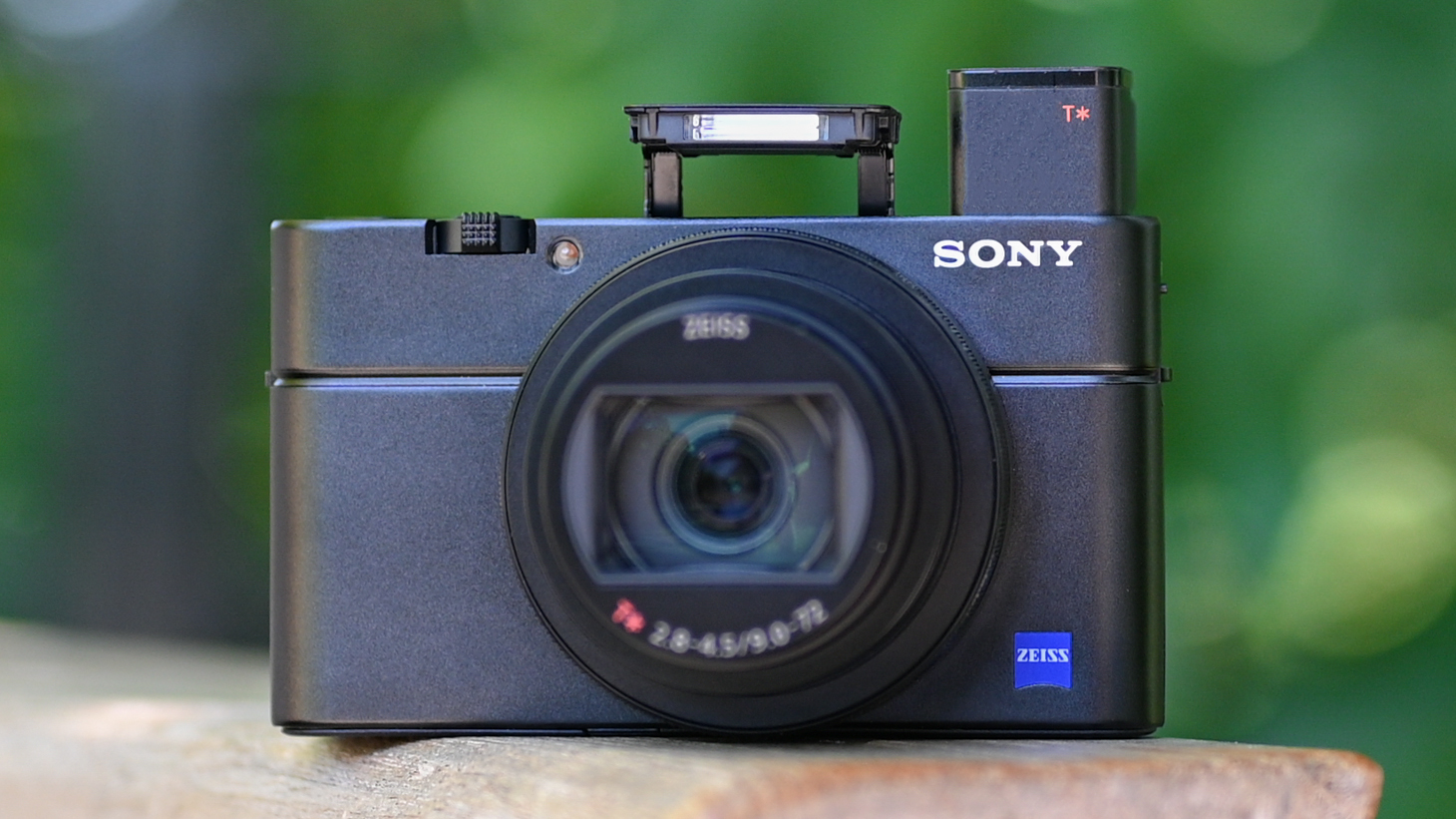
Do photographers use compact cameras?
Given their performance and relative portability, most photographers now favor one of the best mirrorless cameras as their primary camera. These models are not much bigger than a premium compact, with many numbering among the best travel cameras, yet they also offer the flexibility of interchangeable lenses.
That being said, many photographers still choose to travel with a premium compact as a second camera. While they might not compete outright with the images captured by top mirrorless models, a reliable compact camera can be a useful tool to keep within easy reach, in case a photo-worthy scene unfolds before you.
This is particularly true for street and travel photographers. A compact is less conspicuous than a professional full-frame camera, making it easier to shoot comfortably in public. The smaller proportions also mean you’re more likely to take it with you whenever you head out, without needing a bulky kit bag.
The same is true for photographers who want to travel light and leave their main camera at home. You’ll rarely see an image from a compact adorning billboard, but the best models can produce images plenty sharp enough for digital assignments and prize-winning pics. That’s especially true if you pick a compact that focuses on a specific niche, such as the Fujifilm X100V with its fixed 23mm f/2 lens – ideal for street and low-light photography.
Meet the team
Our team of reviewers has amassed many years of camera experience and testing, covering all of the latest and greatest cameras in the last 20 years, and can all appreciate the benefits of a dedicated camera like a digital compact versus simply using a smartphone.

Tim Coleman
Tim is TechRadar’s Cameras Editor and has been cutting his teeth in the photo and video industry for almost 20 years. He looks after all of TechRadar’s cameras content, covering buying guides, features, reviews and news. He knows the benefits of purposeful creativity with a dedicated camera instead of a smartphone.

Rod is an independent photographer and photography journalist with more than 30 years’ experience. He’s previously worked as Head of Testing for Future’s photography magazines, including Digital Camera, N-Photo, PhotoPlus, Professional Photography, Photography Week and Practical Photoshop, and as Reviews Editor on Digital Camera World.
Matt has written and reviewed cameras for just about every leading photo publication, including Digital Camera World (where he was Editor), What Digital Camera, WEX and of course TechRadar.

Mark is TechRadar’s Senior news editor and has been a technology journalist since 2004. Formerly Trusted Reviews and TechRadar’s cameras editor, Mark has tested cameras over many years from all of the leading brands.
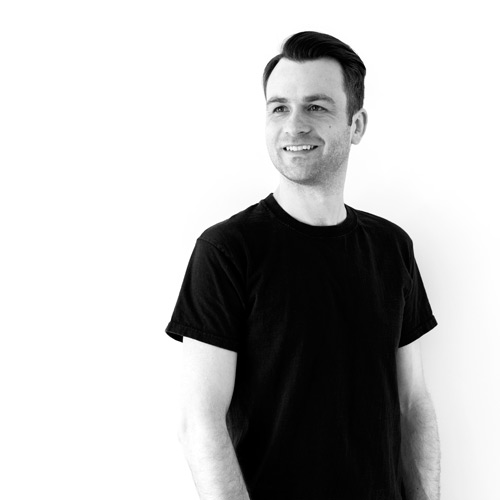
James Abbott is a professional photographer and freelance photography journalist. He contributes articles about photography, cameras and drones to a wide range of magazines and websites where he applies a wealth of experience to testing the latest photographic tech.

Paul is a digital expert. In the 20 years since he graduated with a first-class honours degree in Computer Science, Paul has been actively involved in a variety of different tech and creative industries that make him the go-to guy for reviews, opinion pieces, and featured articles. You’ll also find his writing in other places, including Creative Bloq, Digital Camera World, and 3D World Magazine.
How we test compact cameras
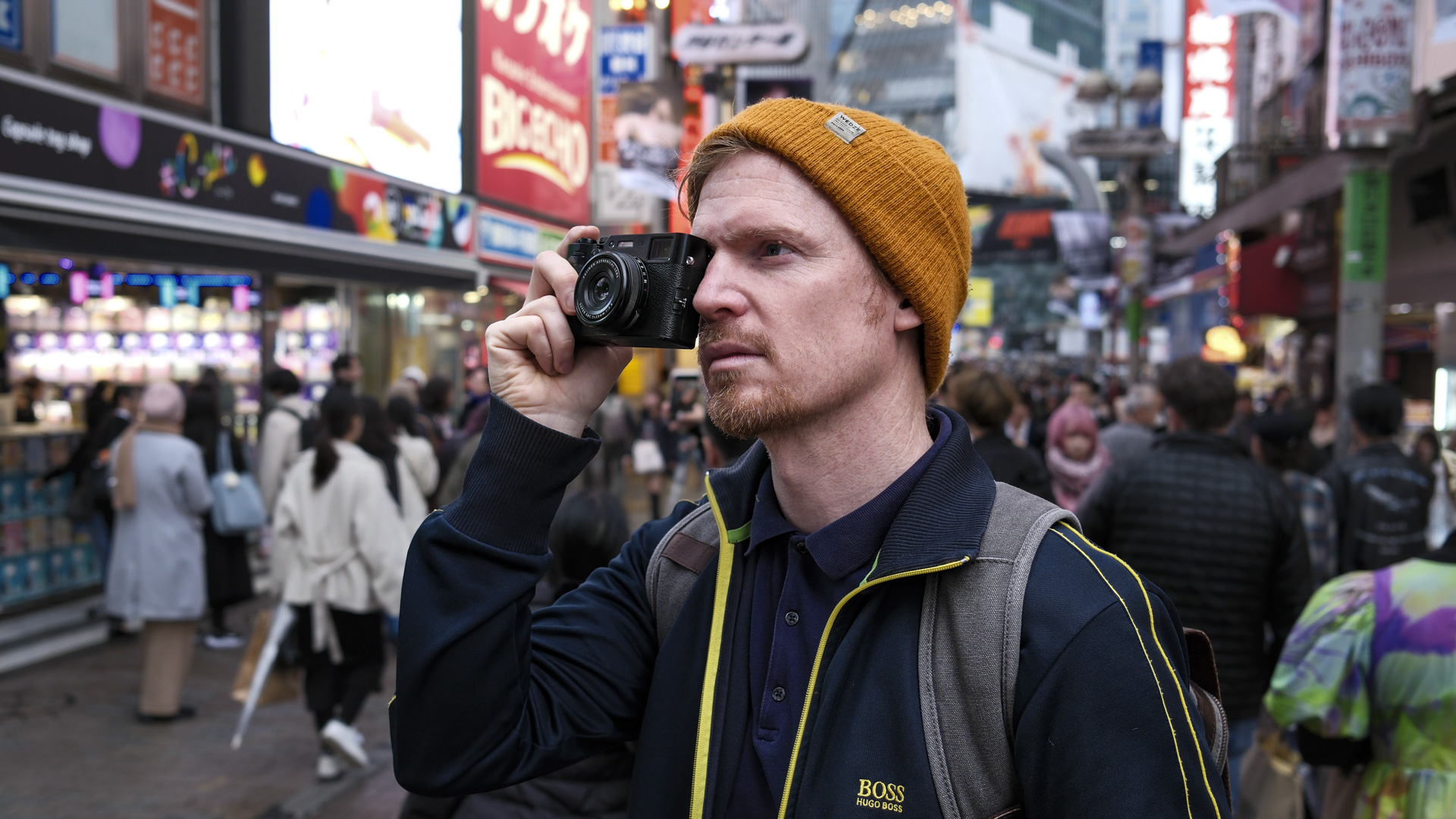
Why you can trust TechRadar
☑️ 100s of cameras reviewed
☑️ 15 years of product testing
☑️ Over 16,000 products reviewed in total
☑️ Nearly 200,000 hours testing tech
Real-world tests are the most revealing way to understand the best compact cameras’ performance, quirks, and features. So, along with standardized tests for factors like ISO performance, we take every camera we test for a spin to see how it fares in real-world scenarios.
We’ll use it both handheld and on a tripod to get a sense of where its strengths lie, and test its startup speed. We also use a formatted UHS-1 card and shoot in both raw and JPEG (if available), testing its burst shooting and buffer performance.
For autofocusing, we use the different autofocus modes on hand in single point, area, and continuous modes. Naturally, we take a look at how accurate and reliable its metering is, how well it handles noise, and how well it minimizes things like fringing and distortion. Its video shooting skills are tested as well by shooting some test footage at different frame-rates and resolutions.
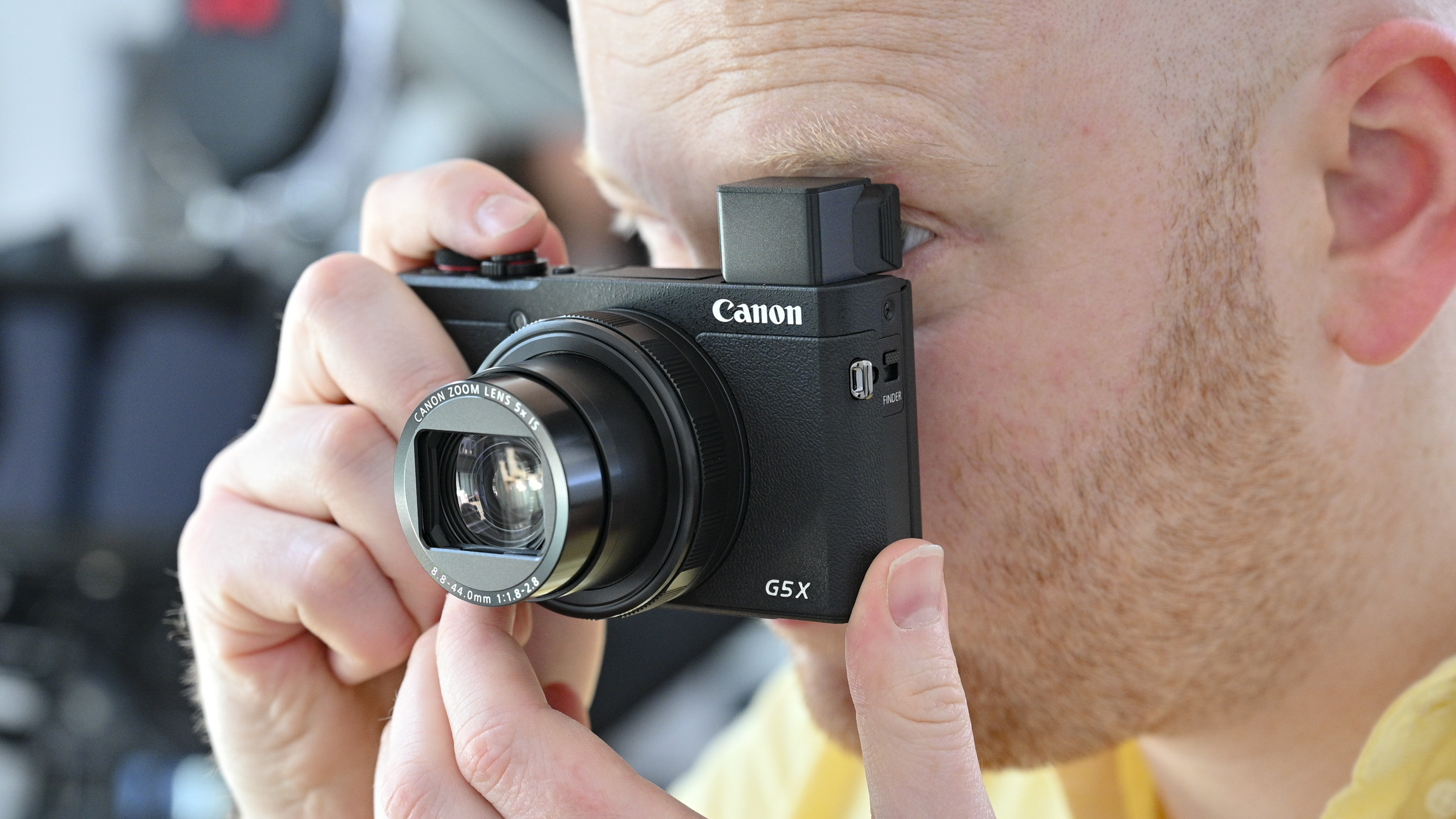
Of course, we also look at the camera’s design, handling, and user interface while getting a sense of what kind of photographer it’s most ideal for. Battery life is tested as well over the course of the day with the screen set to the default settings. Once the battery has reached zero, we’ll then count the number of shots to see how it compares to the camera’s CIPA rating.
Once all is said and done, we take all our data and everything we’ve learned about the compact camera and compare it to its price tag to see if it offer great value for your money.
